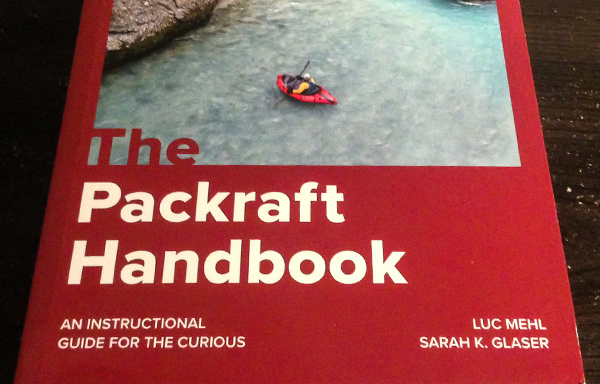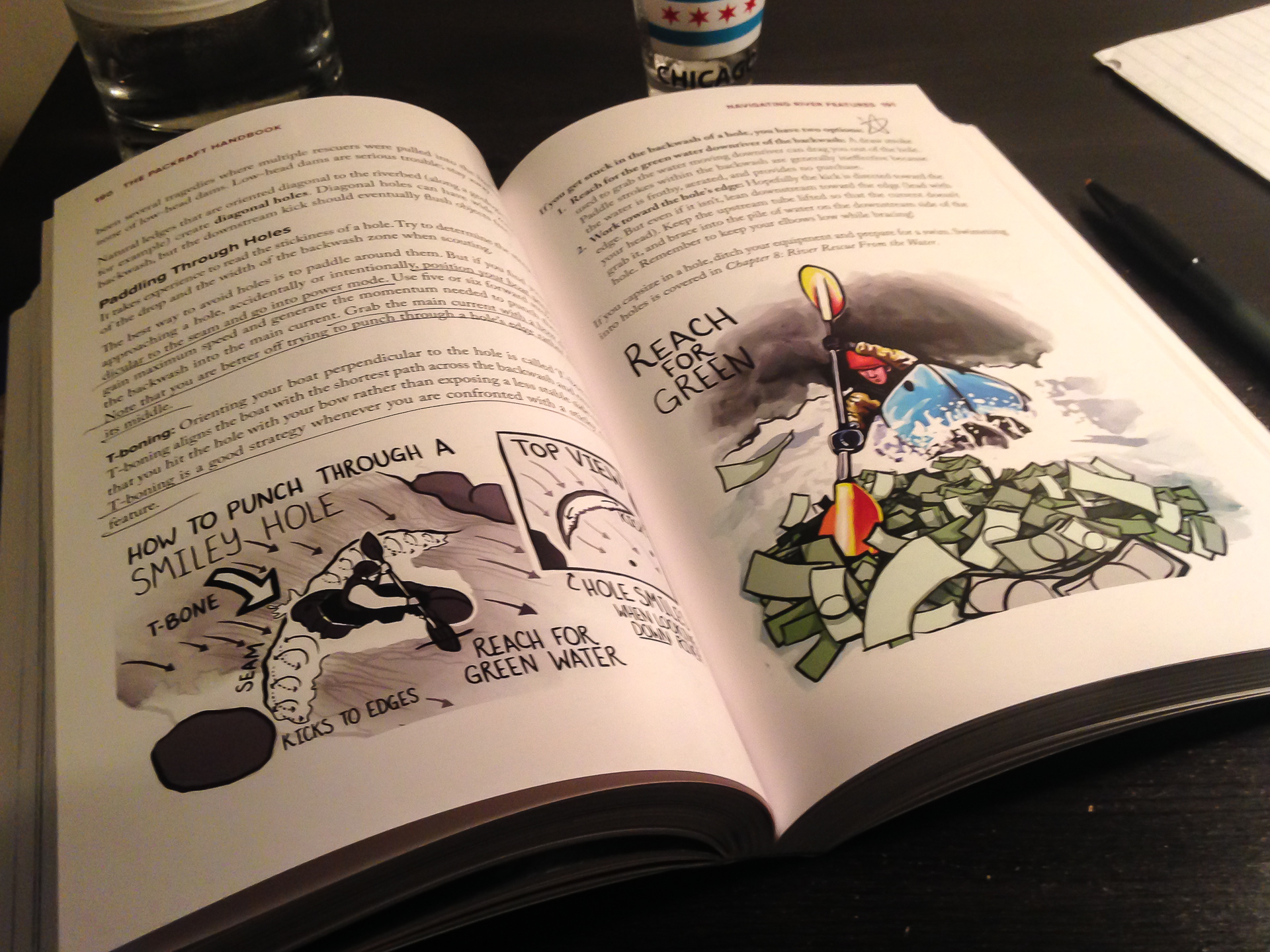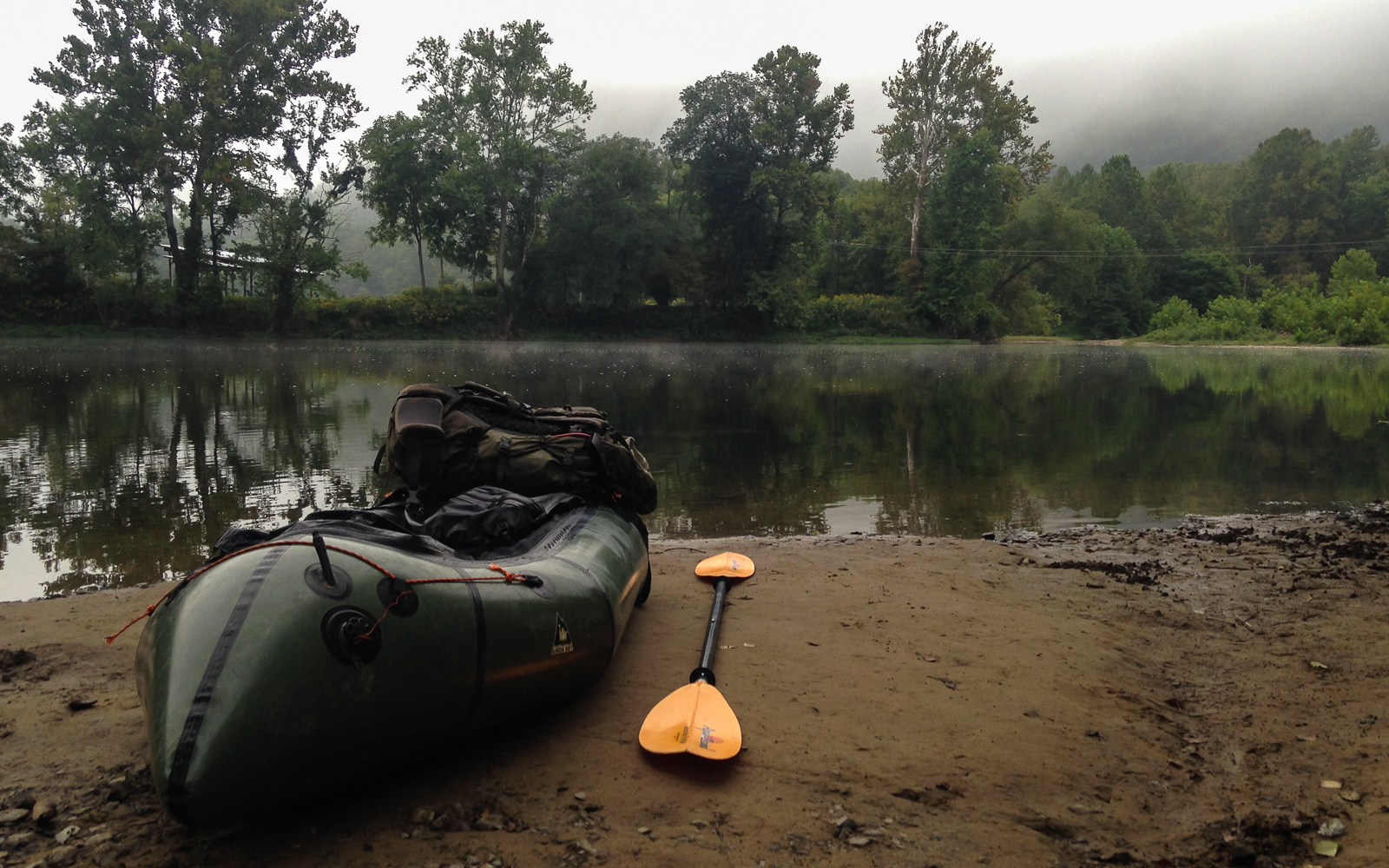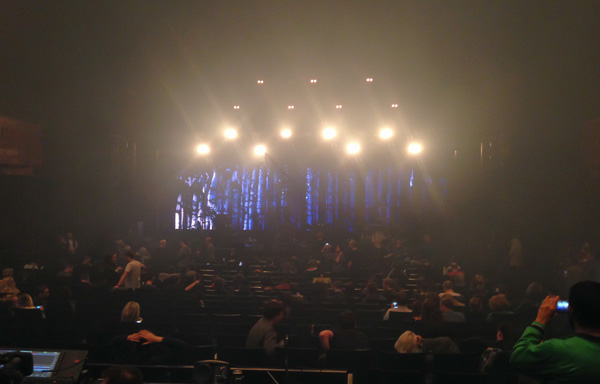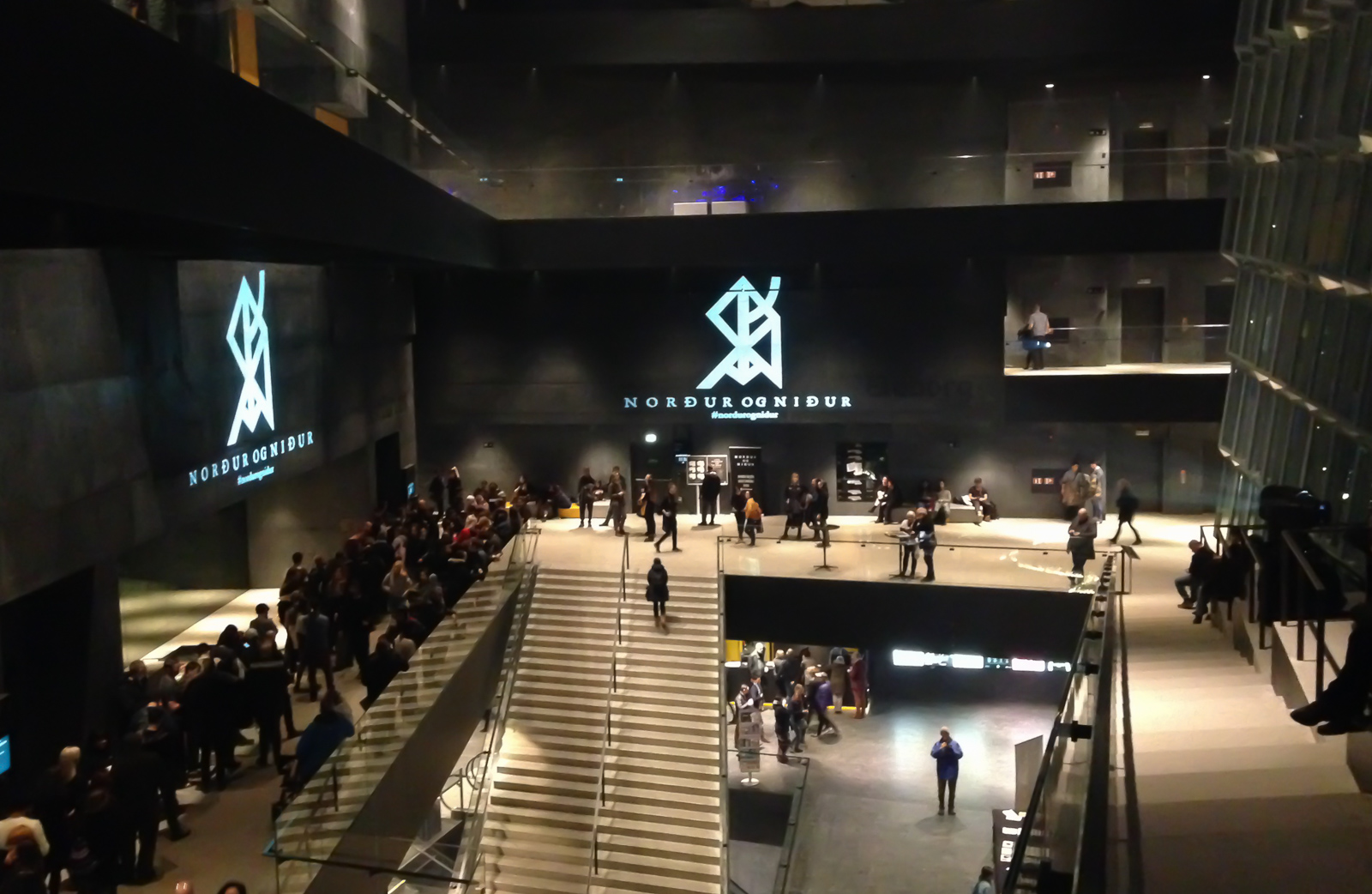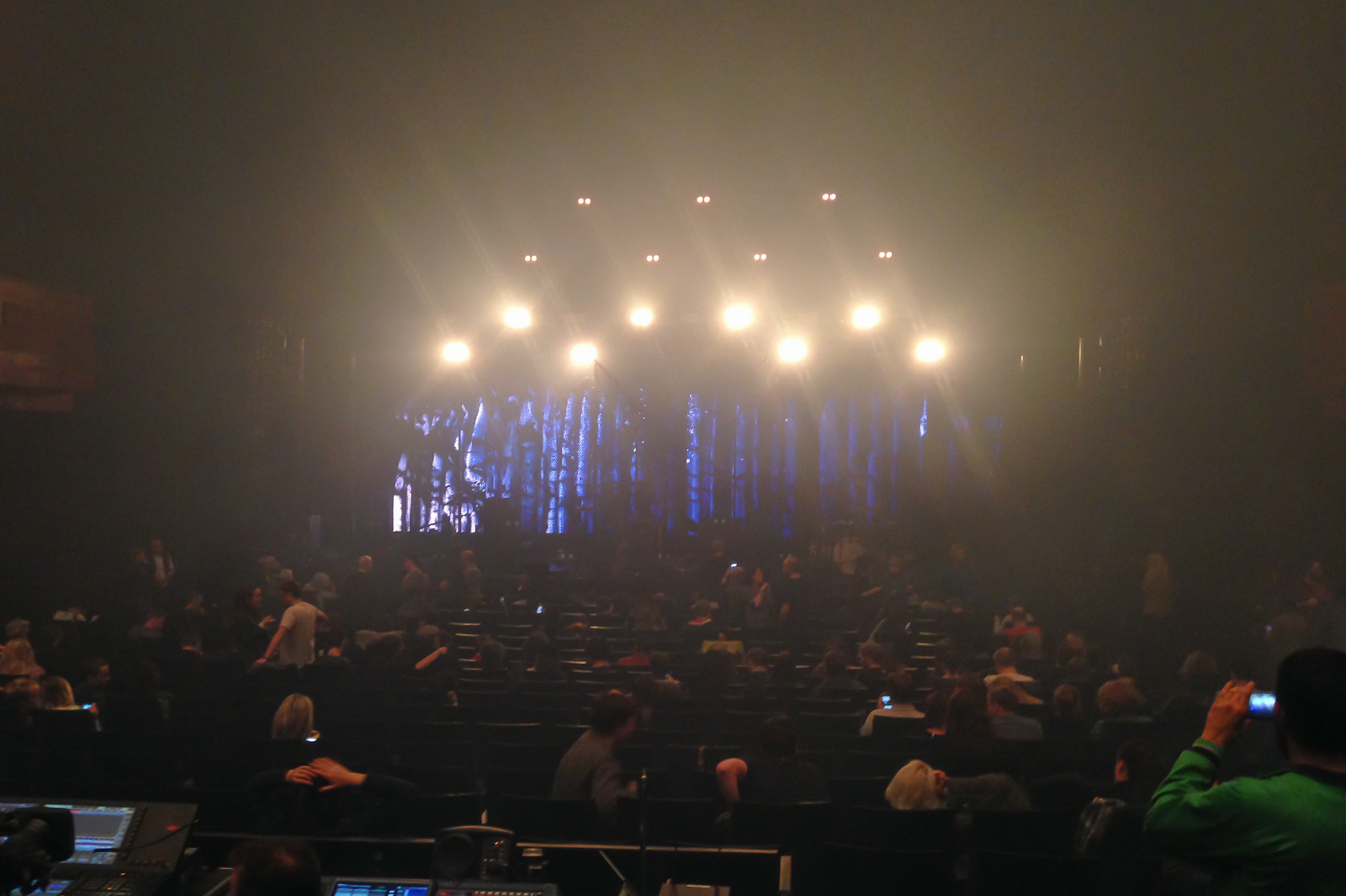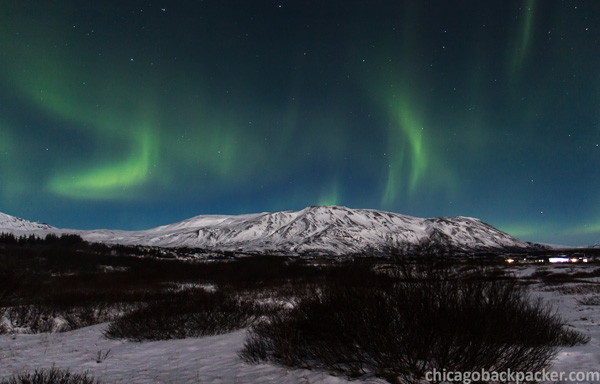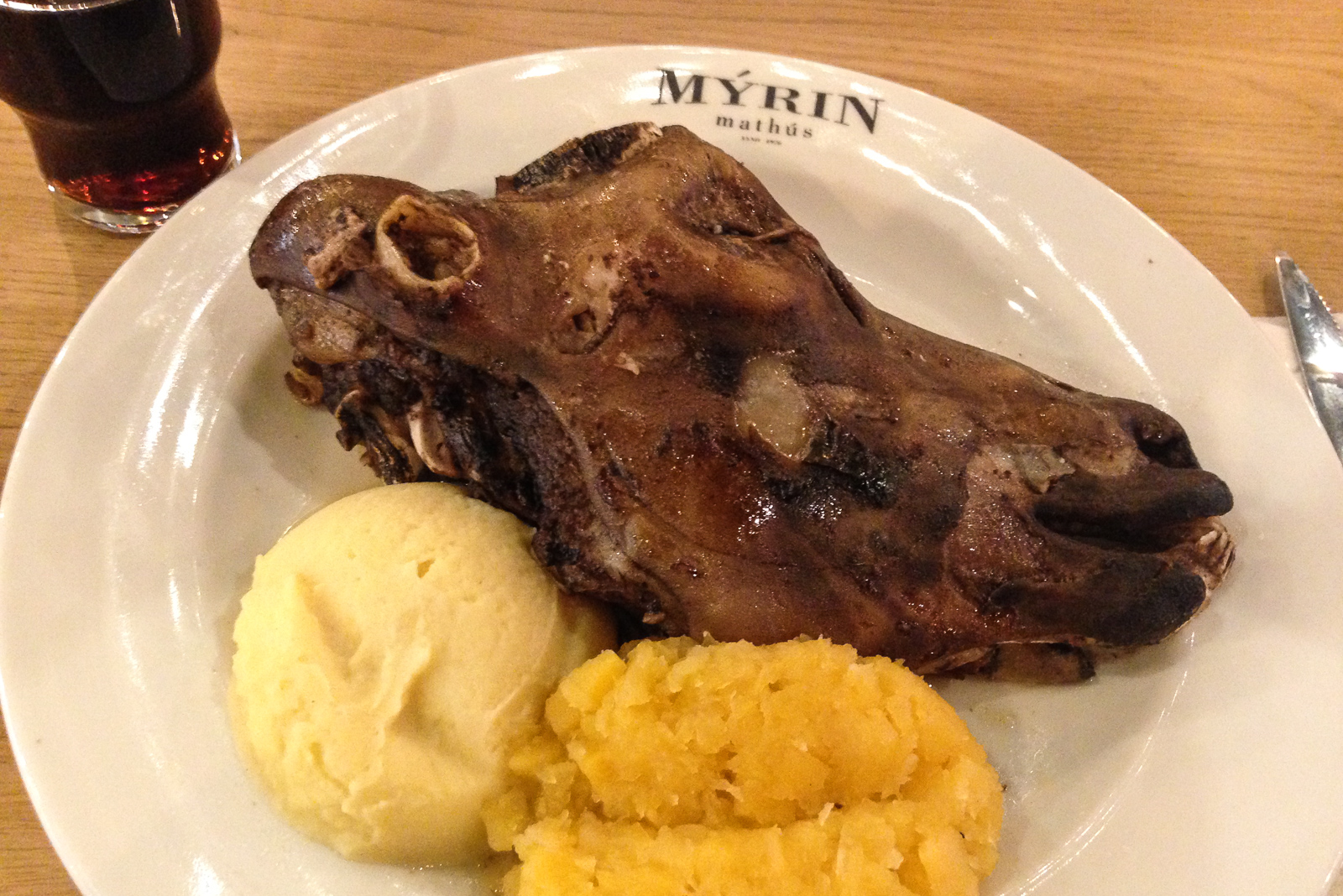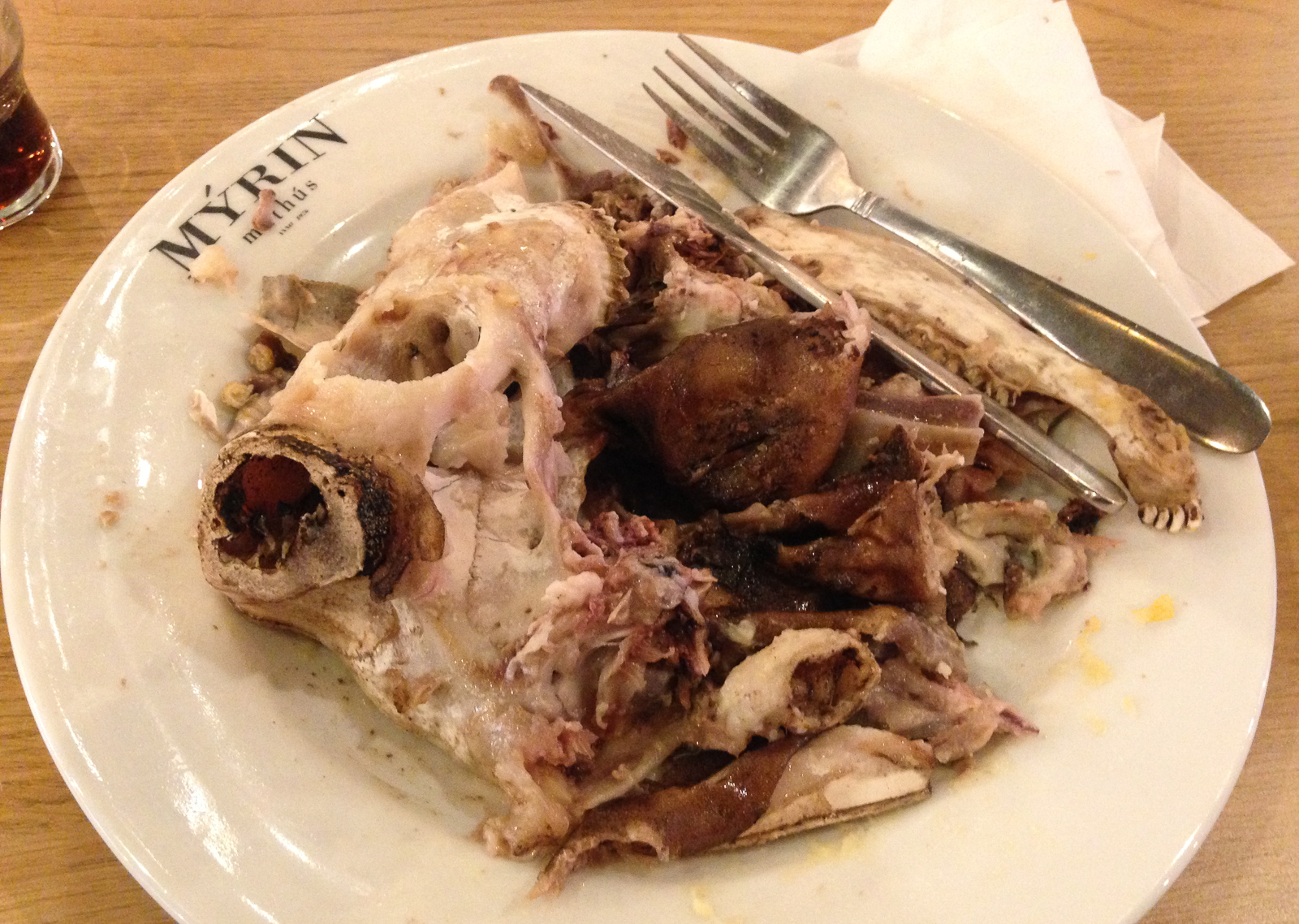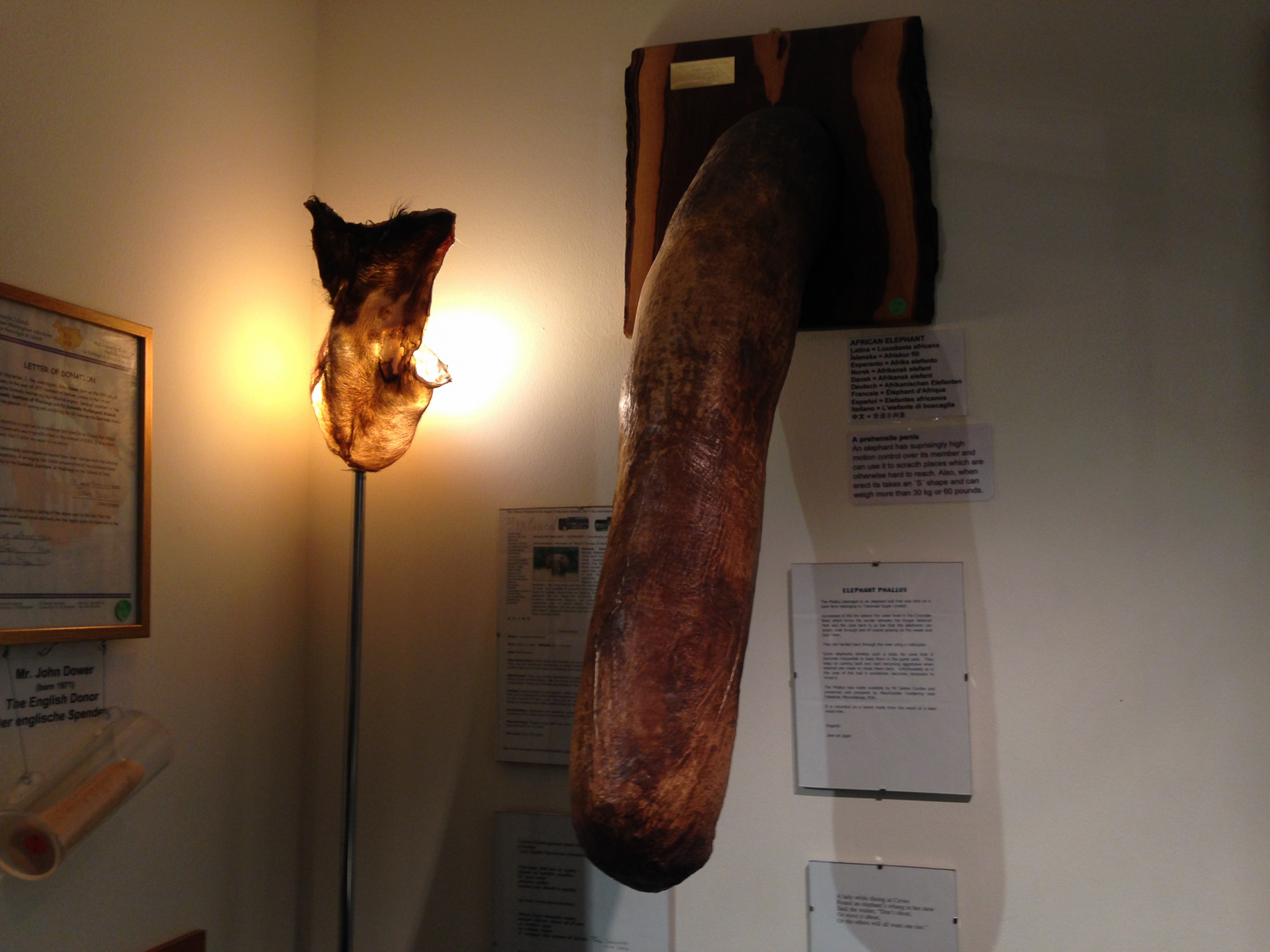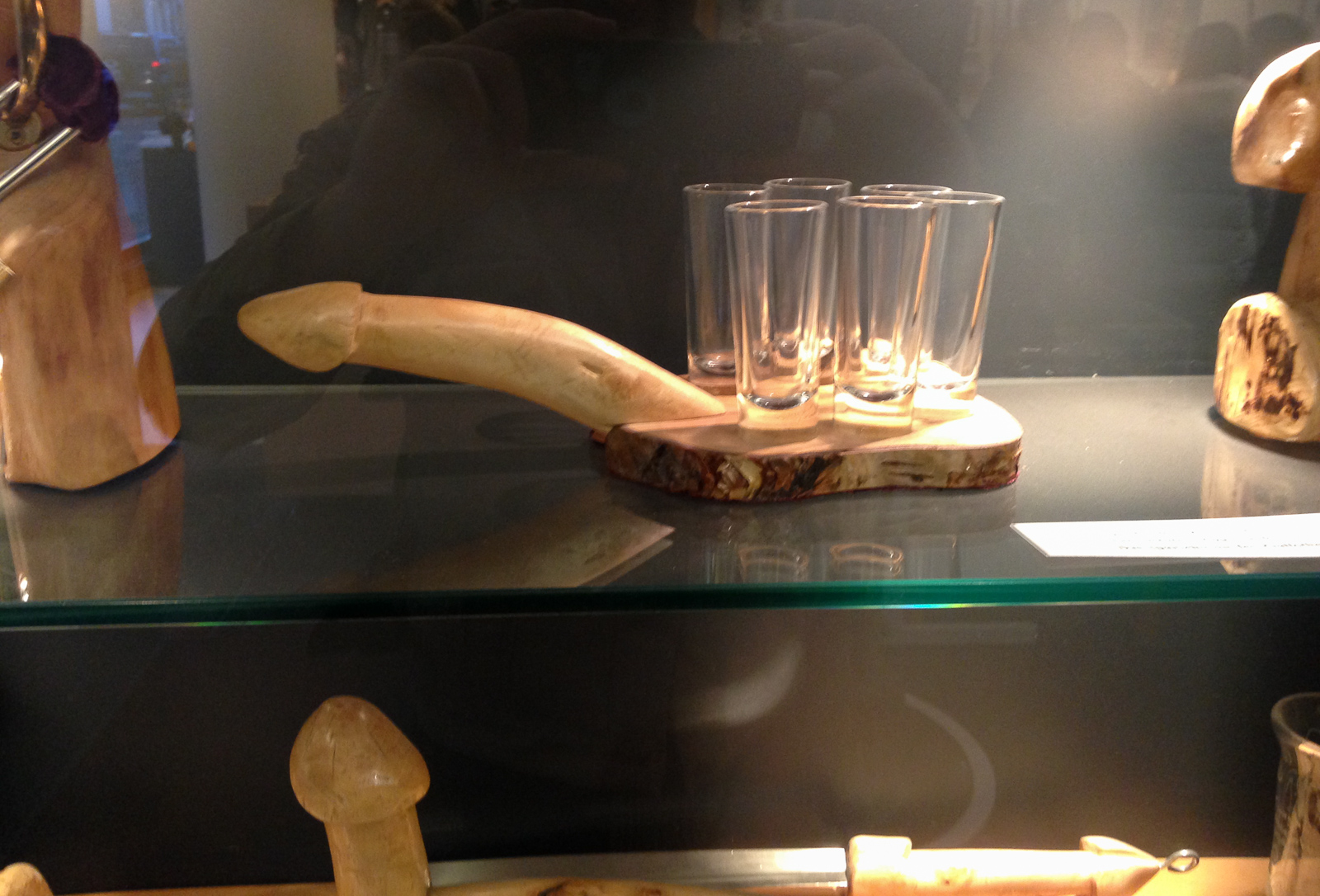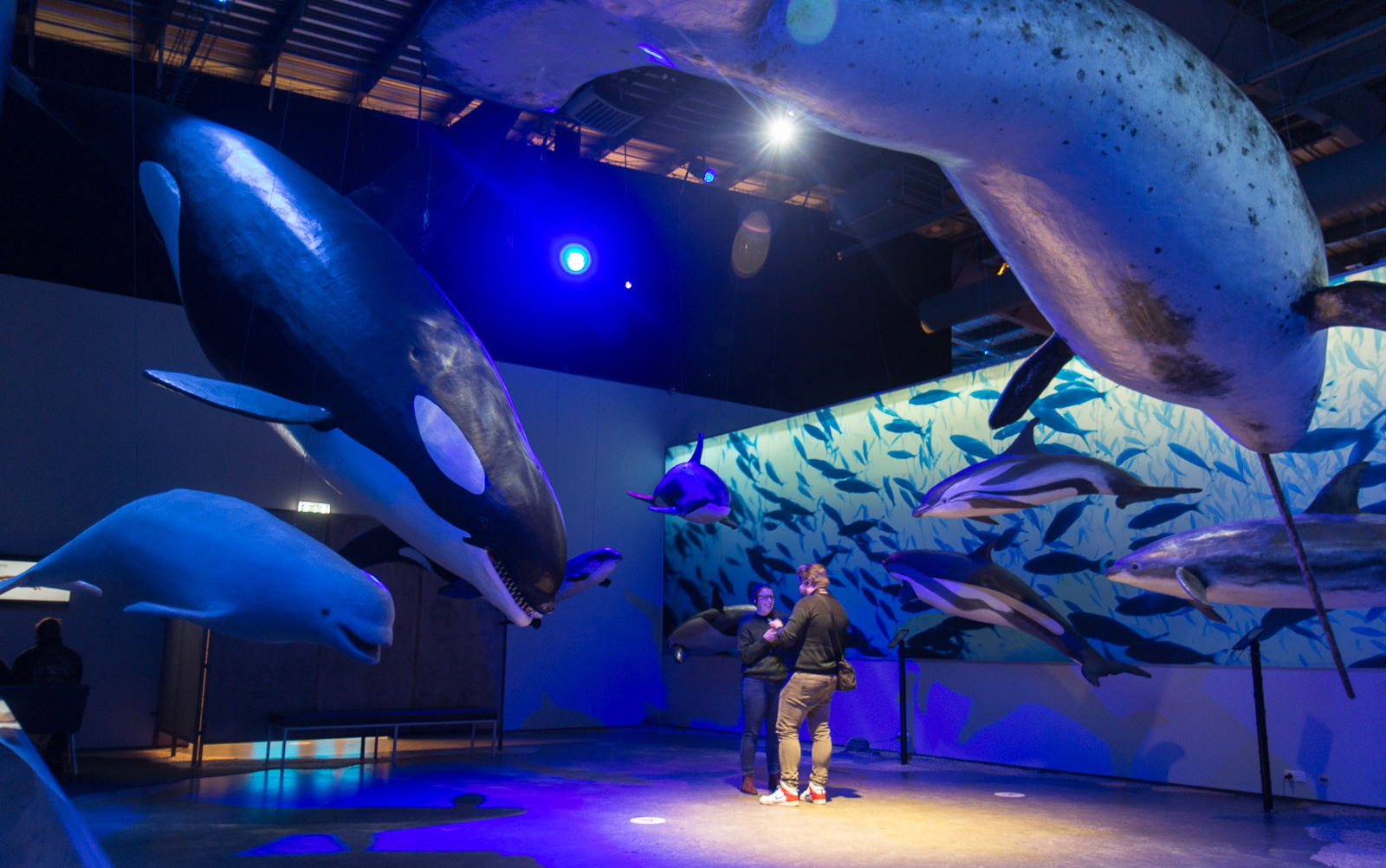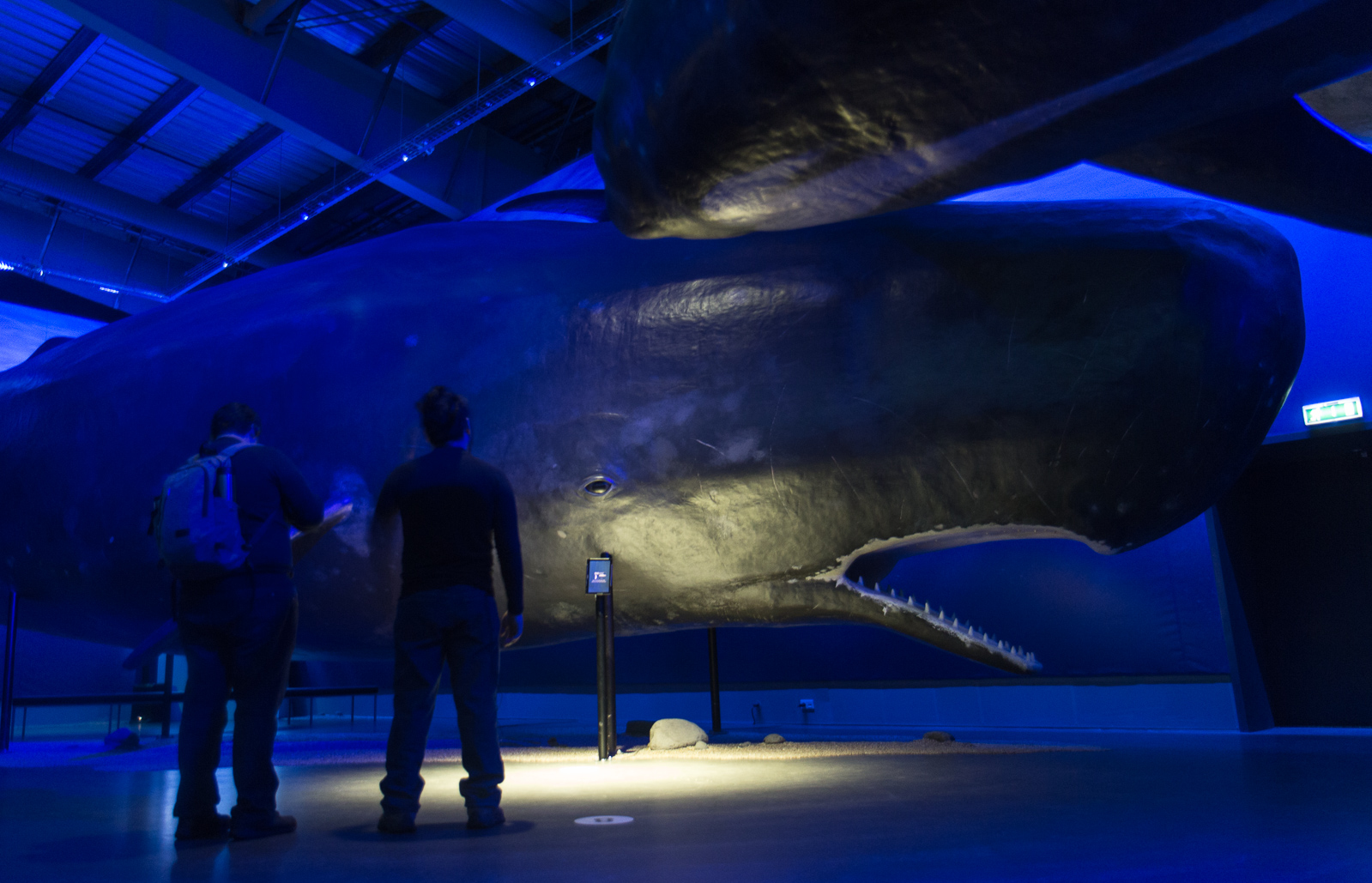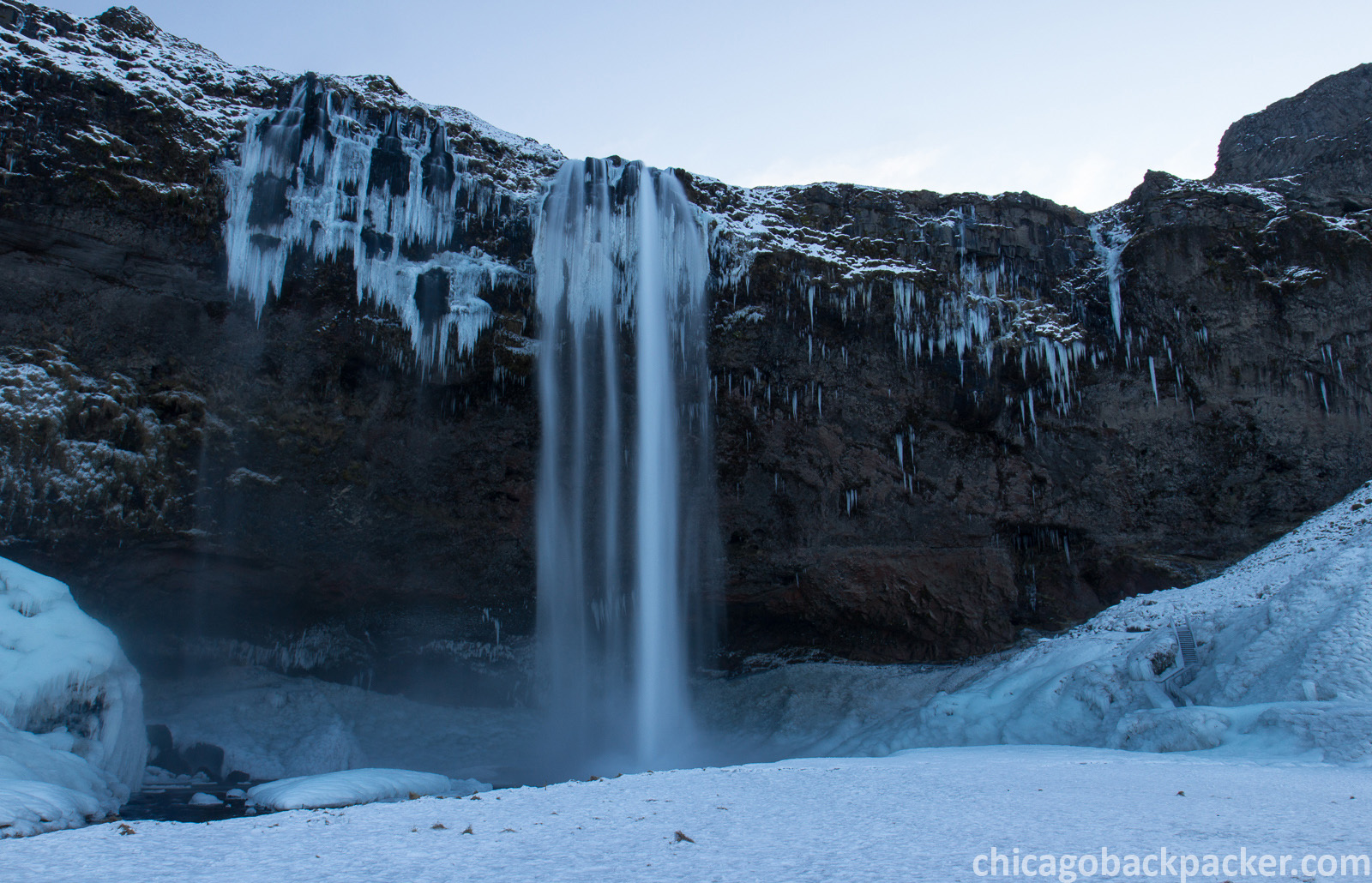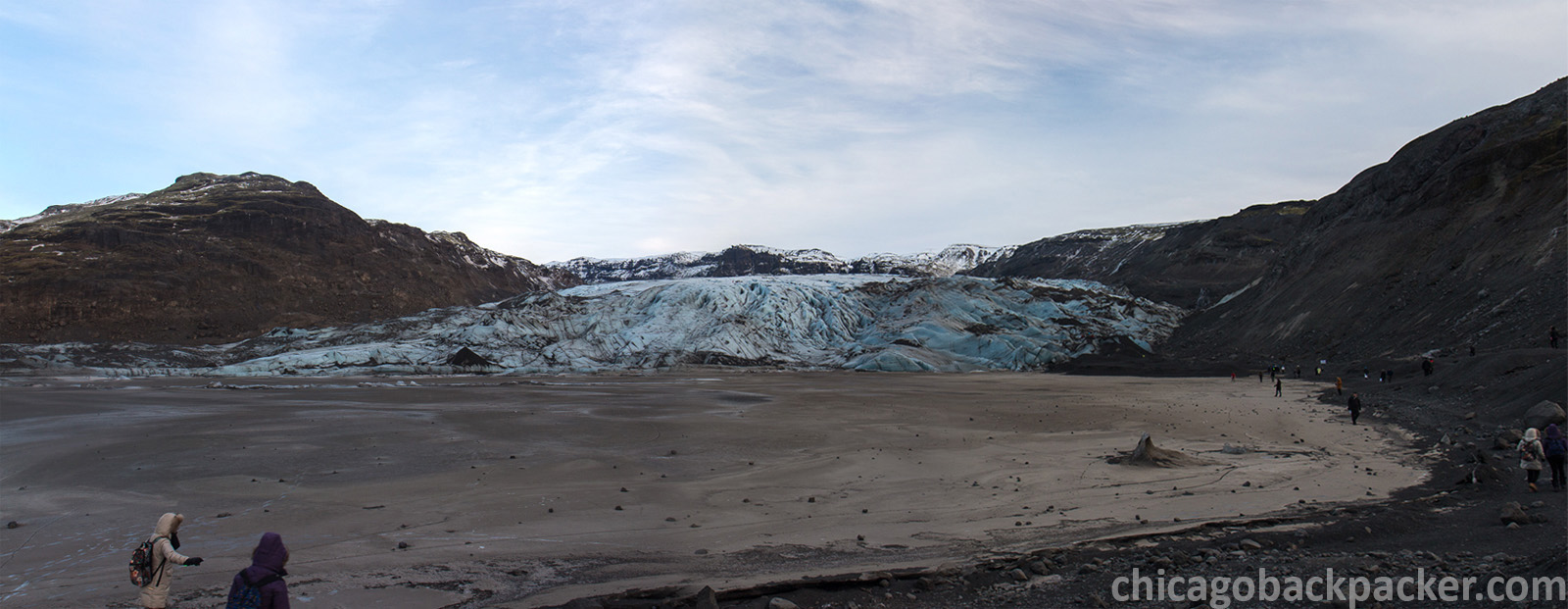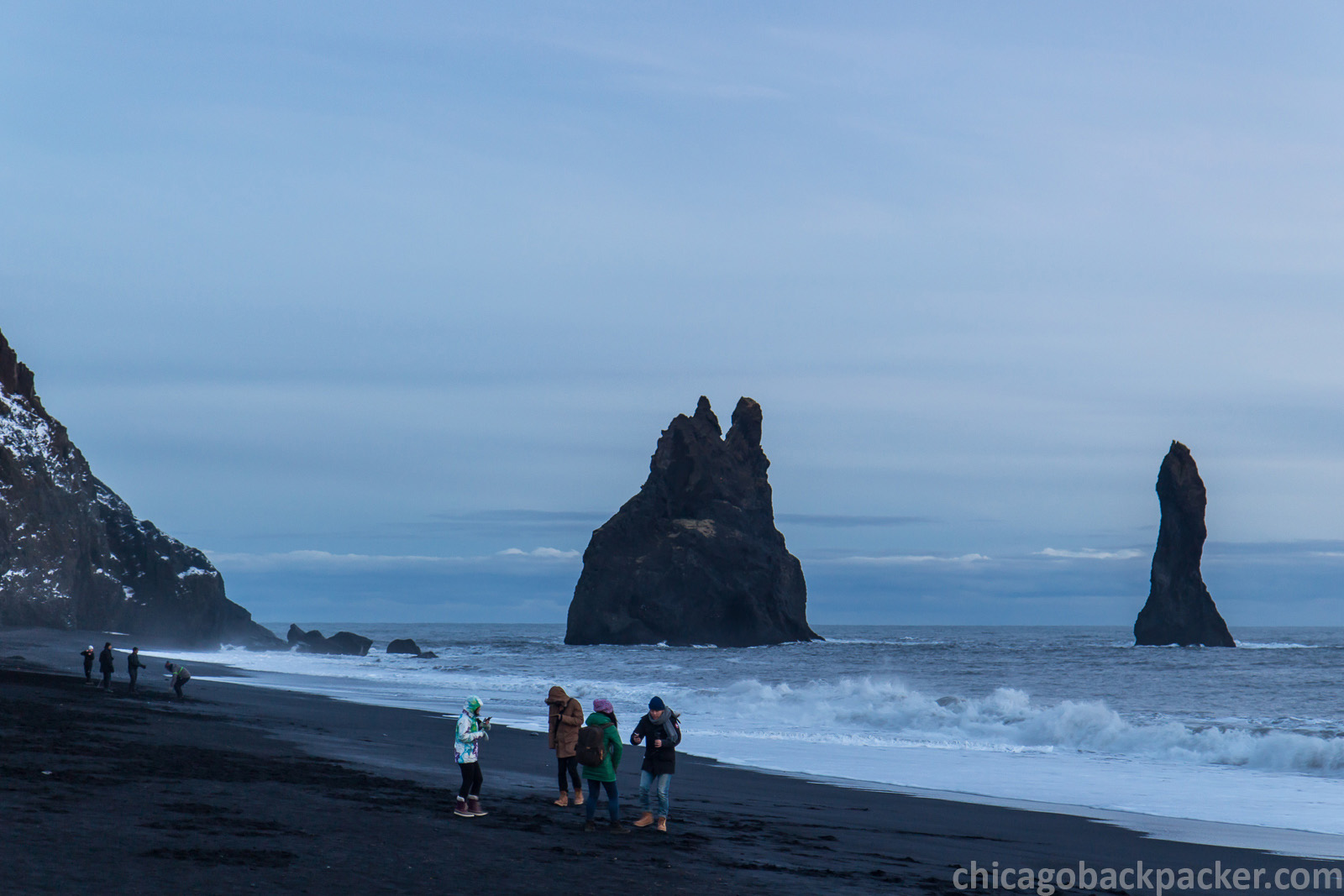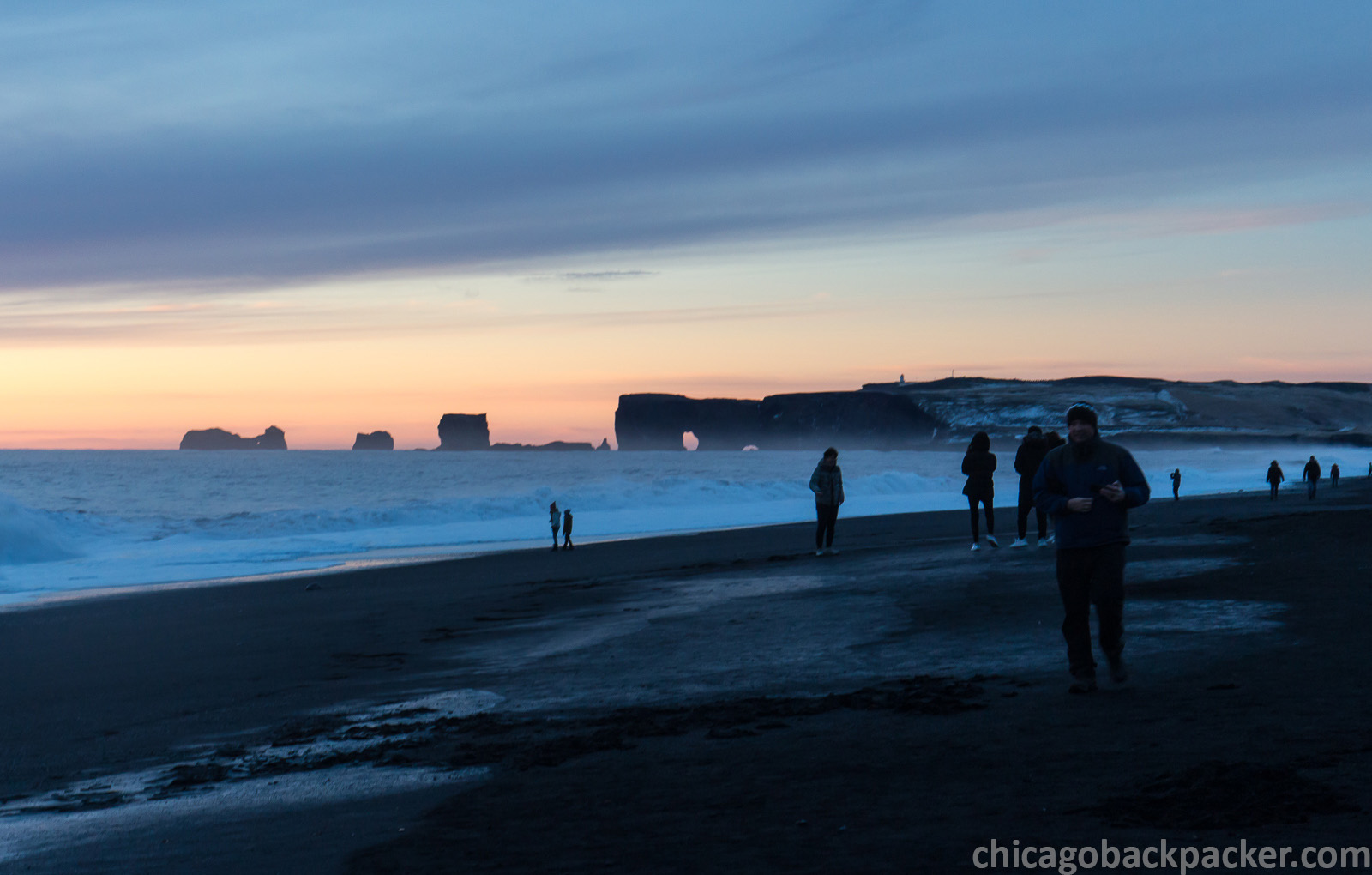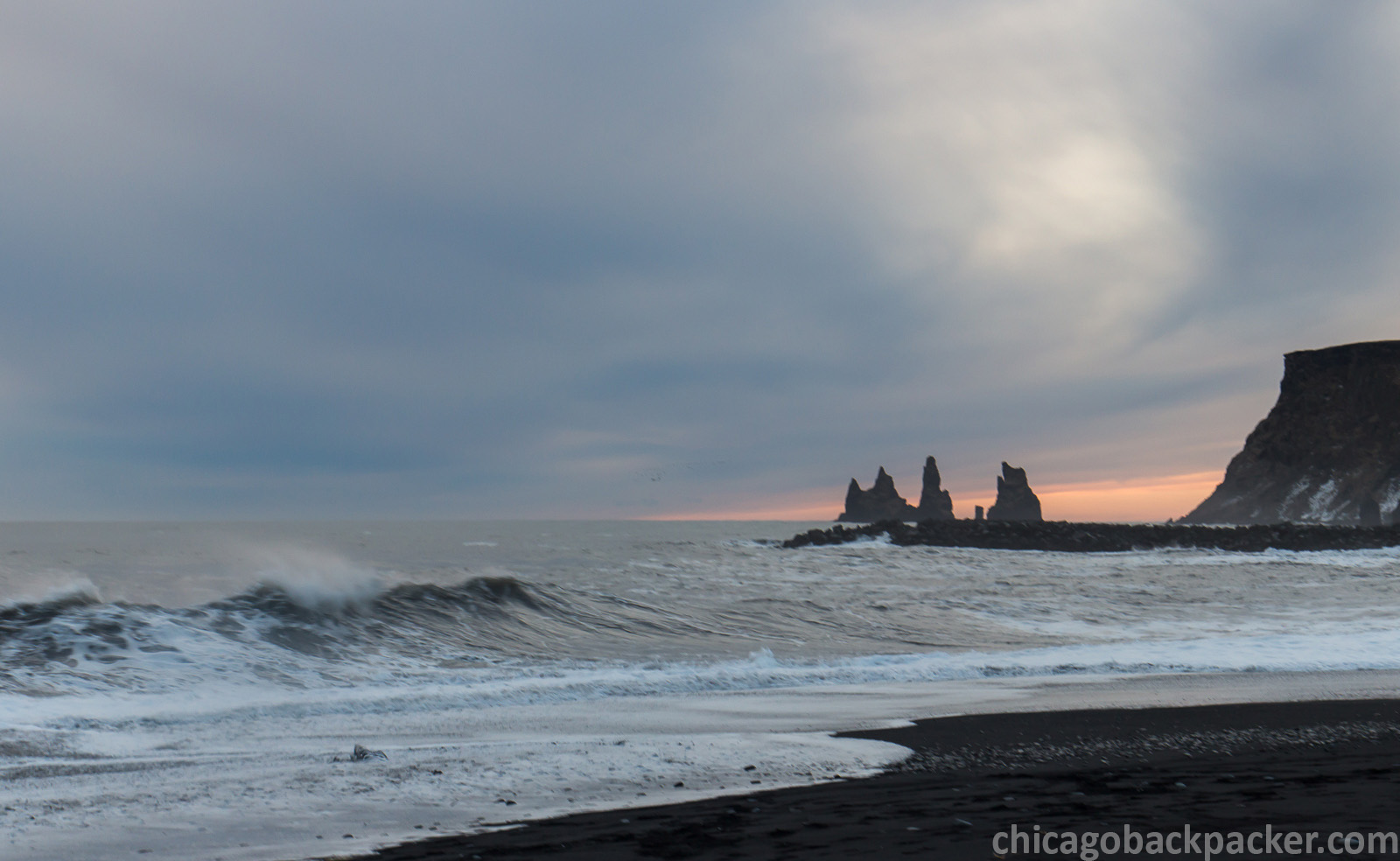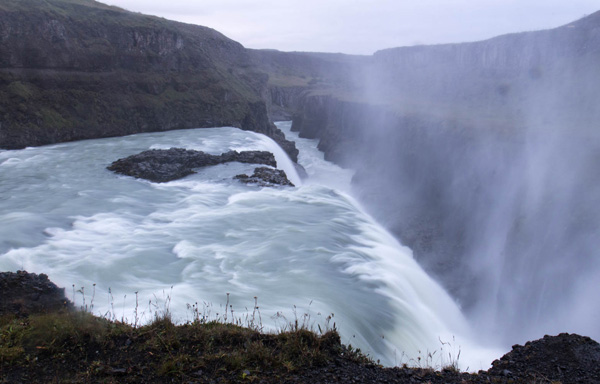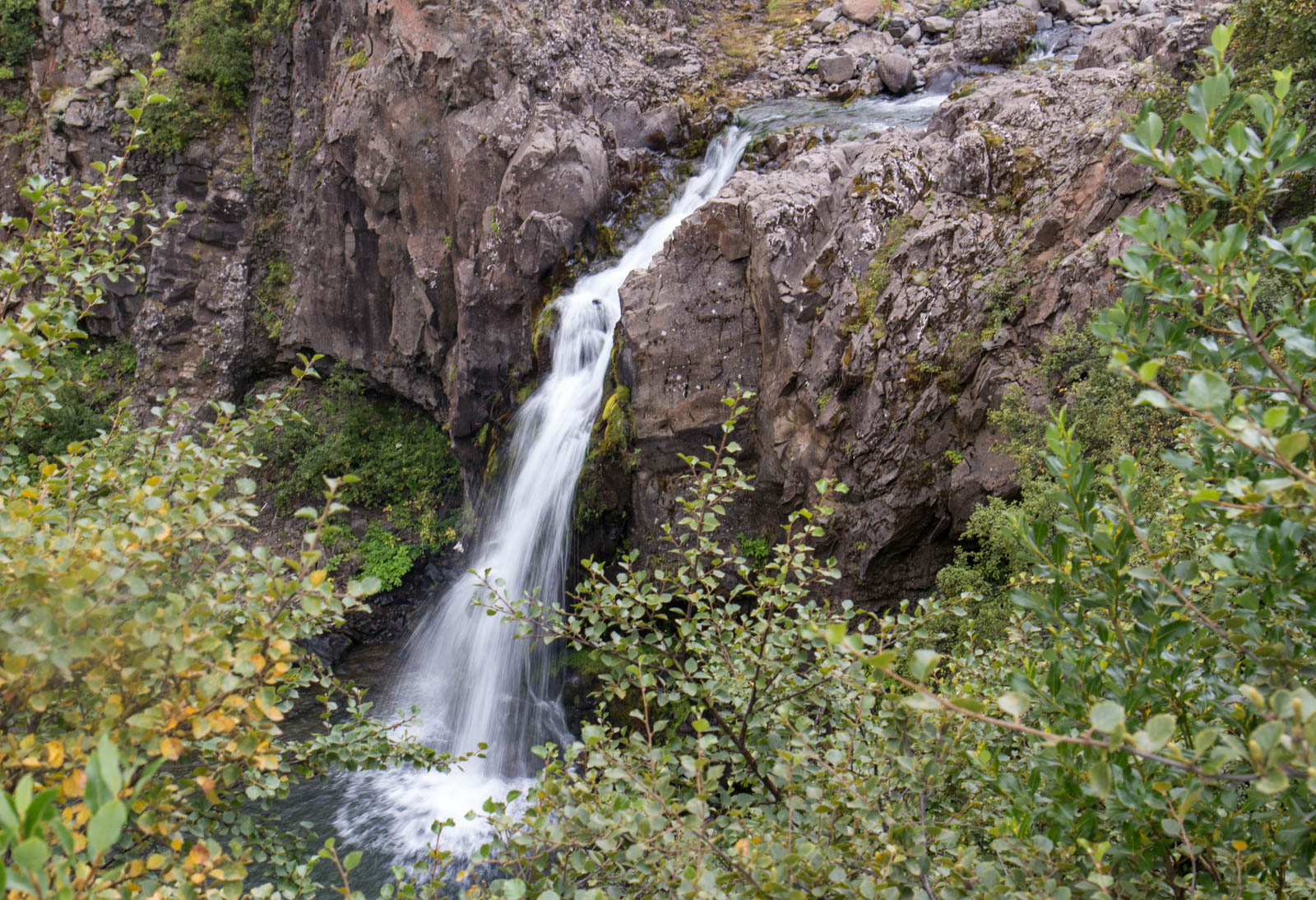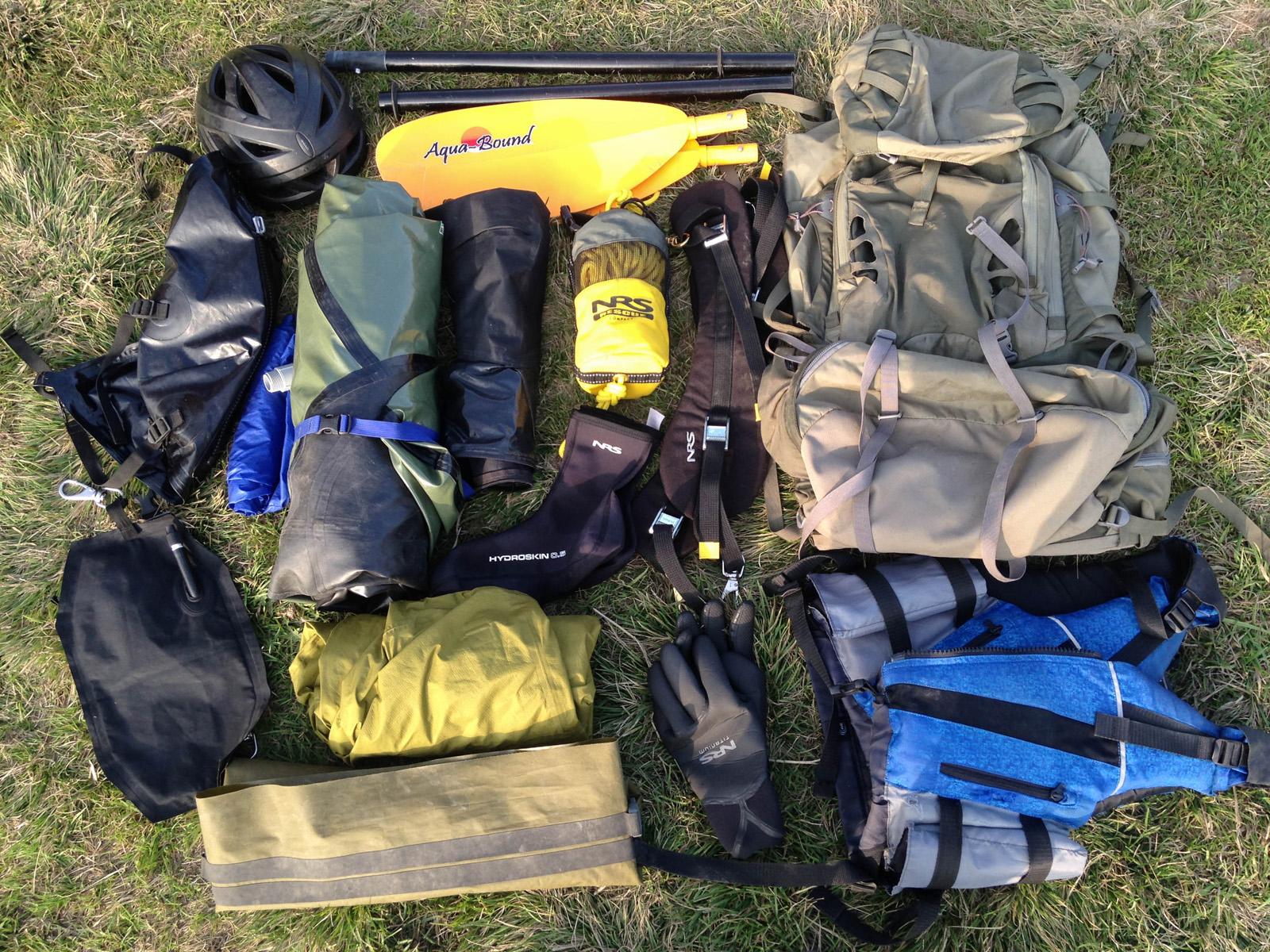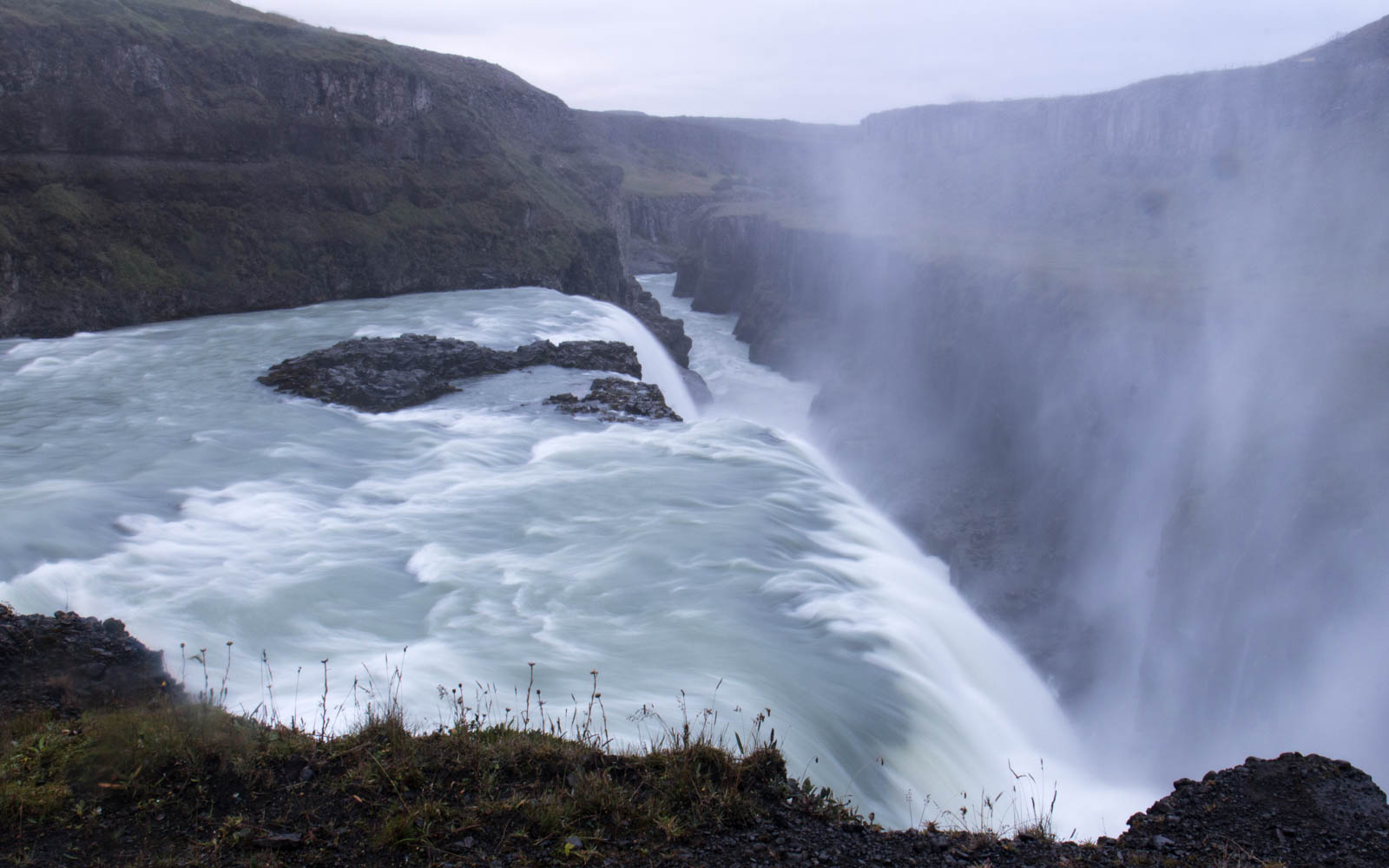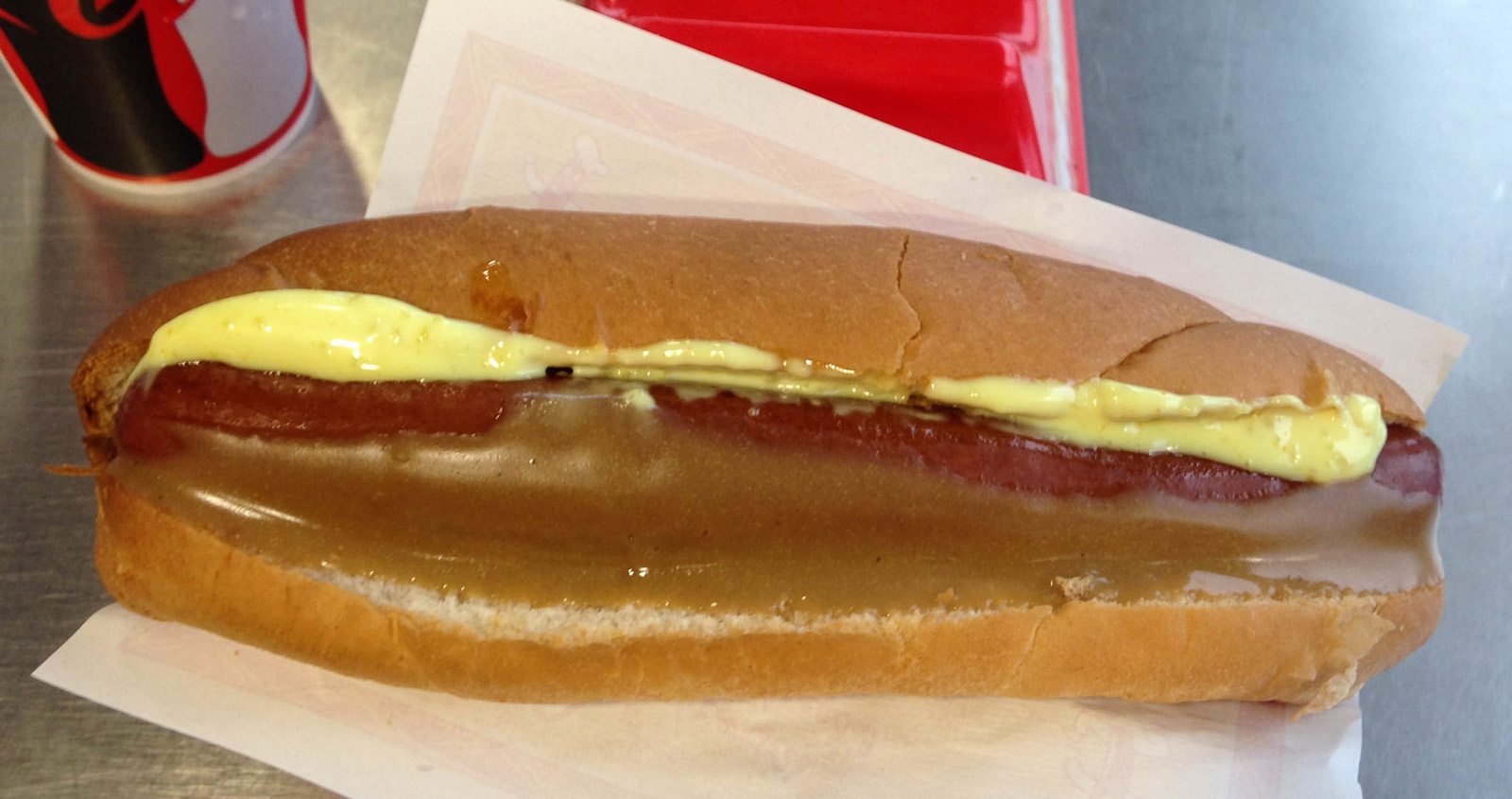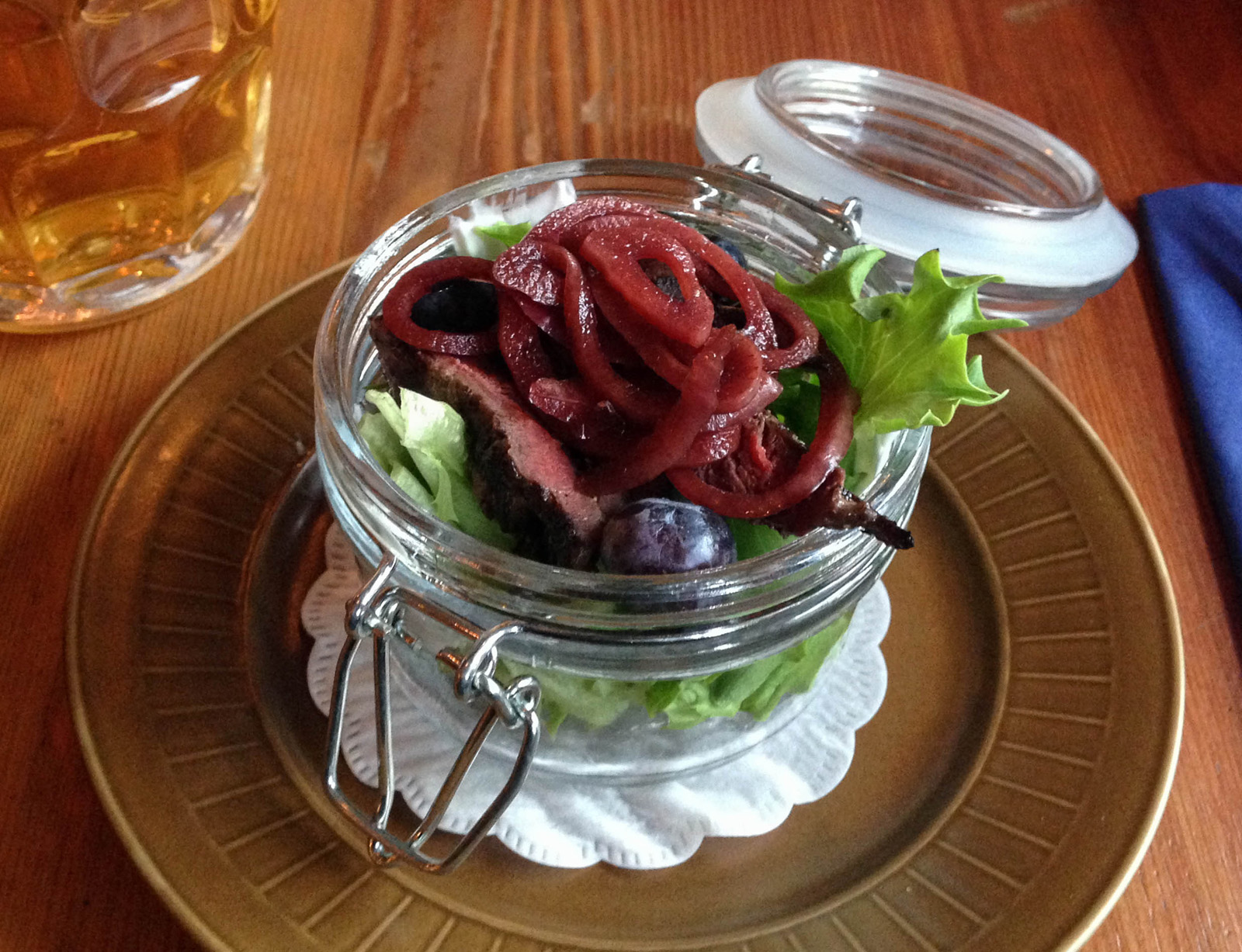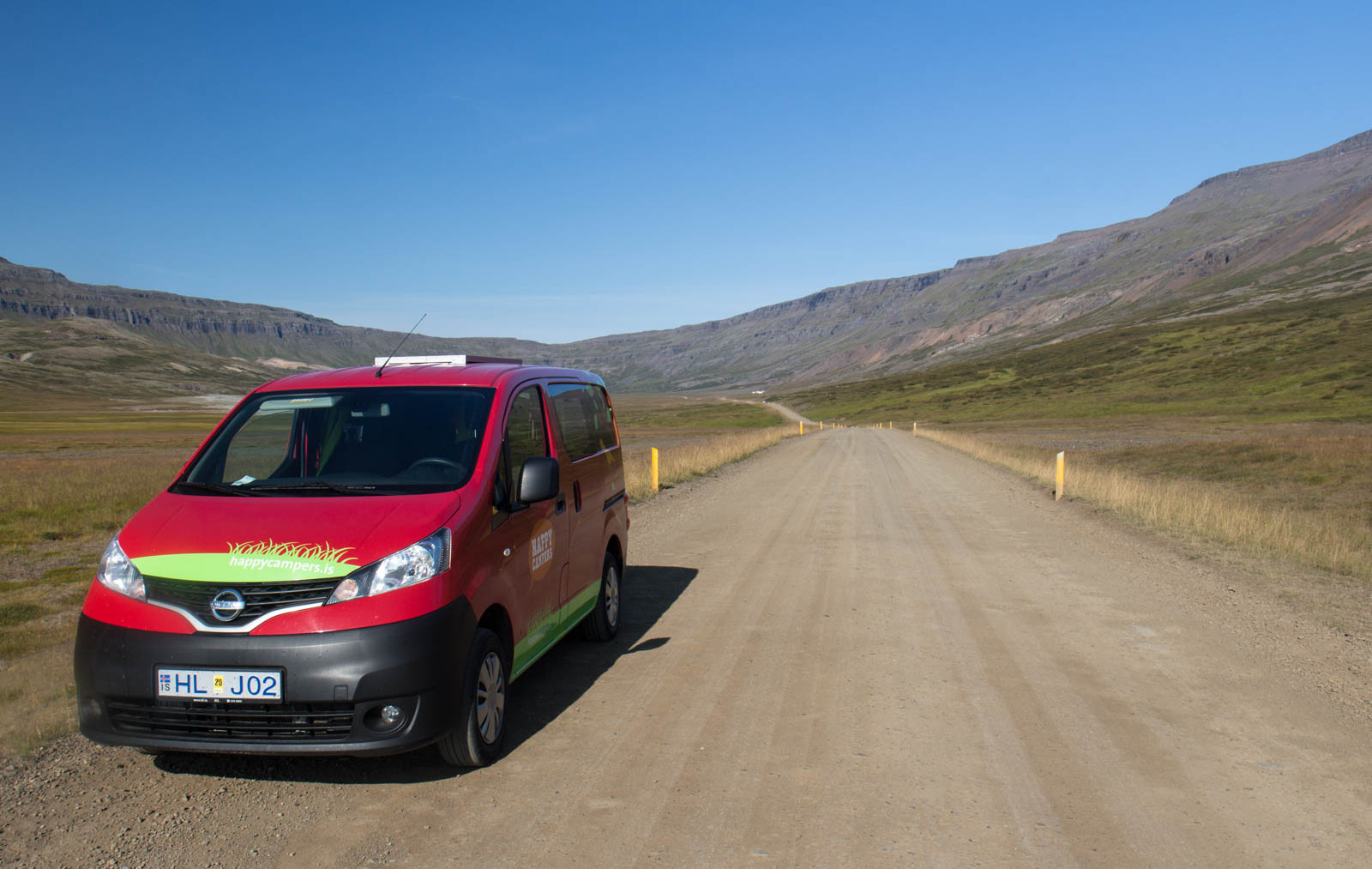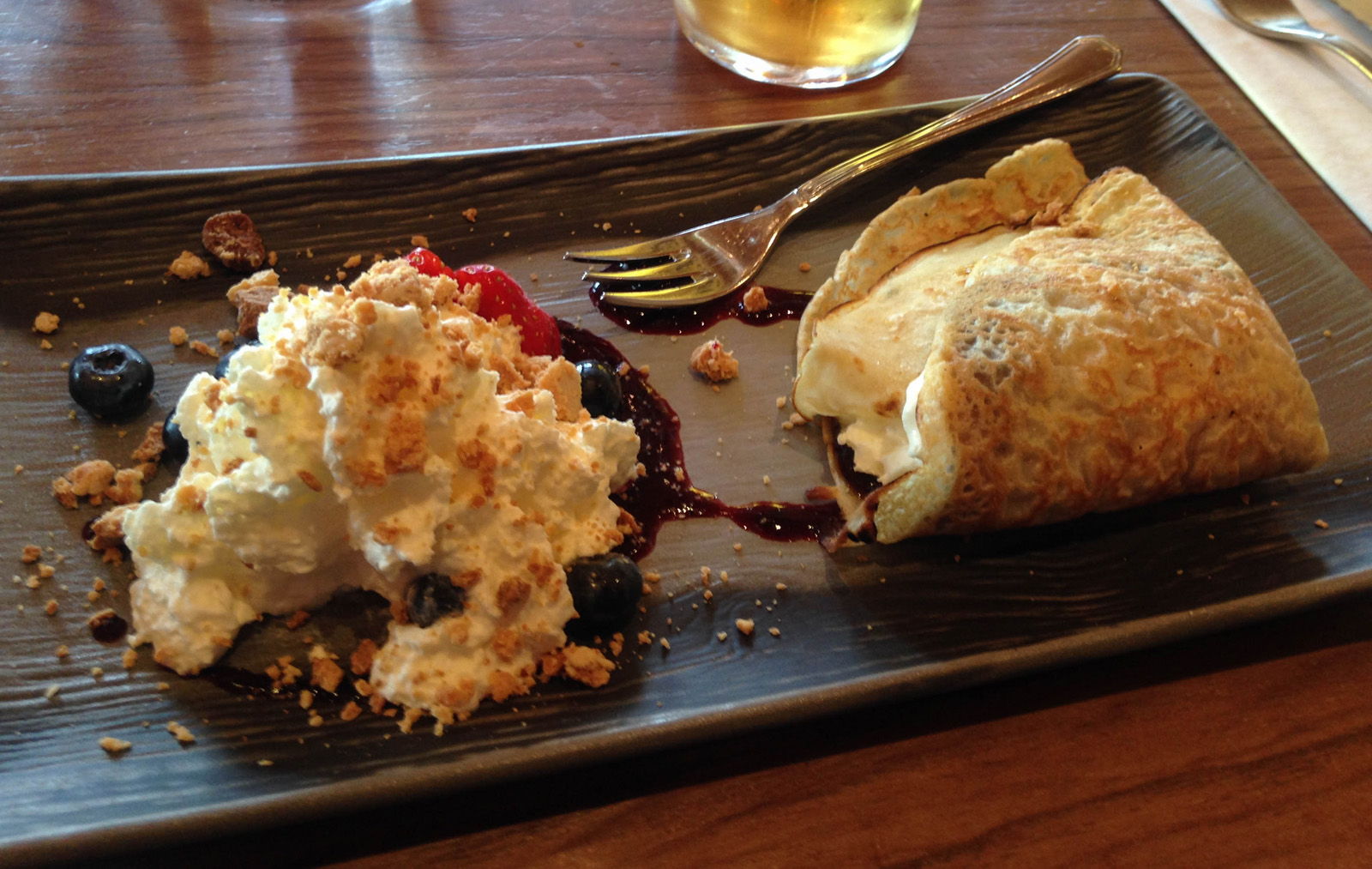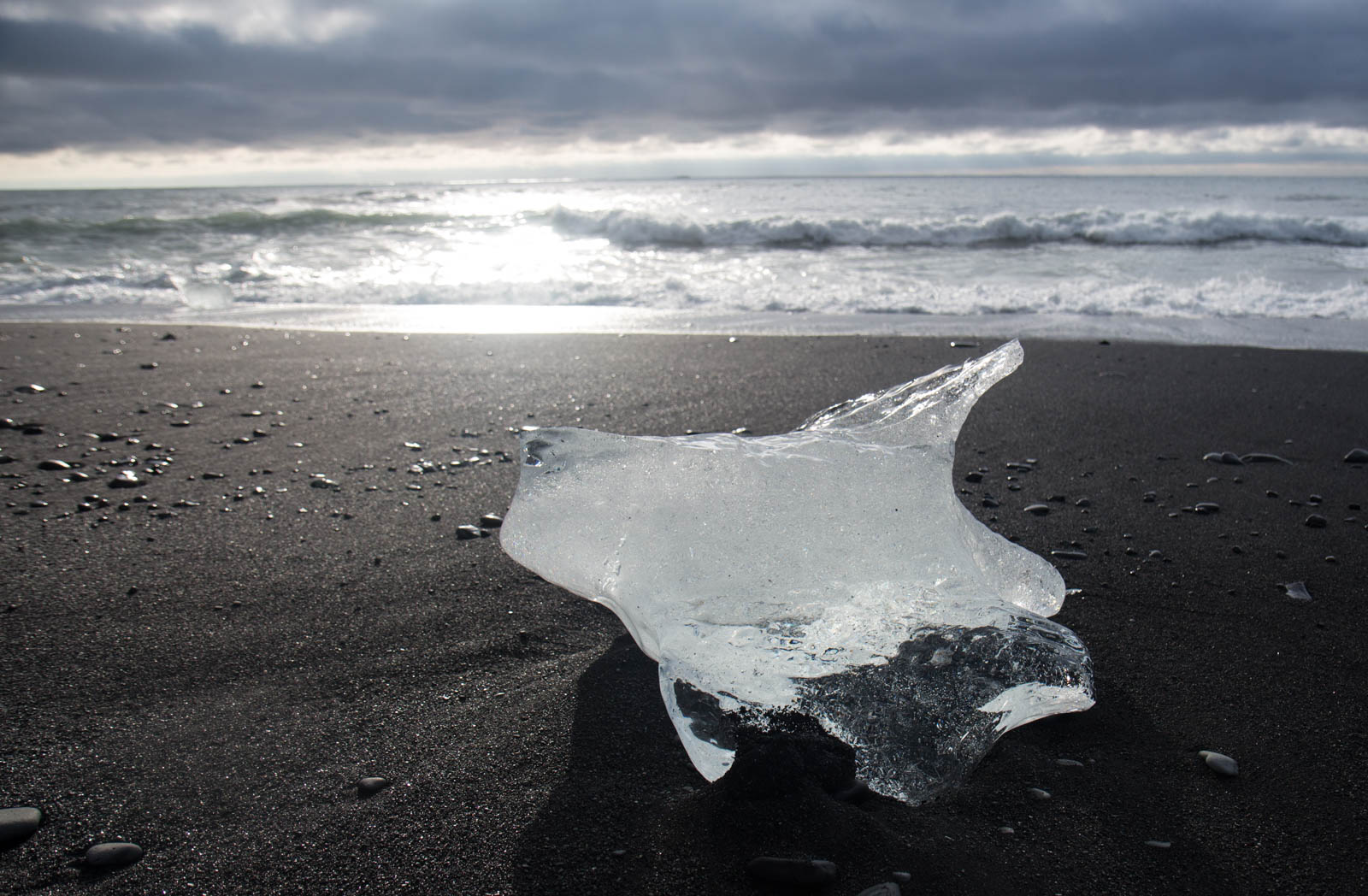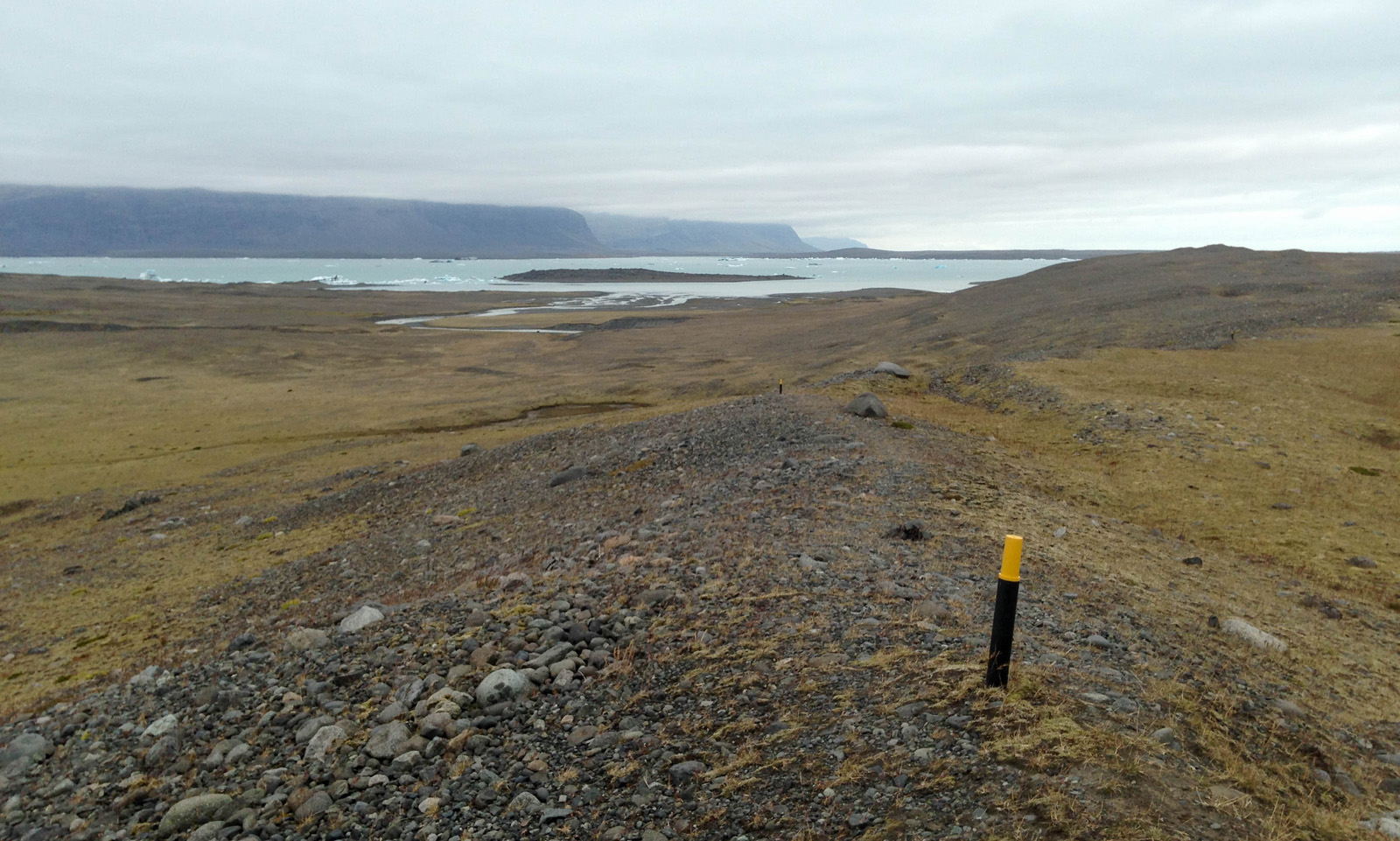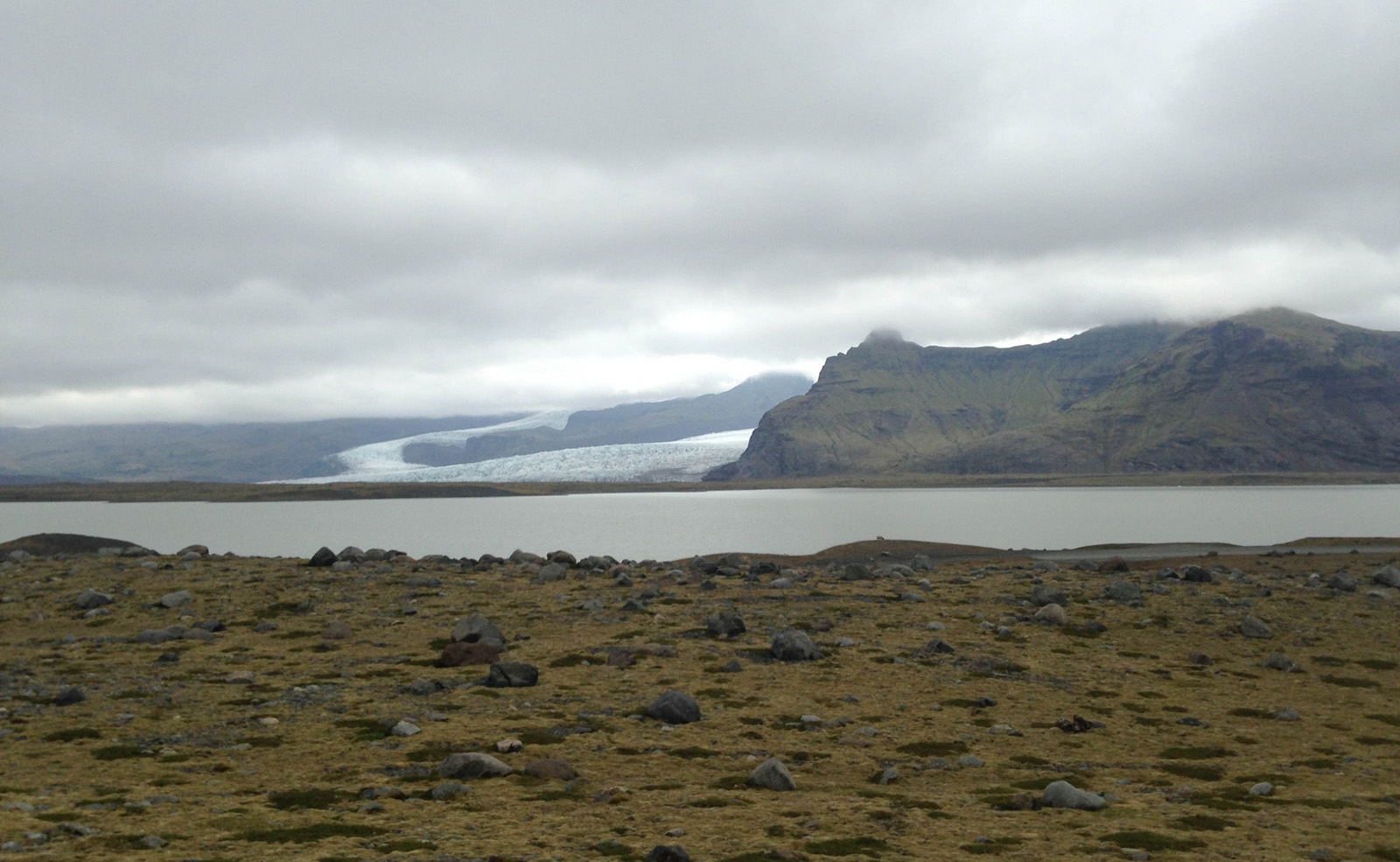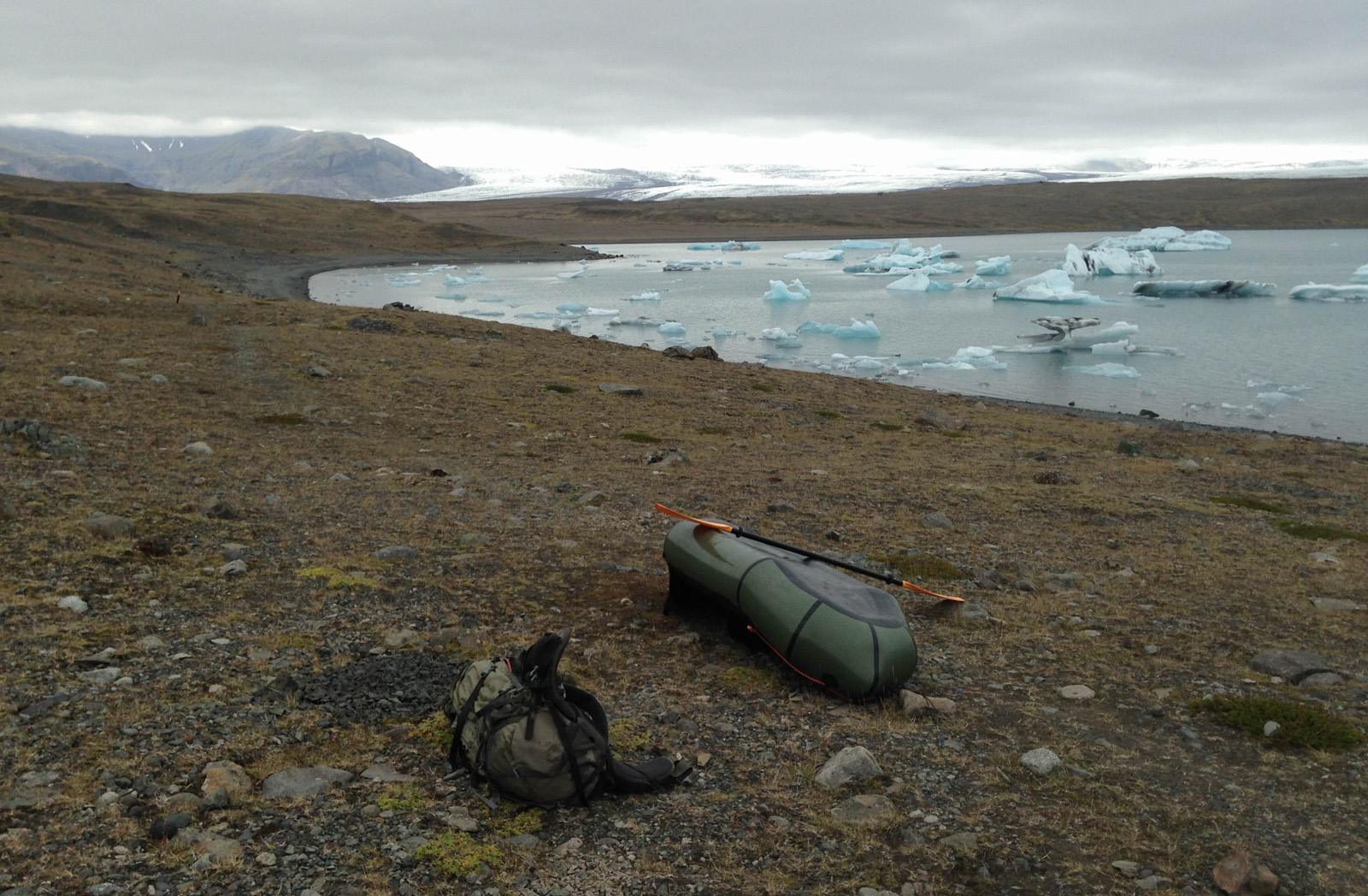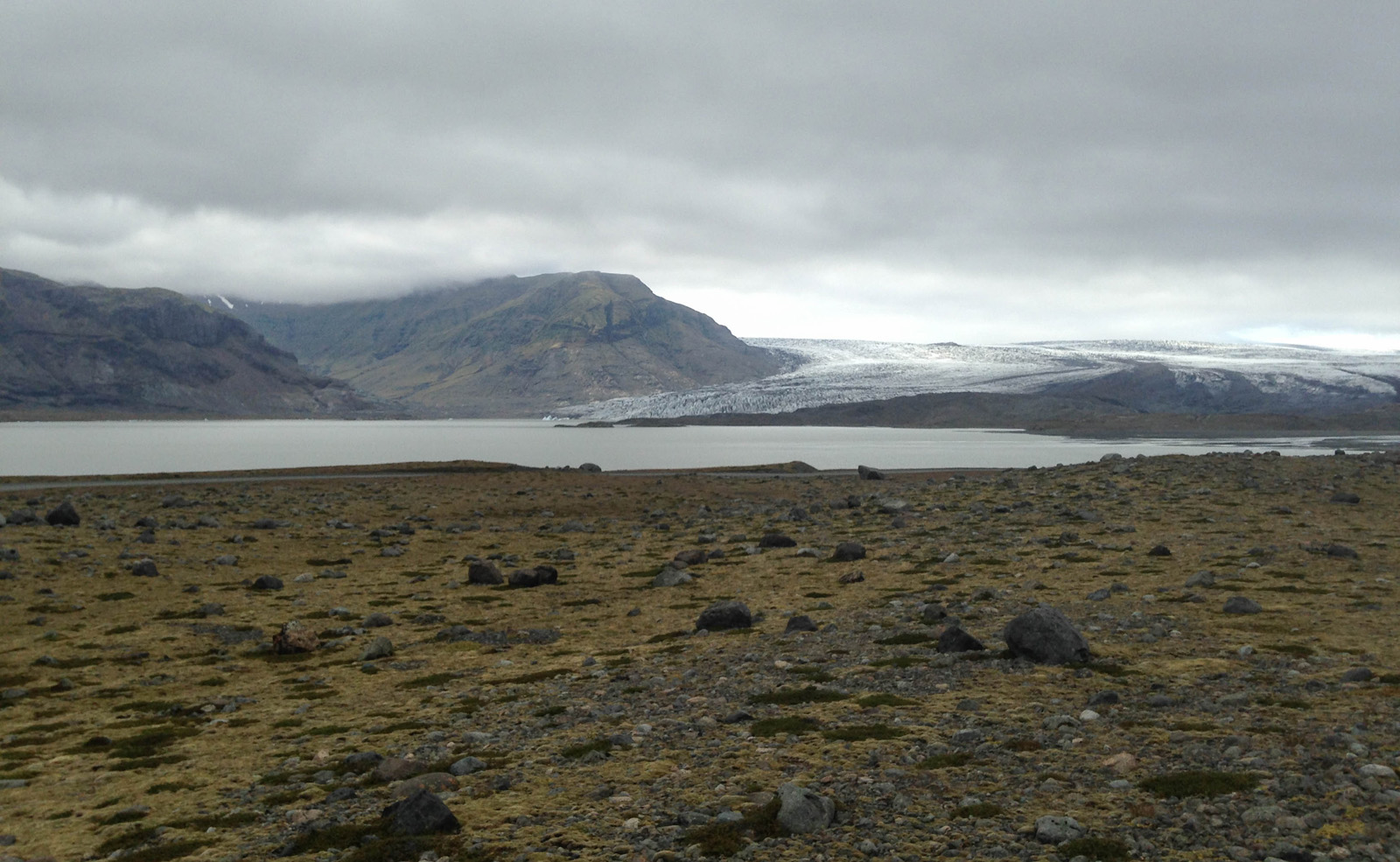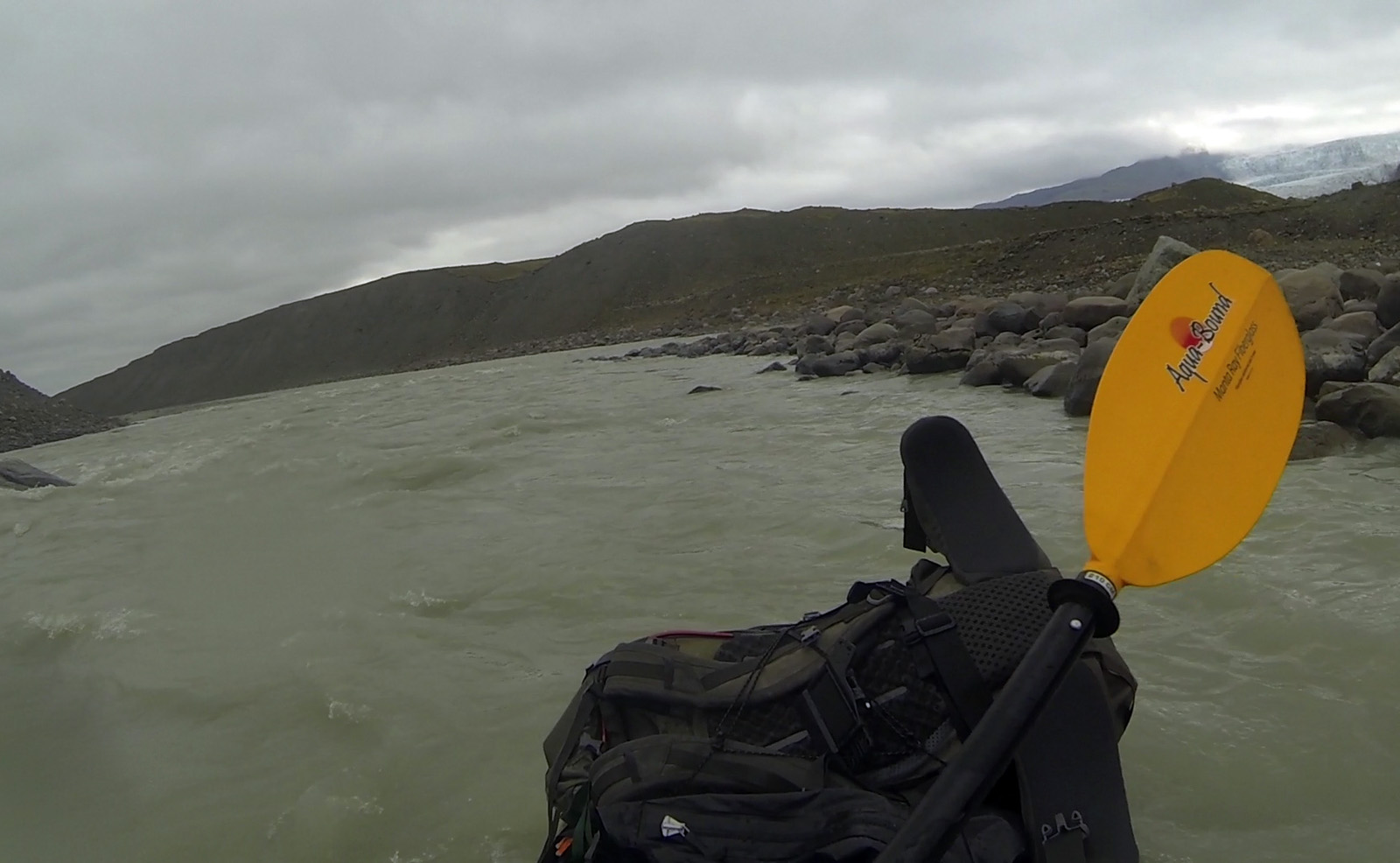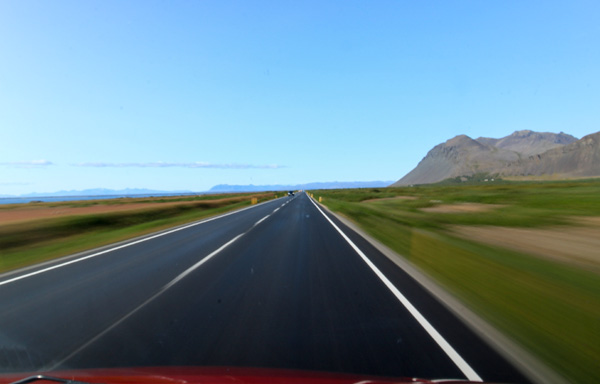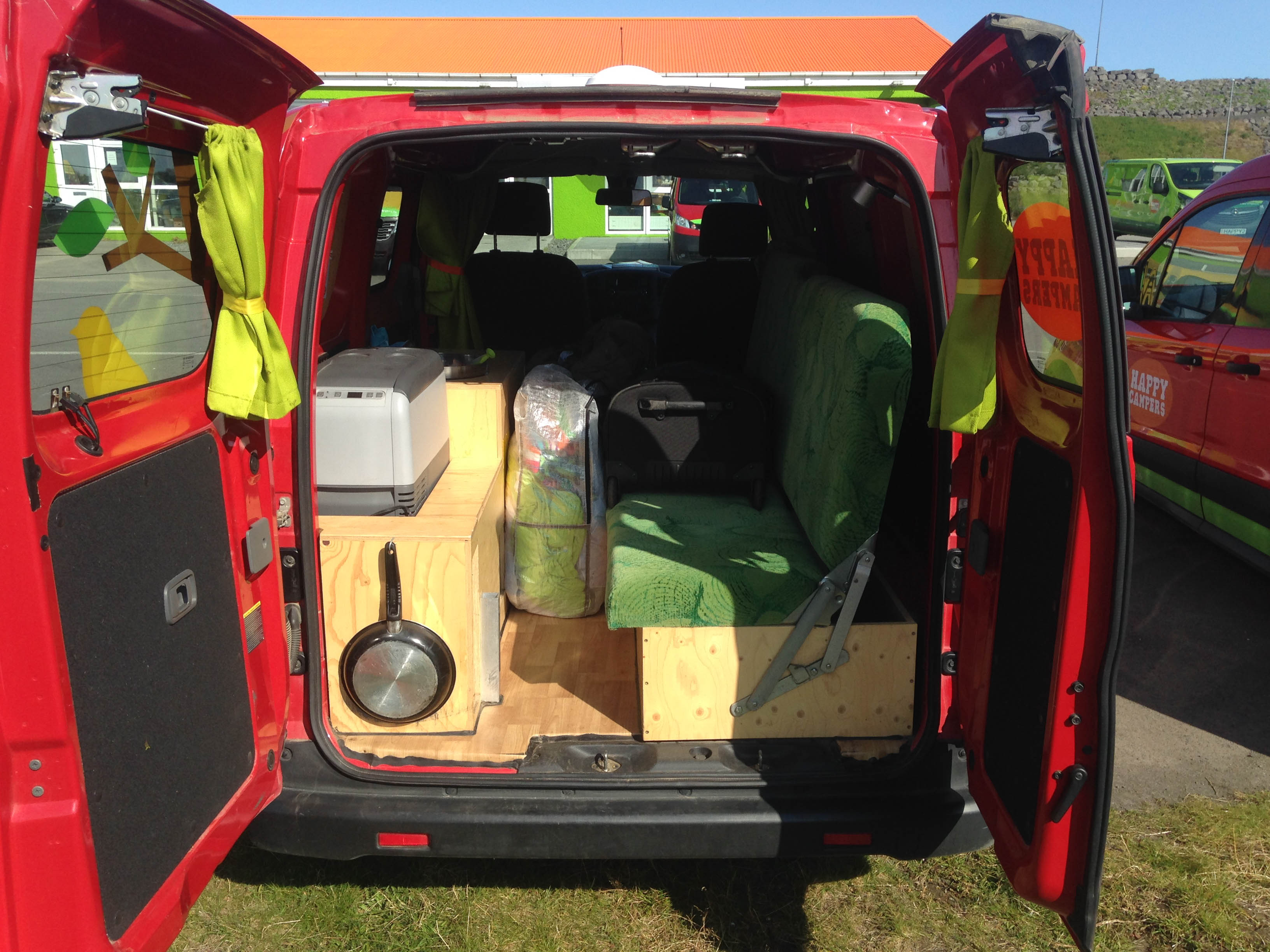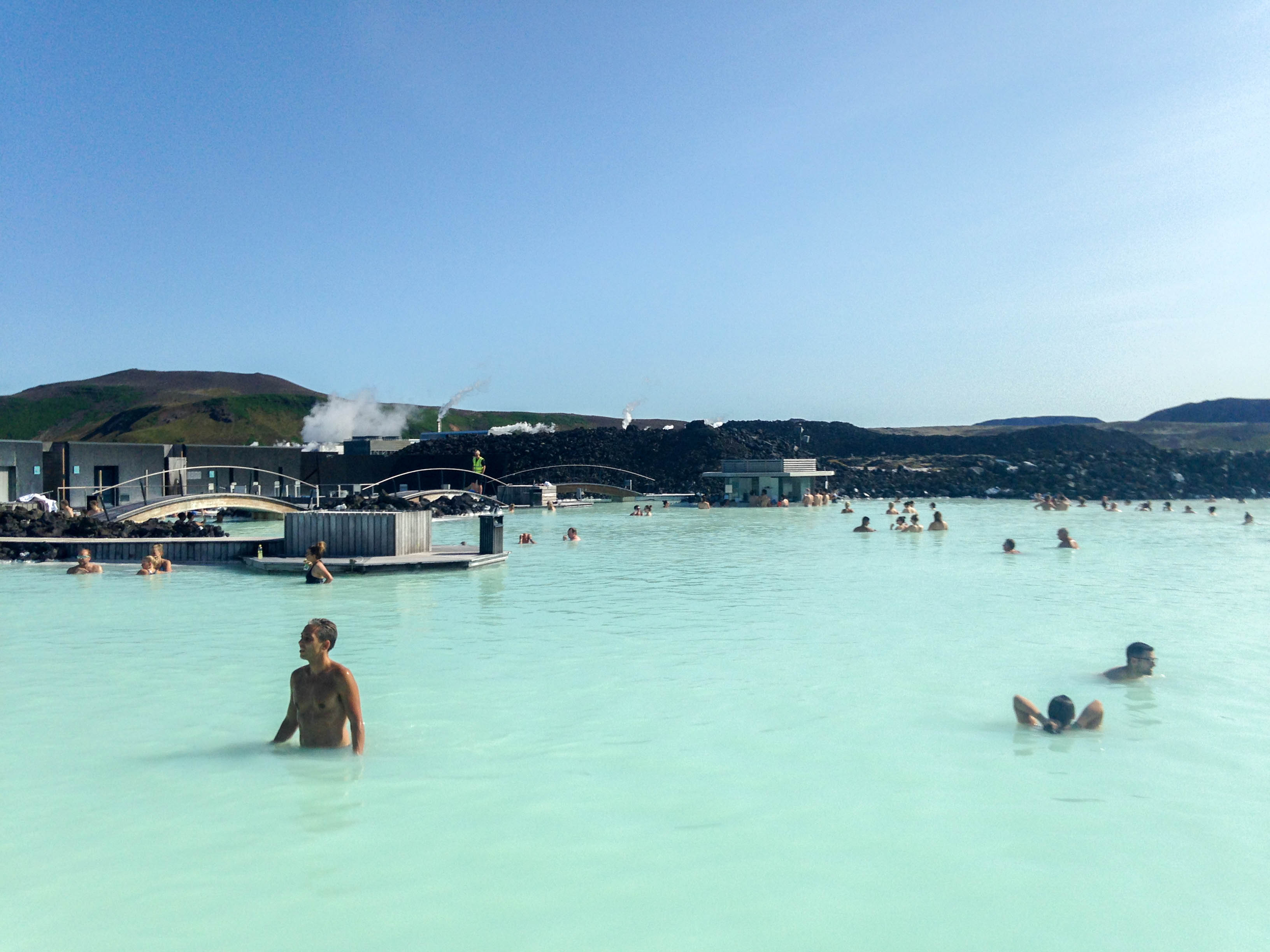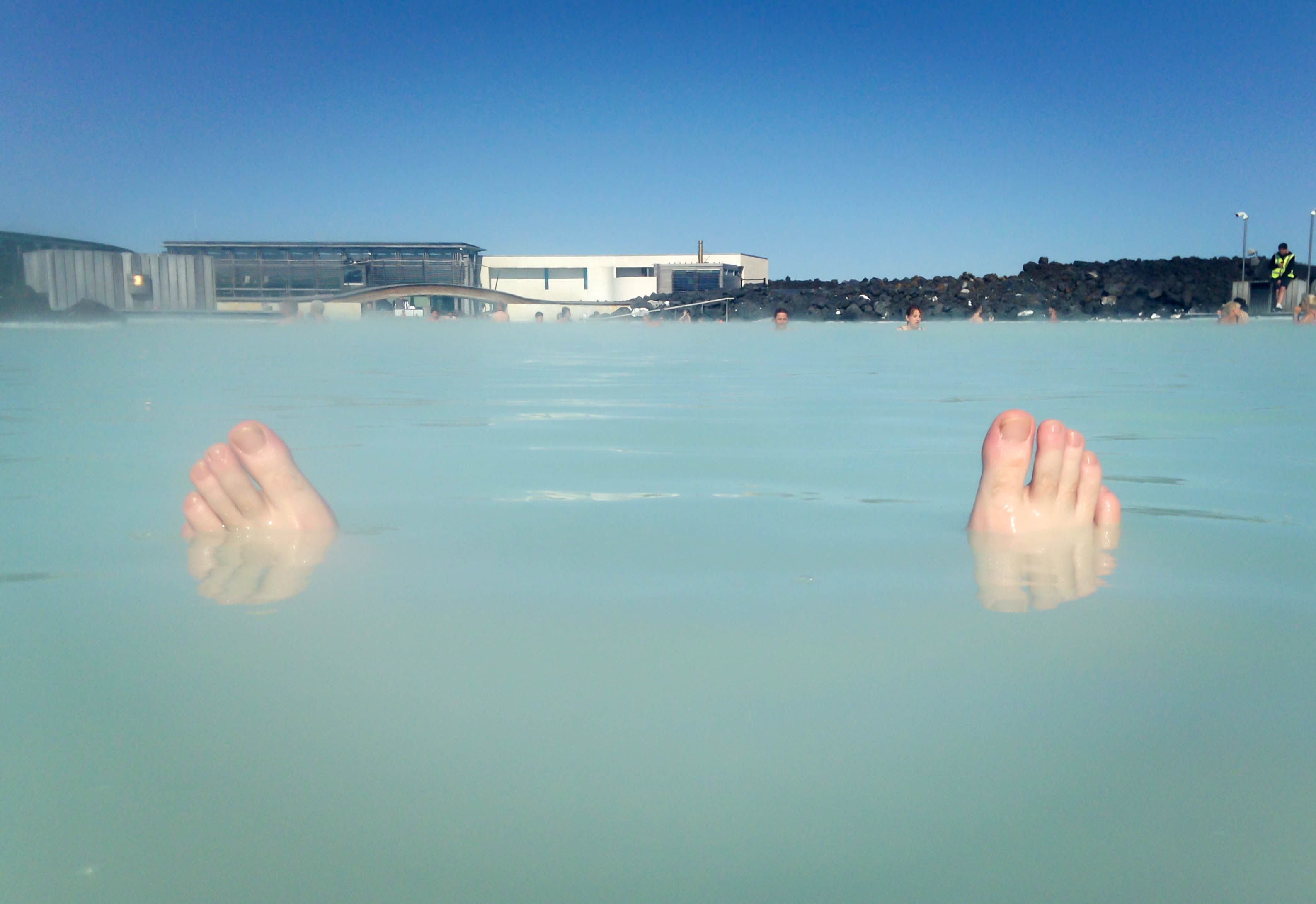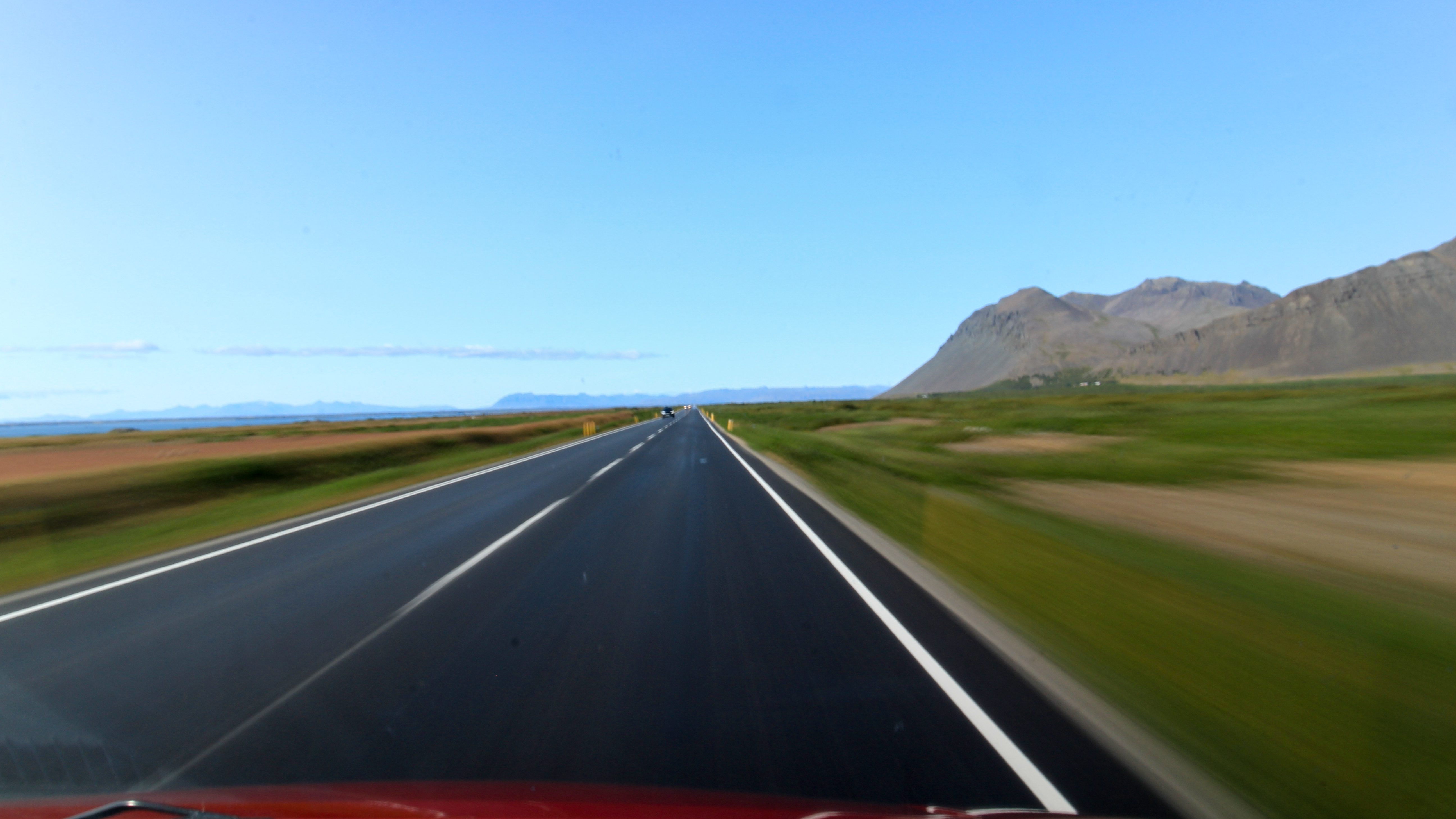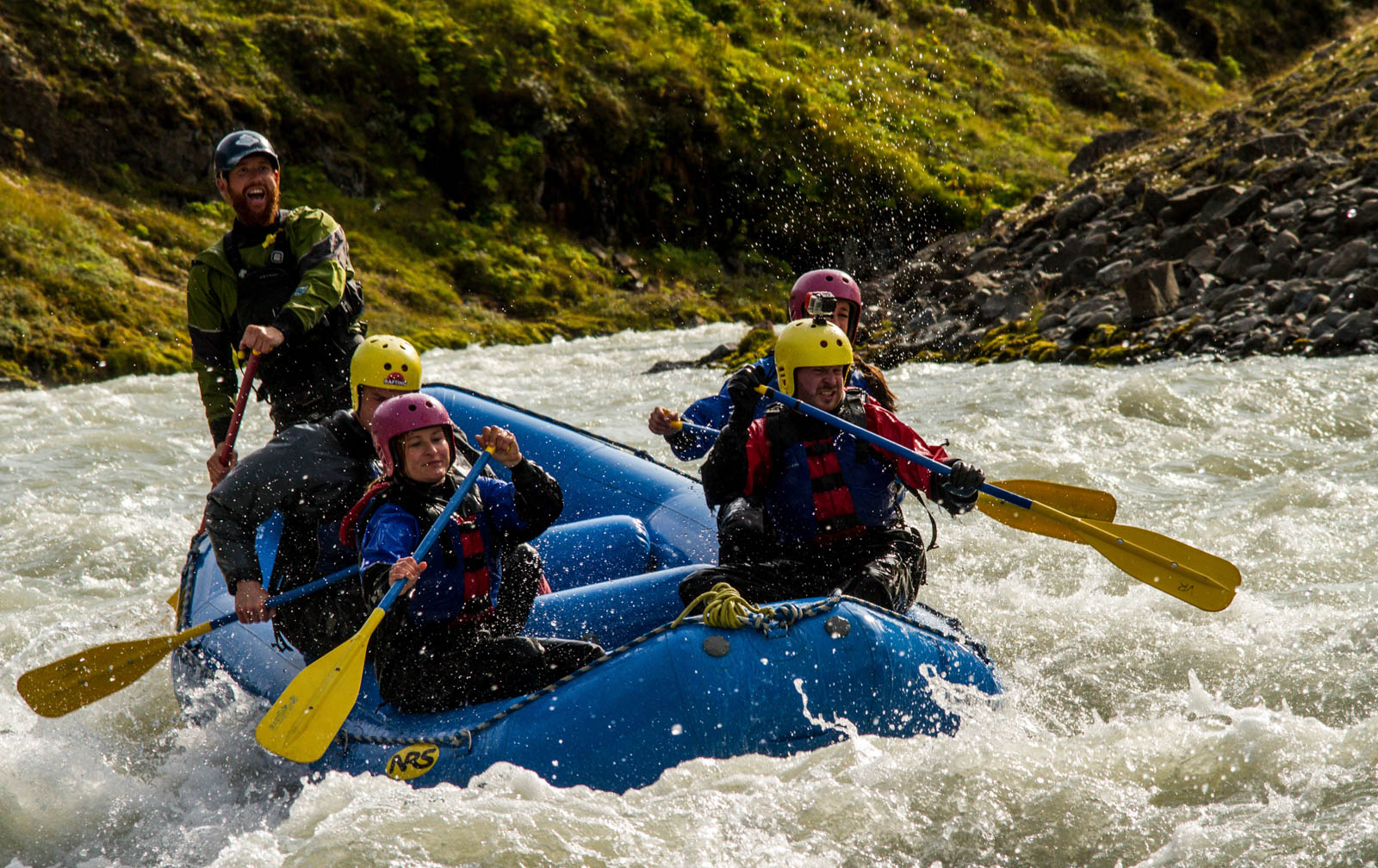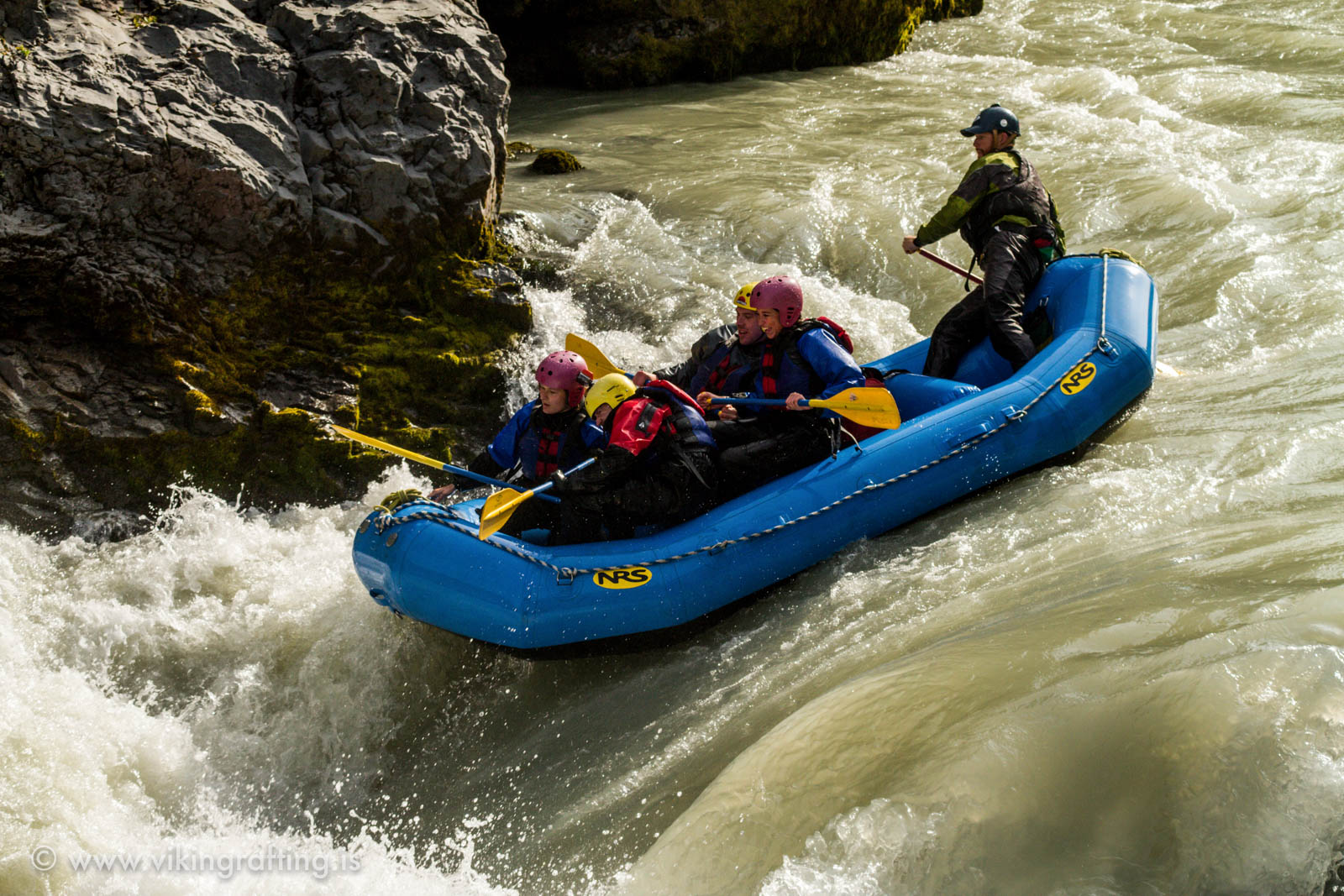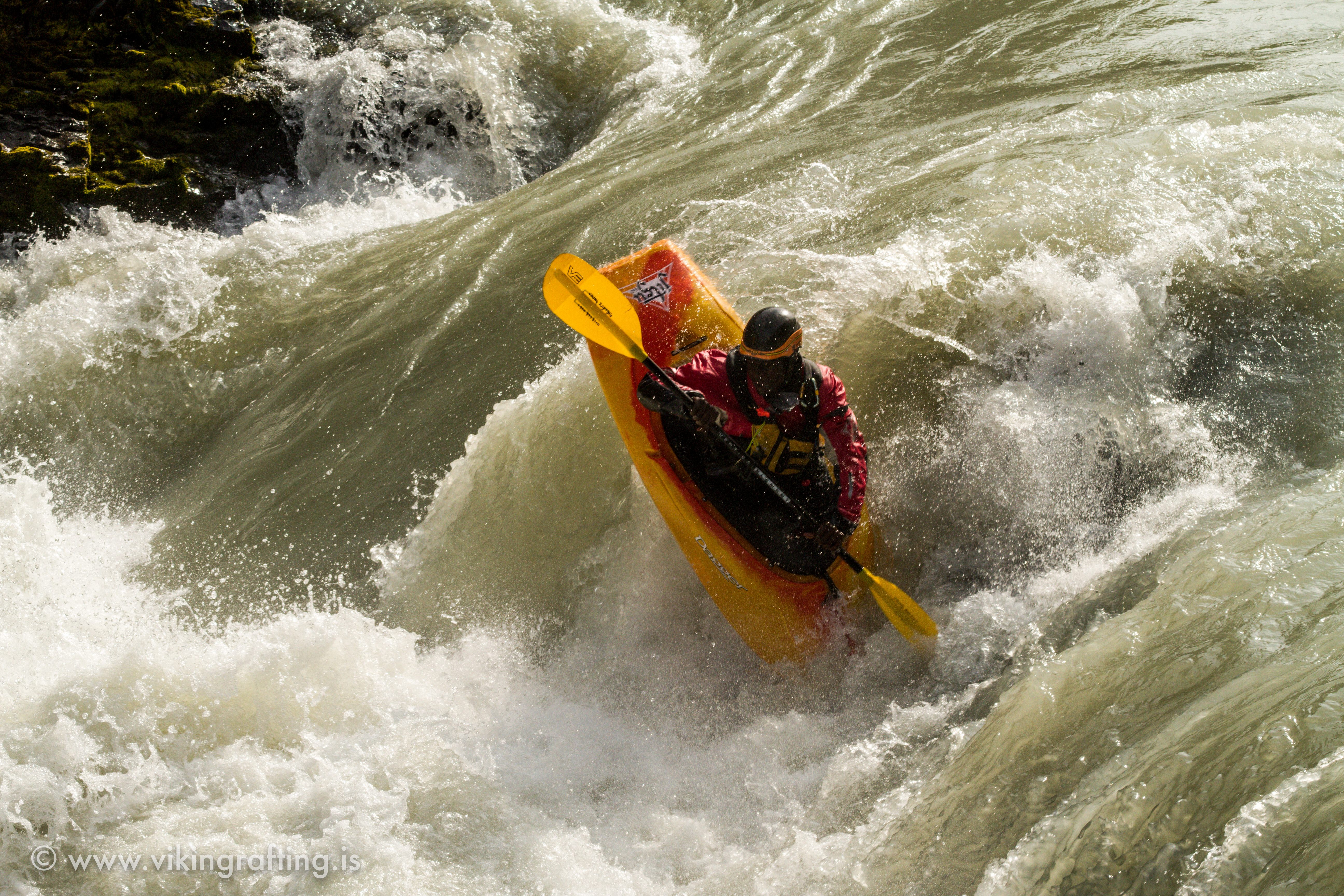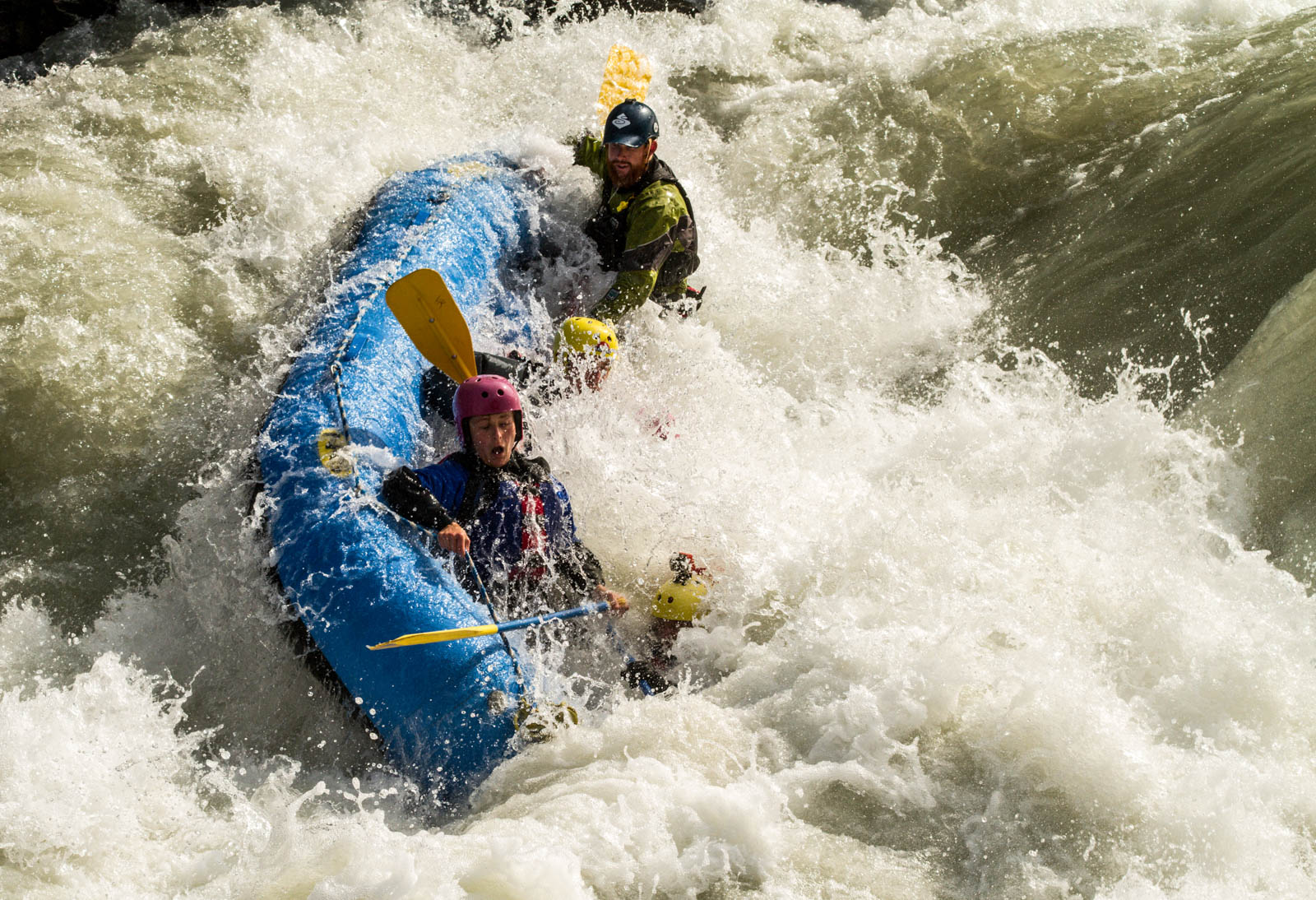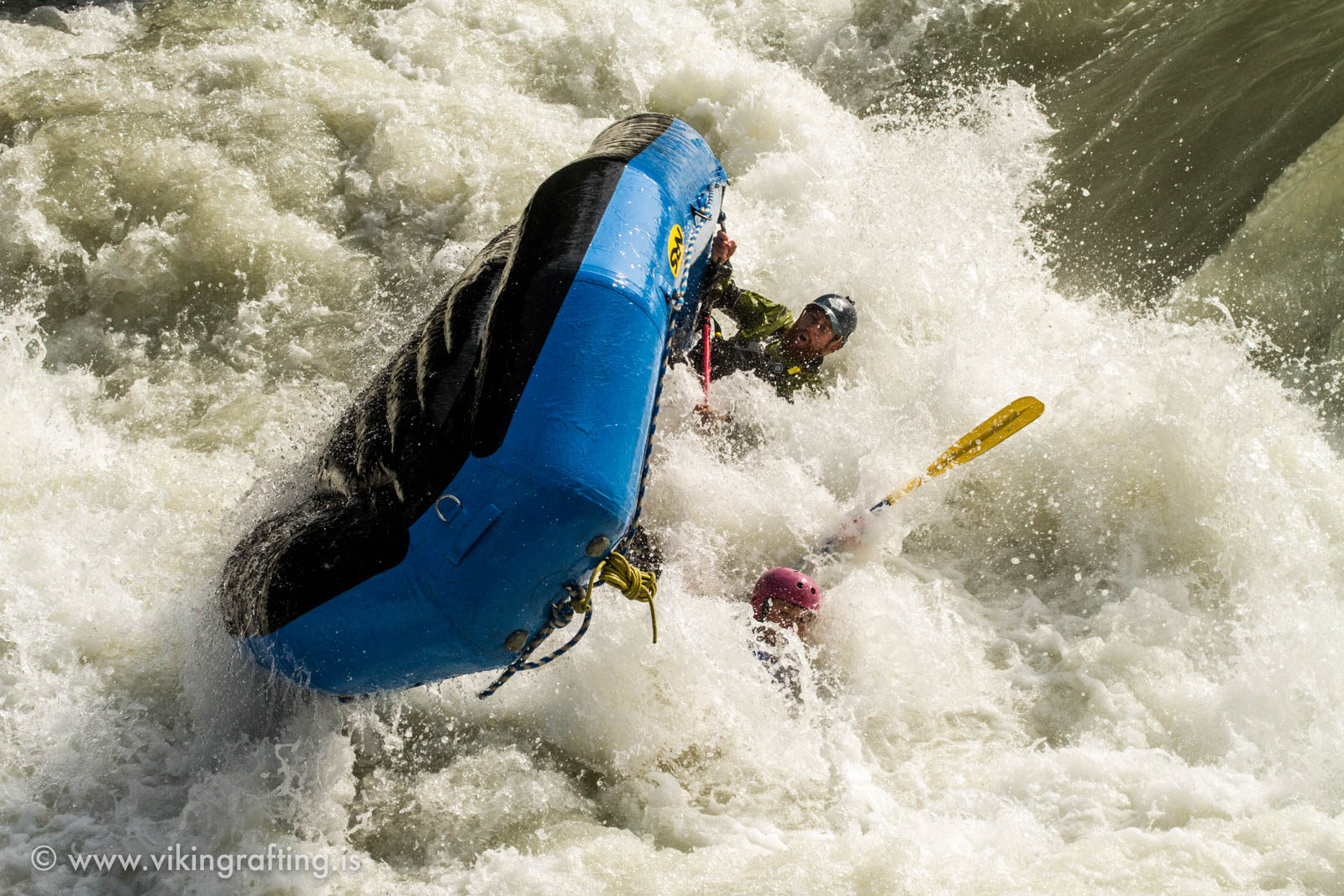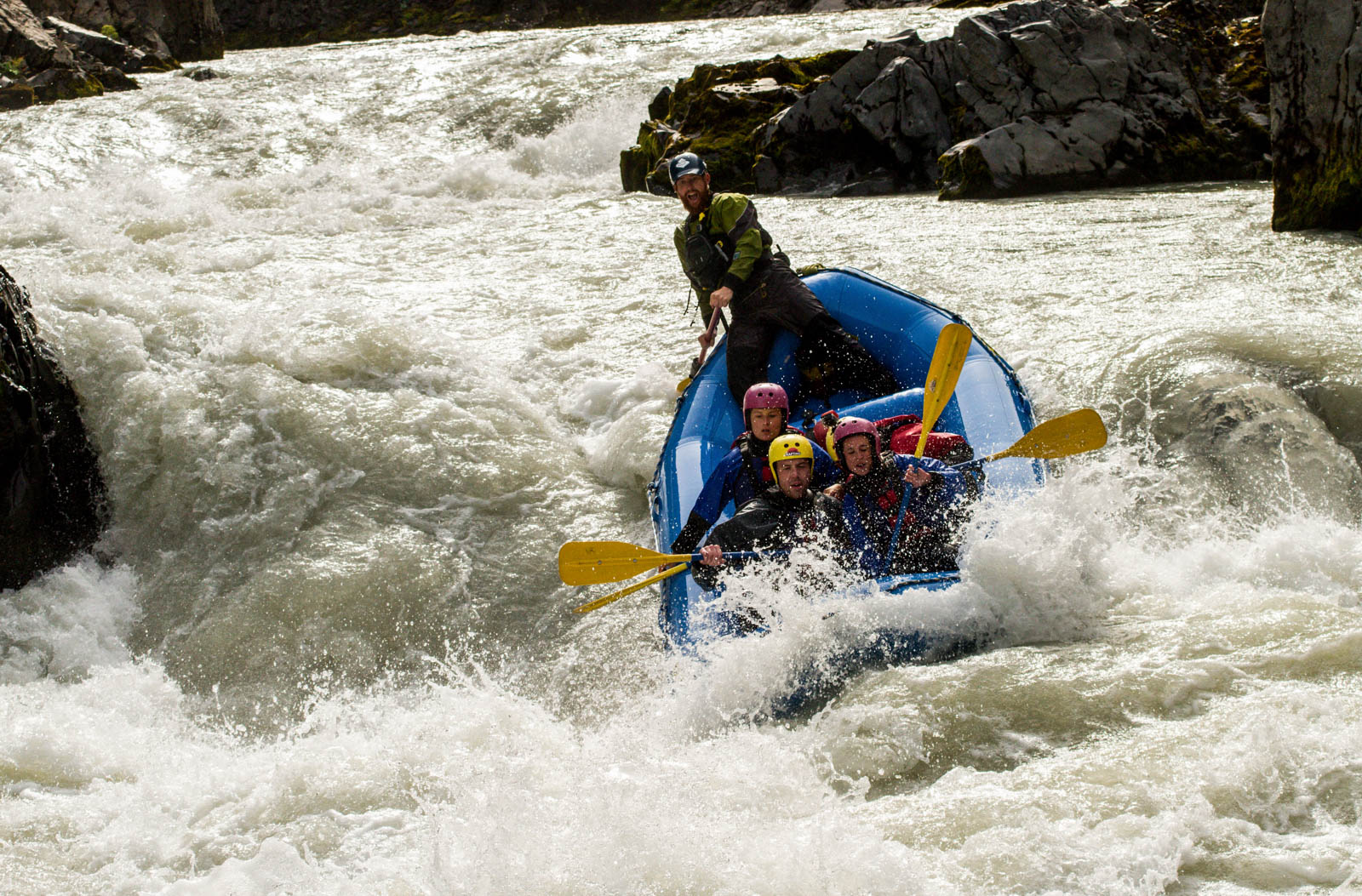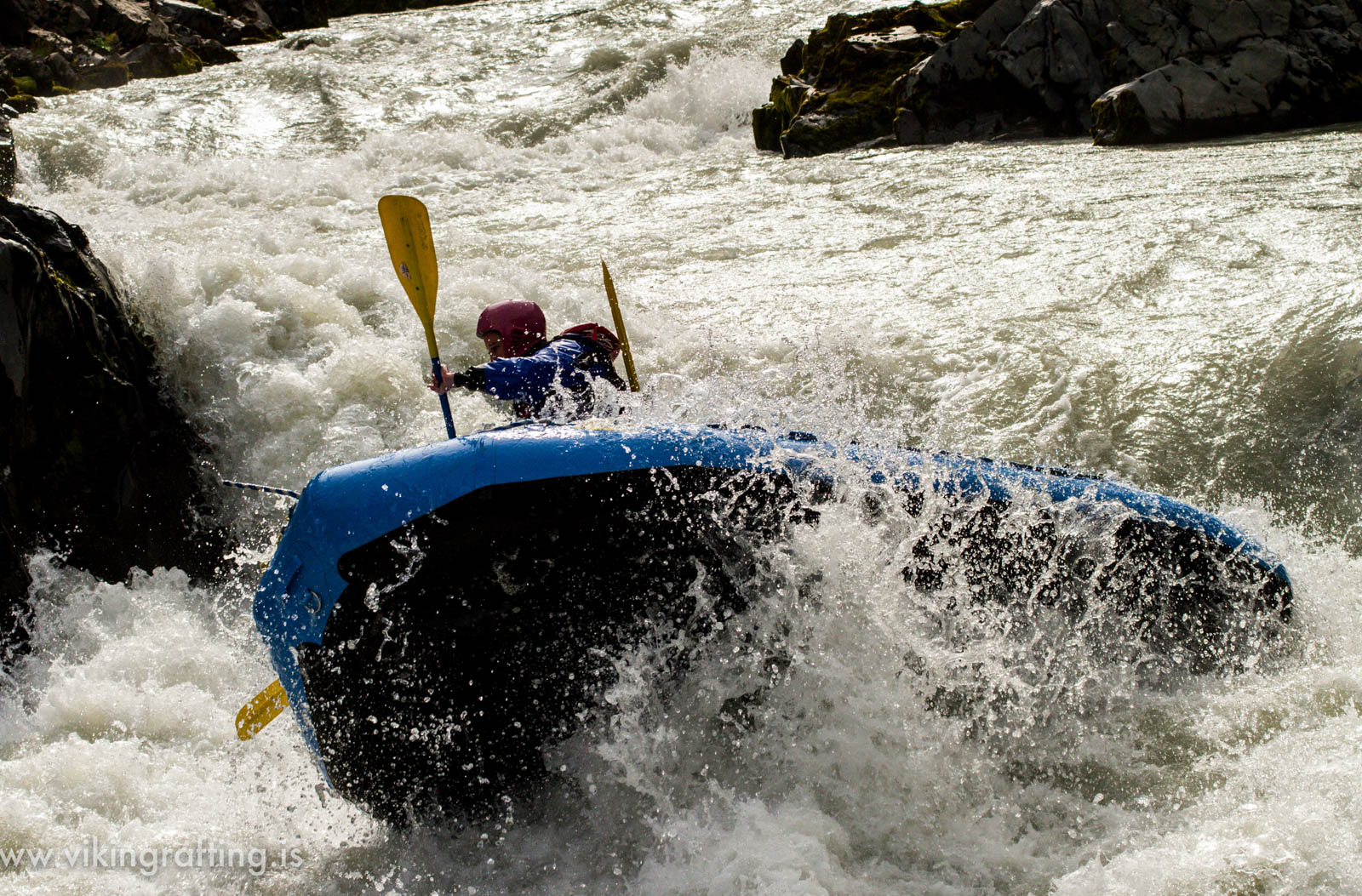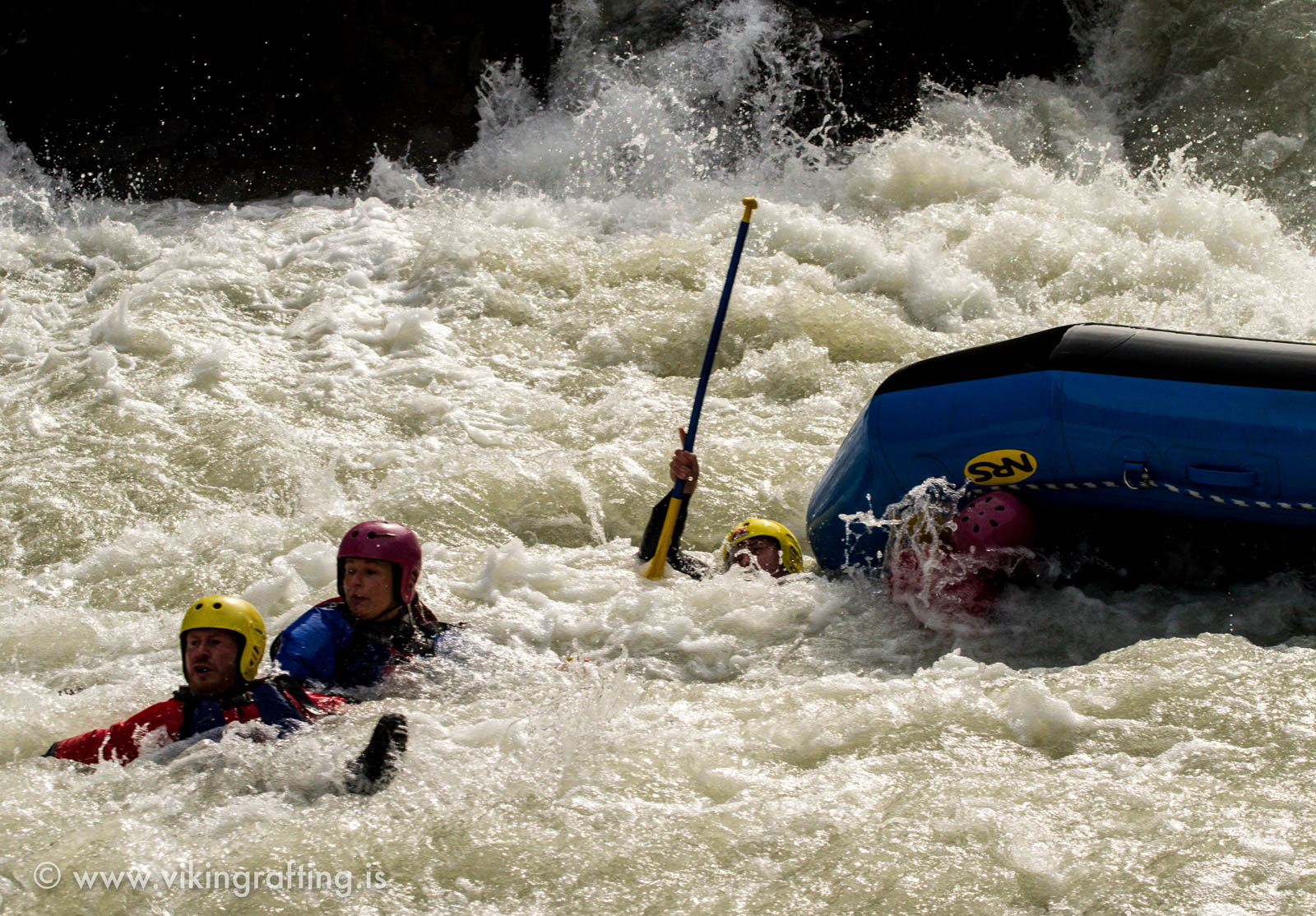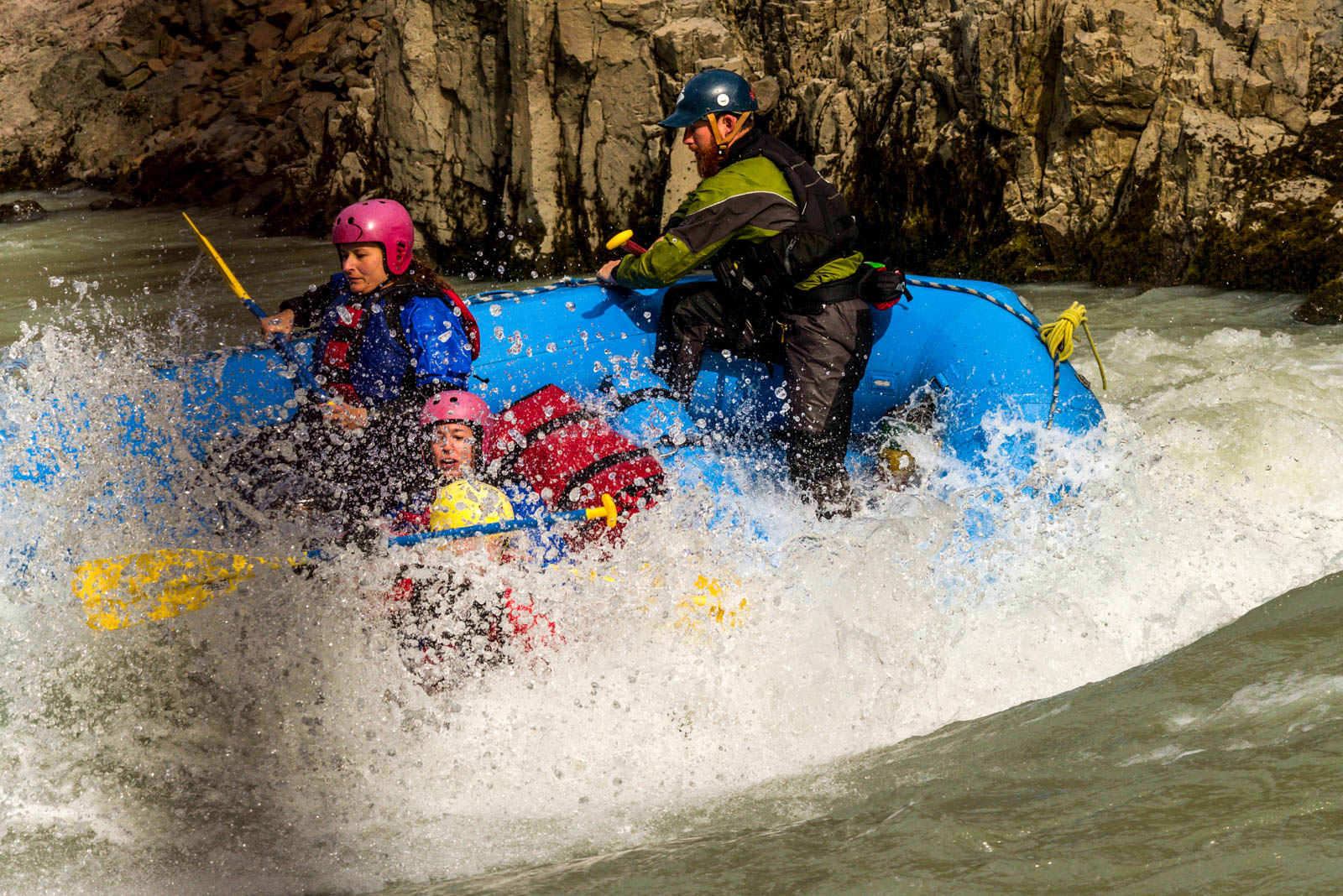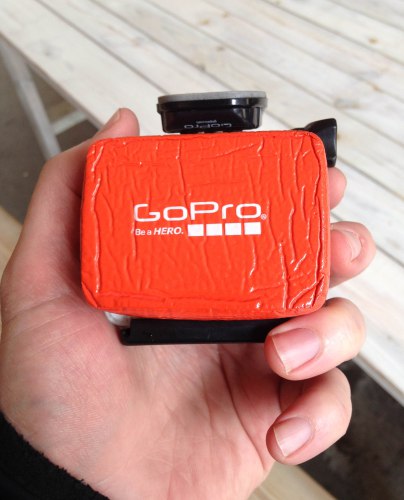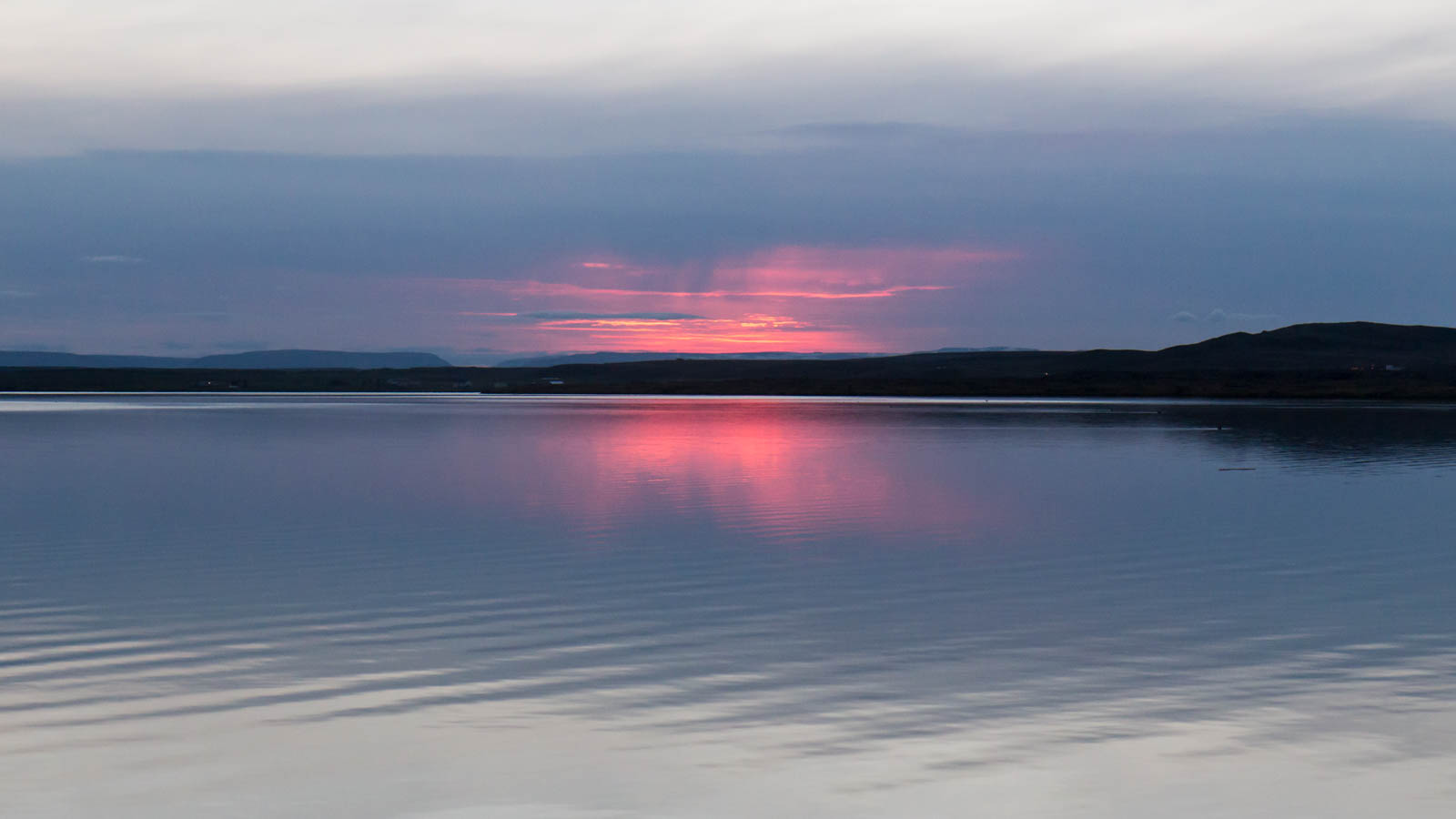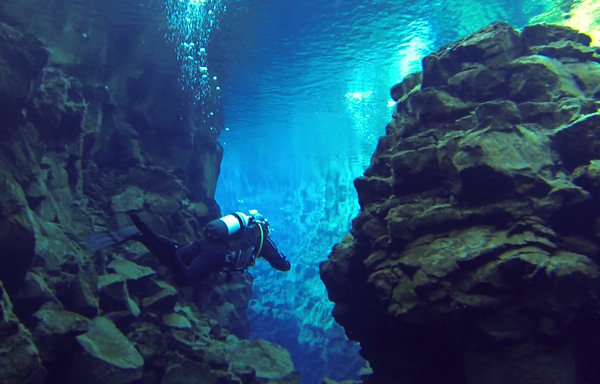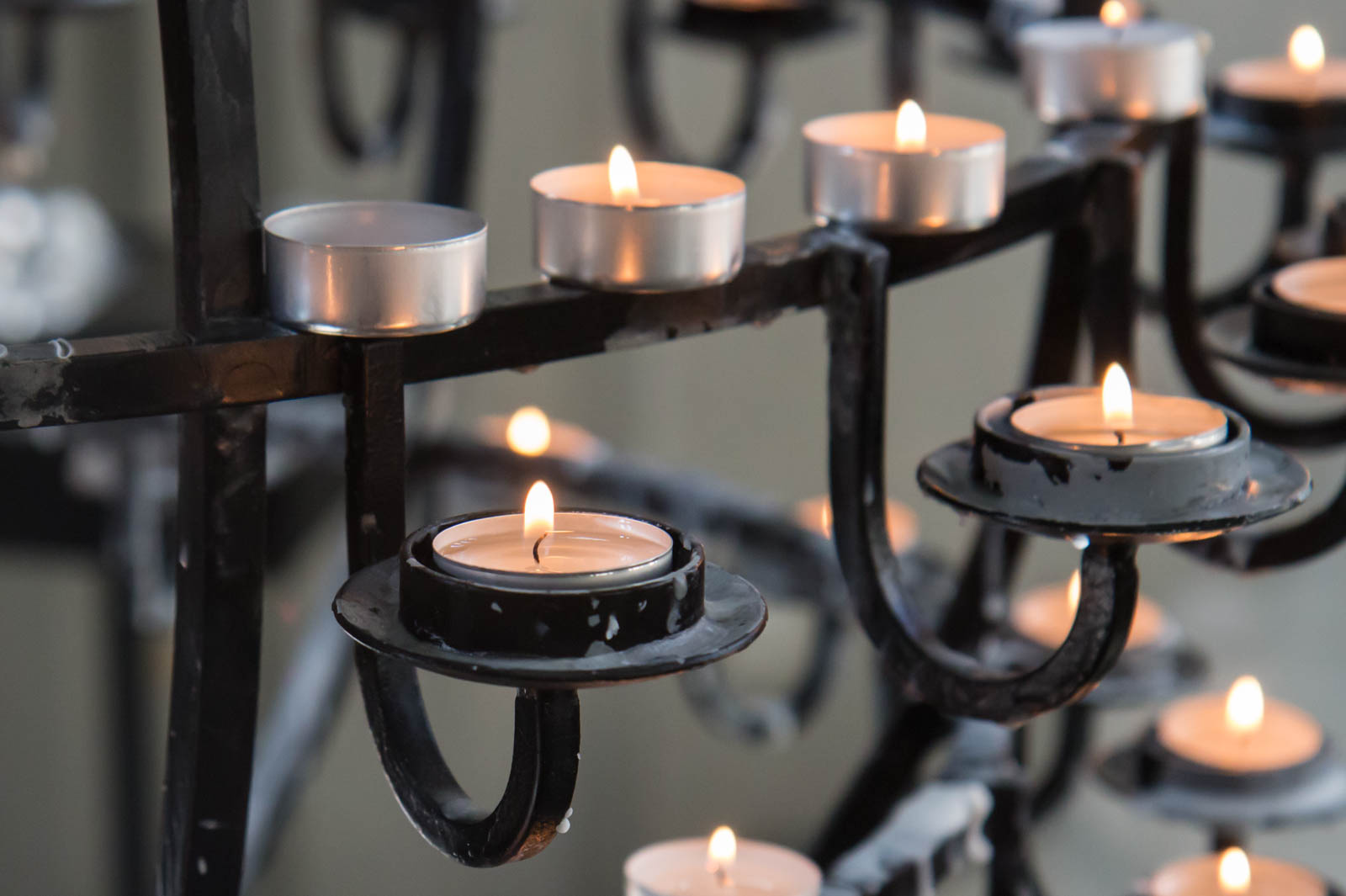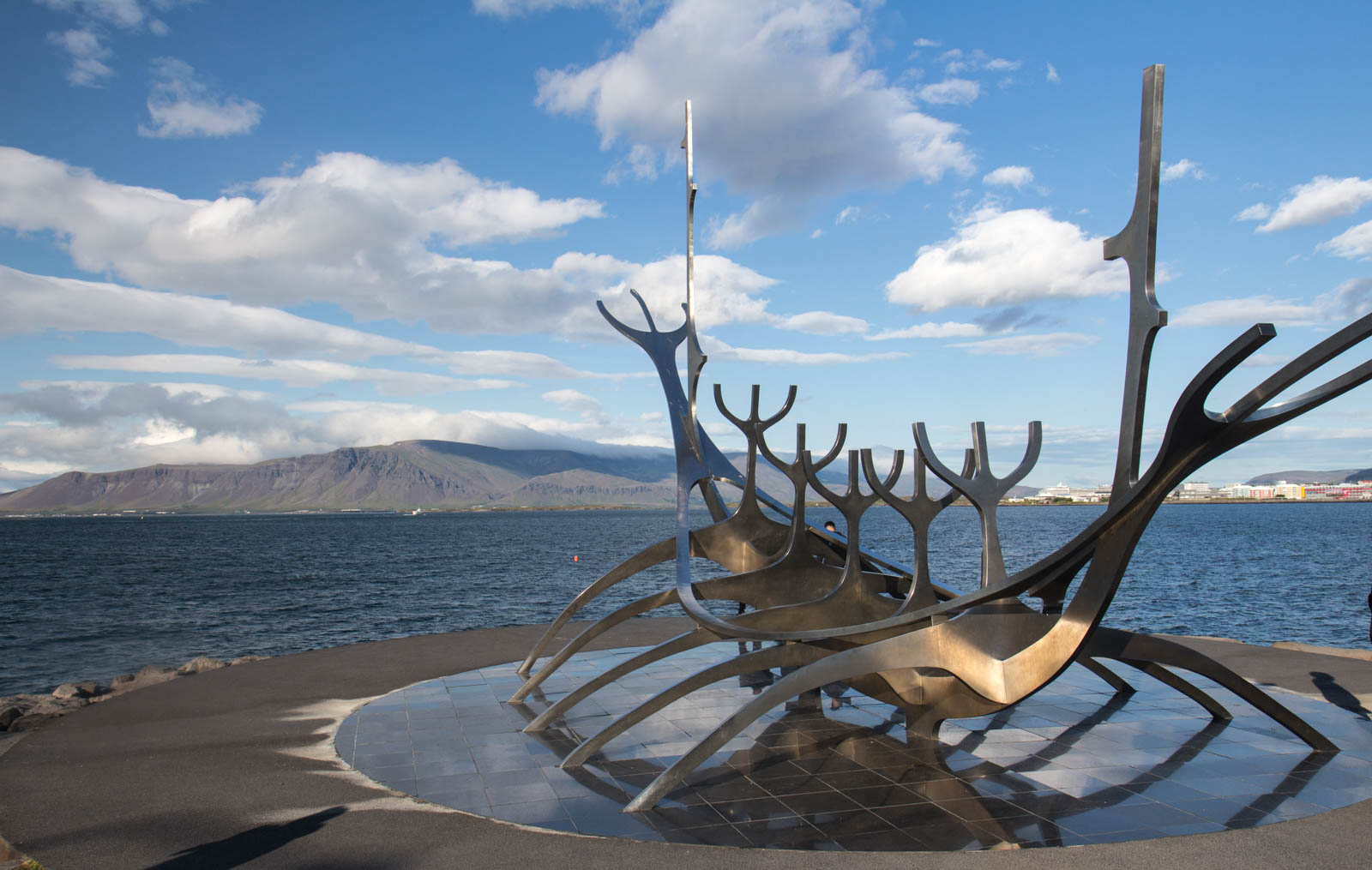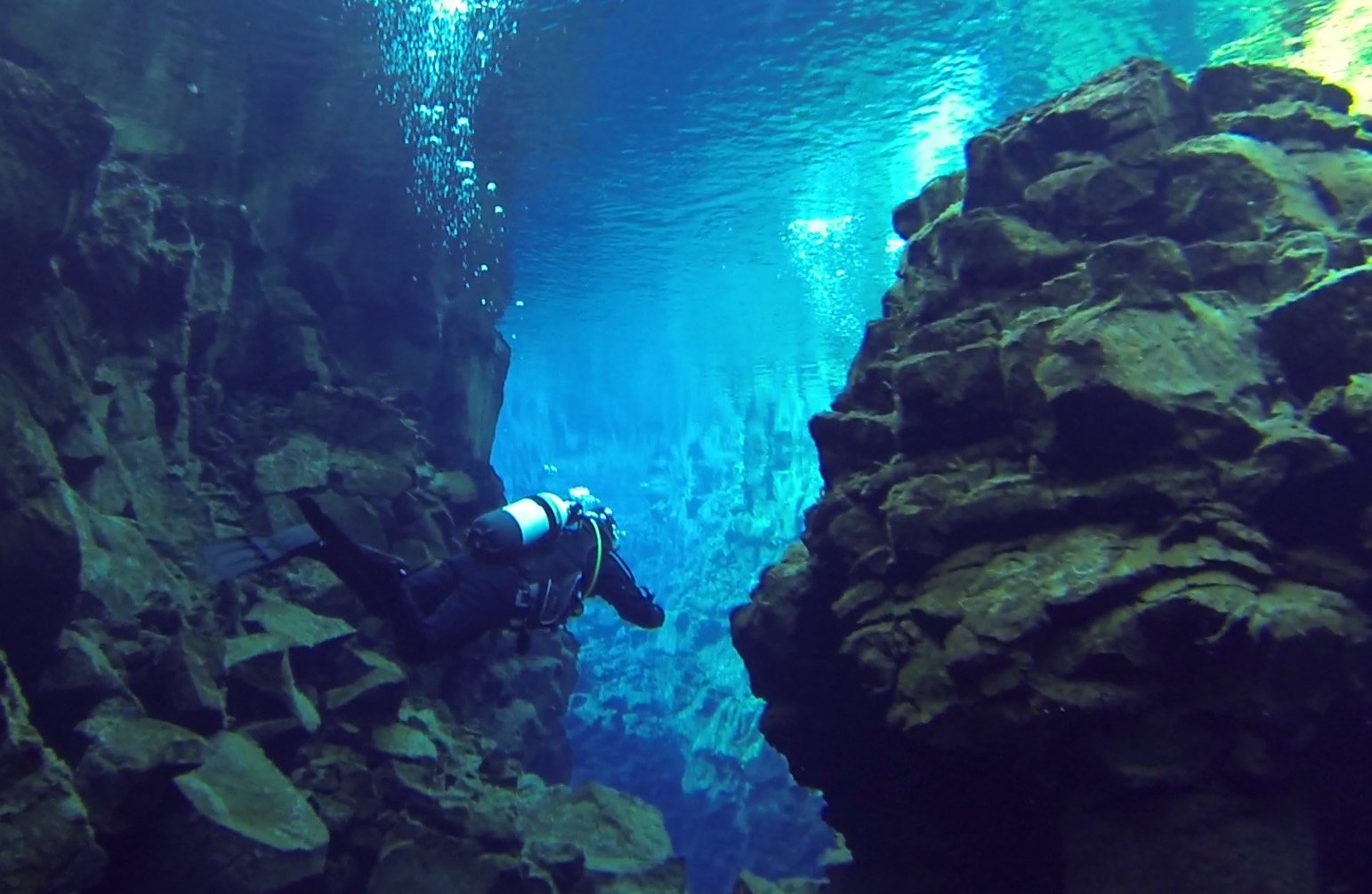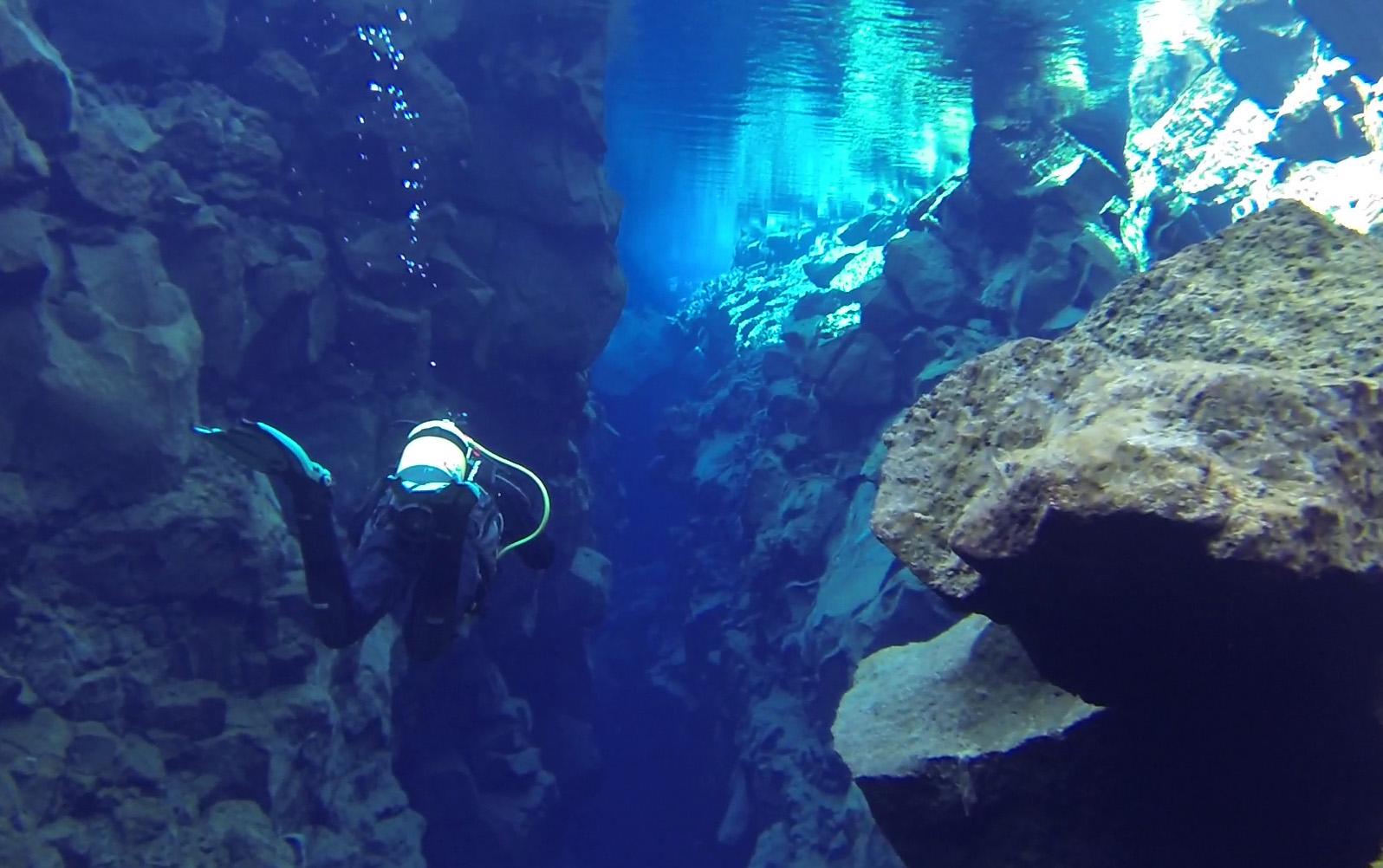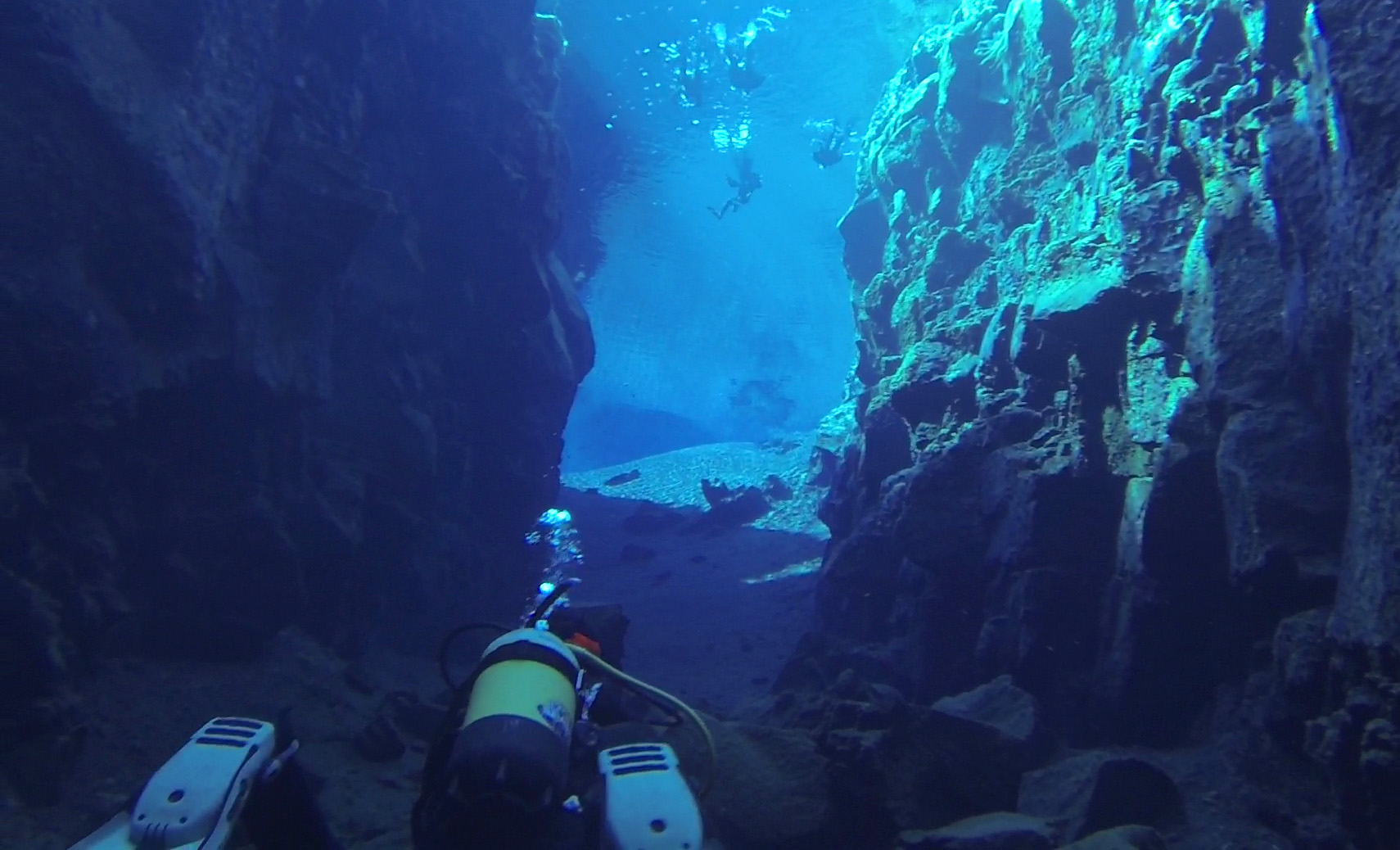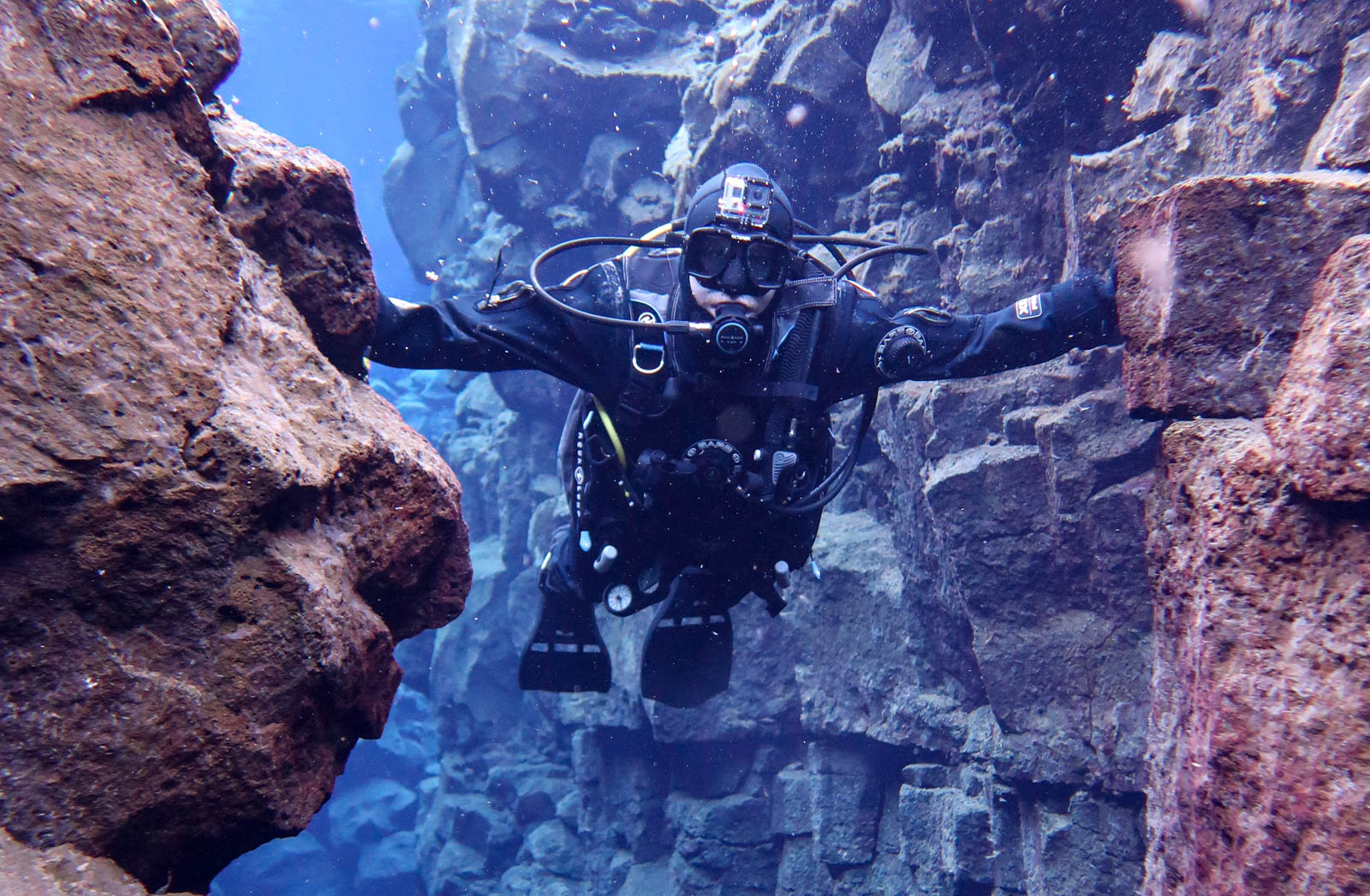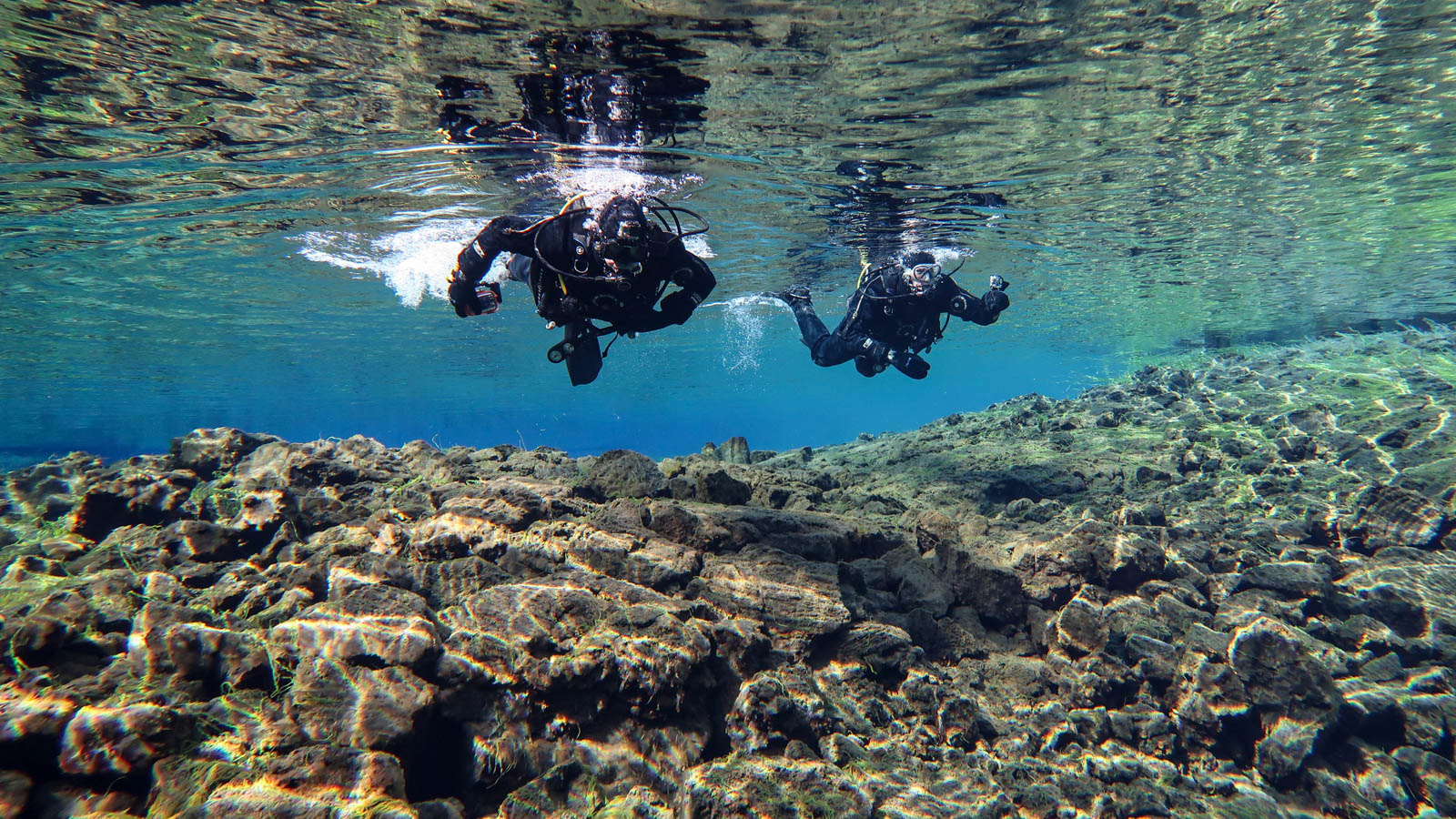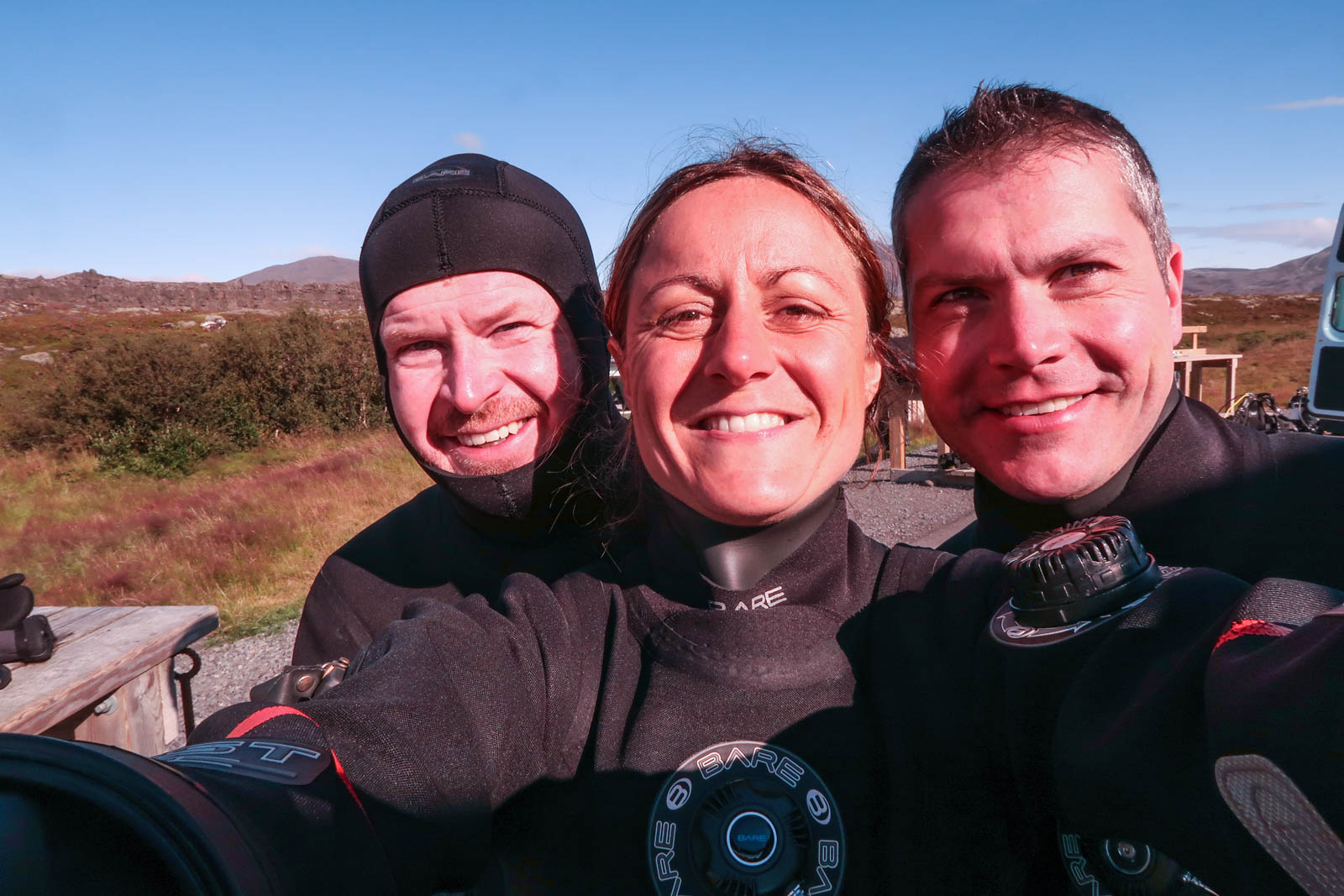The Packraft Handbook by Luc Mehl
The Packraft Handbook by Luc Mehl
Over the last few years, the sport of packrafting has grown from a small community mostly consisting of backpackers in Alaska and Tasmania to people from all over the world – potentially anywhere that you can find runnable rivers that are accessible by foot. In more recent seasons, my feed has exploded with river footage from all across the US, Central America, Russia, Austria, New Zealand, Lapland, Scotland, Japan, and on and on. Which in one sense is great to see so many new people discovering what packrafting has to offer. But as the community continues to grow, so does the likelihood of mistakes, injuries, and fatalities. To date, there are twelve fatal accidents recorded that relate to packrafting.
In response to this increasingly important issue, Alaskan boater Luc Mehl published the Packraft Handbook in June of 2021, which is a comprehensive guide to amphibious river running. With the help of illustrator Sarah Glaser, this book provides a very detailed yet simple guide to everything a boater needs to learn – from preparation, to paddling technique, to capsize recovery, and swiftwater rescue. Which I feel is long due in this community. Because while packrafts are generally very stable and forgiving as watercraft, they have given many boaters – myself included – a false sense of security to run bigger rivers where we had no business going without proper training.
It was Luc’s goal to change that trend with this book. By adapting many of the river rescue techniques already developed in the kayaking community to that of packrafts, the book encourages a #cultureofsafety as its core ethos – a community where we can continuously educate ourselves and others on the importance of river safety.
The book is divided into four parts, the first being Foundations. Here, Luc describes the types of packrafts available, equipment, boat control techniques, wet entry, and risk assessment. New packrafters especially will benefit from the knowledge it offers on how to get started.
The second section, Rivers and Open Water, explains the basics of navigating different types of rivers and open water crossings. There are different types of paddling environments with risks inherent to each. Technical swiftwater is different from a windy fjord crossing, but both can be dangerous. It is important to be experienced and prepared.
In the third section, When Things Go Wrong, Luc describes many different types of accidents and the proper rescue response to each, detailing things like self-rescue, throw ropes, entrapment, rolling a packraft, equipment repair, and various examples of First Response emergency treatment that hopefully won’t be needed. I think this section is truly the meat of what we need to understand out there.
And finally, Part 4: Putting the “Pack” in Packrafting has two chapters about planning and logistics. Because it is easy to overpack when you already have to carry ten pounds of river gear. But at the same time, you don’t want to cut too many corners and underpack supplies that you might need, like say, a first aid kit.
It makes me wish I had thought about this four years ago when I made the mistake of running a scary glacial river in Iceland. It was a mile-long river connecting two lakes close to the Jökulsárlón Lagoon in the south coast, and appeared friendly on the satellite. I crossed the first lake and started down the mouth of the river, which was swift but calm. Before I realized it, the current started picking up into a Class II section and I was flying down a center line. Suddenly, I was seconds away from dropping over a river-wide pourover ledge of four feet. And a big hydraulic. With no time to find the line, I charged at it unsuccessfully and got tossed out.
And then I froze. Not literally, but mentally. For about two minutes. Flying down a river.
I thought I could kick my way to an eddy, but the current was too strong. Another rapid was approaching. I snapped out of the fog, threw the paddle across my boat, and lunged forward. I climbed back in and regained control, navigating the breaking waves. Ten seconds after I recovered, I went flying past what might have been a pinning rock.
I had originally planned to run another Class II-III river the next day, but realized as I got to shore that I needed proper rescue training and other partners before attempting something like that again. It could have ended differently. I could have died.
I could have died.
The good news is this this book can give you answers wherever you’re at with your skill level. In my case, I needed more practice at wet exit and recovery. A lot more practice. To the point that it becomes second nature to fall out, flip the boat, and jump back in. I also needed to recognize a wild river when I see one from the satellite. And most importantly, to never go alone on a river like that again. To quote my friend Ben on a similar note, “I lived and I learned.”
Since that trip, I have only done solo trips on easier Class I-II rivers in the Midwest and east coast, usually at the end of the summer when the levels are low. Appalachian rivers like the Shenandoah are nearly all pool-drop flows, allowing for easier recovery between the rapids. And many of them are commercially run, meaning that outfitters are already proactively clearing them of strainers and debris, for pretty obvious reasons. But still, I remind myself that paddling solo will always make me inherently more vulnerable to accidents, and that I need to be extremely cautious. Also, I won’t be running the Gauley in my raft.
But most importantly, I’m due for a swiftwater rescue course – for the benefit of myself and others.
In scuba diving, they teach us that the primary objective of any dive is always to get everybody back safe and unhurt. This is my primary goal of any river trip – for myself and the others to get through it safely. The Packraft Handbook by Luc Mehl explains how. From novice to veteran, boaters of all skill levels can benefit from the knowledge that it offers. So let’s make the #cultureofsafety a worthwhile goal this paddling season.
https://thingstolucat.com/packrafthandbook/
https://swiftwatersafetyinstitute.com/ssi-courses/
Part 6: Sigur Ros at the Harpa Concert Hall
Part 6: Sigur Ros at the Harpa Concert Hall
…continued from Part 5: Iceland in Full Circle
I can’t believe I’m doing this, I thought, as I sat at my computer last September with another flight reservation to Iceland loaded in one browser tab. A hostel reservation was loaded in another. And in the third, a ticket to Sigur Rós at the Harpa venue in downtown Reykjavik on December 30. I had entered my credit card in all three browsers. Everything was set. All I had to do was pull the trigger.
I was hesitating. I shouldn’t be doing this. I need to save my money. I was just there. And I’m going back already? I stared at the screen for a minute, conflicted. Then all at once, I thought “No”, and closed out the browser – and with it, my next adventure abroad. It was frugal, and wise. I did the right thing. I didn’t regret my decision.
Sigur Rós had toured the world for most of that year, playing in big cities across Asia, South America, Europe, the states, and finally their hometown of Reykjavik, Iceland. They organized a four-day festival, Norður og Niður at the immaculate Harpa Concert Hall in downtown, headlining in the main Eldborg Hall for four sold out shows. It was a celebration of ambient music, art, theatre, and darkness: Northward and Downward.
The venue is geometrically flawless, I think, as I walk through the door. It is a prism of steel and glass, with thousands of complex shapes pieced together with precision – like something an architect drafted with a deliberately complex algorithm. I want to fly a drone in the main hall. I wait on the second floor with my day ticket to watch Julianna Barwick perform in a small theatre. Others gather around the entrance as we wait for the doors to open. She cancelled a tour in America one year to tour with Sigur Rós, and now many of their fans are also hers. I’m not at all surprised at her following.
I find a seat near the top and she comes out to the applause of 200 people. Stage lights dim to soft tones of blue as she takes the audience across a vast soundscape of ethereal bliss. Each song begins with a simple melody or texture, and by looping each harmony over the last, she transforms each sequence into a booming choir. Her music builds and fades with the grace of the aurora; I listen and feel like I’m floating across an interstellar plain between astral systems. It goes as far as my imagination can take it. Then all at once she ends as quickly as she began. I’m back on the ground. We applaud.
I leave and see a crowd of people pour out of Eldborg for the third of four Sigur Rós concerts that week. Tomorrow can’t come soon enough.
I spend the next day exploring the city and go back to the venue two hours early because I can’t wait any fucking longer to see this band. While I wait outside the door, Julianna Barwick sets up to play on an open side stage, because why the fuck not?? I’m convinced that the festival is just trolling me now. I get another glass of wine and watch her play even more of her graceful, ambient compositions.
Finally, I go into Eldborg and find my seat. The band walks onto the stage to a packed house of cheering people. They begin.
The stage darkens, and lights surround Jónsi like fireflies as he begins a simple note over a light backdrop of ambience. The three members literally play in the middle of their own light show. I quickly realize as I watch them that the light show is becoming a masterpiece of its own – changing in tones and moods with each nuance in their music. Somebody had a lot of fun building this.
For two hours, they play music from twenty years of songwriting, many times bringing me back to moments in my own life when their songs were with me. I think as far back as the early 2000s – a time when I was confused and uncertain about my future. I didn’t have the foresight or self-assuredness at the time to know that I would turn out okay.
The lights change colors to the piano intro to Sigur 1 from their Untitled album. I’m reminded of a girl who I met in my young years as a bass player. She liked my band and I liked her. We’re still friends.
The haunting intro to their signature track Glósóli captures the audience to the beat of a steady drum. I think back to the video; how its story connects with our adventurous inner child. In front of a panorama of Icelandic mountains, a brave group of kids are found climbing over lava rocks, jumping off of cliffs, flying over oceans. Likewise, Jónsi’s falsetto is soaring over the noise.
They fade into the familiar, hopeful resonance of Festival, my favorite track from Med sud I eyrum vid spilum endalaust. This album came out in 2008 right before I left to start a new life in Chicago. I remember wanting to put all of my baggage and pain from my life in Virginia behind – to hit a reset button and build a new life for myself.
The Air and Water Show happened soon after I moved to the city. I contacted a young Couchsurfer from Stockholm and we met to watch the air show at the North Avenue Beach. The bassline and guitar melody carry the second half of the song, and I think about when I sat with her on the sand – watching jet planes soar over Lake Michigan, over the skyline, between the buildings, across the city. We were each on an adventure. She was backpacking around the country and my journey then was inward. I never saw her again. But I never forgot that day.
By the end of the second hour, they have played many great songs from a twenty year span of memories. They close with the climactic Popplagið. One final story comes into focus as they drive through the chords and flashing light.
Last September I decided not to go to this concert. I sat at my computer, one click away from buying tickets to this very show. Ultimately, I got cold feet and backed out. Because it was too soon, too expensive, too whatever. I closed the ticket reservation and went about my day with little regret. When I came back the next day and loaded up their music, I was instantly overwhelmed with sadness.
I thought about my last night in Iceland in August, when a local asked me what made me want to visit her country. I told her that I was a fan of Sigur Rós of many years, and their videos from the mid-2000s made me curious about the Icelandic countryside. How their documentary Heima chronicled a series of unannounced shows they did around their country after a world tour. And how they ended at a park in Reykjavik in front of a huge audience. Ever since I saw that, it was my dream to see them play for their hometown crowd.
I suddenly knew that this was probably the only chance I would ever have to see this dream become realized. If I didn’t do this – if I didn’t buy these tickets – then I would never get the chance to again. Nor would I ever feel the same way about their music. For the rest of my life, I would have to live with an incredibly heartbreaking mistake – one that I might still have time to save if I stop fucking around and buy those concert tickets right now!
Frantically, I loaded up the itinerary that I closed out yesterday, well aware that any one thing I needed might already be sold out.
But everything was still there. The tickets, the concert, the closure, and the memories to come.
I took a breath. I pulled the trigger.
Now, they escalate into one last crescendo amidst the chaotic precision of their light show, masterfully projecting a wall of noise amidst the cheers of hometown friends and fans worldwide. They ring out to feedback. They put their gear aside. They take a bow.
And then it’s finished. And I don’t regret my decision.
But the celebration isn’t over yet. On the next night, I walk up the main street toward Hallgrímskirkja with Val, Jorge, and Zuzka to celebrate New Years Eve. The city has come alive with an incredible country-wide fireworks show. We near the top of the hill as they celebrate the holiday with huge bonfires and rockets exploding all over the city. For hours. All while the bells of the old church ring in the New Year. Having just been here in August, I was on the fence about coming back to Iceland so soon. But I know after everything that I made the right choice. I think every great place deserves a second visit. And possibly more.
Takk og gleðilegt nýtt ár, Ísland!
“Og hér ert þú, Glósóli (And here you are, Glowing Sun)…” – Jónsi Birgisson
Part 5: Iceland in Full Circle
Part 5: Iceland in Full Circle
…continued from Part 4: The Golden Circle
It was two days after Christmas. I sat on an overnight flight anticipating another Icelandic adventure, this time in the darkness of the Nordic winter. I didn’t know it yet, but in the next five days my trip would unravel into an insane emotional whirlwind of amazing places. I was coming back to Iceland, already, in this dark hour – this time to explore, eat local food, go to museums, celebrate the New Year, and perhaps most importantly, revisit a country that I had quickly learned to enjoy the first time.
The Blue Lagoon
At the time the average high in Chicago was in the single digits, and in Iceland it was twenty degrees higher with mostly clear skies. As far as the climate was concerned, I was getting a break. The trip there, not so much, though I had already planned a reward for the shitty overnight flight. When I got to Keflavik that morning, I got on a shuttle bus for the Blue Lagoon. I relaxed as the light of daybreak illuminated the lake and surrounding hills in ambient blue. I put on a mud mask and got a can of Gull from the island bar. The stress of my 6hr flight evaporated as I drank and swam about the lake among other travelers, watching gales of cold morning air blow fog across the hot water. When in Iceland, so they say.
The shuttle bus left for the city, and the sunrise took forever. Being only a few days after the Winter Solstice, it would slowly arc above the horizon in the south for a few hours each day before leaving us in darkness again. I tried to stay awake as the shuttle passed a huge snow-dusted lava field, glowing in the softest pastel blue I had ever seen. I was back. I couldn’t believe it.
The Northern Lights
I arrived in the city and slept my jetlag off in a hostel dorm. It took me 3 hours to feel like a functional person again. At 7:00 a shuttle from Reykjavik Excursions picked me up for a Northern Lights tour outside of the city. They brought us to Þingvellir National Park, an area with good mountain vistas an hour away from town. We drove through the dark country, passing many snowcapped mountains and farmlands, lit up by a waxing gibbous moon. Though the weather forecast was clear, the solar forecast on my aurora app called for 2%, a low percentage on the front of solar storms.
It didn’t matter. The guide pointed out a thin band of aurora over the north mountains close to the park entrance. To the untrained eye, it looked like a breath of cloud. Only in a few moments could I make out the green tones, dancing like a ribbon over the mountains. We got out. The air was in the low twenties with biting wind. But I got my damn Northern Lights, finally, after all this trouble. There they were, looking back at me as indifferently as an iconic mountain like Denali would – appearing, or not, when she feels like it. But this light show could vanish any second. I had to fucking do this.
I took off for the edge of the lot with my gear, frantically set up my tripod, took out my camera, lost the lens cover, focused on the shuttle headlights behind me, pointed back at the mountains, set to manual, plugged in the remote shutter, and started shooting. After a few underexposed shots, I found a good setting at f/2.8 ISO200 13s. Holy shit! There it is!! I was amazed at how much more color my camera was able to get from a 13 second exposure. To the naked eye, I only saw a fraction of it by comparison. But the picture was interesting enough that a few people started watching the preview screen as I stood there taking pictures. Here are a couple of my successes.
We lucked out. We were there for an hour, watching the aurora dance above the ridgelines. After a while, I was too cold to stay out any longer. The wind was picking up, and I felt like I had seen enough. I packed up and waited in the shuttle.
The Museums of Reykjavik
I didn’t have much time or budget to explore the city last summer, so this time I came back with more of both. I Googled something like “the best museums in Reykjavik” and it returned a great list of places to go – only half of which I ended up seeing. But first, I needed to eat. I left for downtown in the morning, hungry for a good, authentic, local Icelandic breakfast. According to the guy at the cafeteria, the sheep’s head, or Svid, was an Icelandic Viking tradition of thousands of years.
The cheek had the most meat, and was quite tender and flavorful. The tongue tasted about the same, and had a rubbery texture. But my favorite part was the eye. It tasted like cooked fatty tissue with a juicy middle, full of protein and flavor. It didn’t look appealing, but taste buds don’t discriminate.
Satisfied for now, I walked up to the Hallgrímskirkja Church to see the city at sunrise.
In other news, they have a Dick Museum in Iceland.
Just down the street from the cathedral, the Iceland Phallological Museum celebrates all dicks great and small. Whether you’re somebody to prefer a specific type of shaft, or perhaps you just want to see all the dicks, I believe there is a penis here for you. Take for example the taxidermied elephant dick hanging in the back room (pictured above). Feel free to take dick pics and buy your partner a souvenir.
Informative, like the Icelandic Punk Museum, a tiny exhibit close to the Harpa venue nearby. This was a rad little hole in the ground showcasing the rise of Icelandic Punk Rock.
I went to the Whale Museum early the next day. It offers a self-guided audio tour with an mp3 player and headphones, where an Icelandic fellow explains many interesting facts about these great sea creatures. Rumor has it that in ideal weather conditions they can be seen flying above the city.
The South Coast
The city was great, but I needed to see the countryside. I drove around Iceland for a week last summer, and remember being impressed with the south coast. I came to find out later that I missed most of the important places in that area due to time. On this trip, I signed up for a south coast tour on New Years Eve to see everything that I had missed. The shuttle picked me up at 7am and we left at 8 from the BSI terminal an hour before dawn.
In the summer you can hike behind the Seljalandsfoss waterfall and see the landscape in front of it. Now, however, you would slide underneath the water. I enjoyed that as well as the iconic Skogafoss, another beauty created by the steep, cascading rivers of the high country. After a 40 minute visit there, we continued east and went on a short hike to the Sólheimajökull Glacier. It was an easy hike over moraine to the glacier and frozen lake below.
We reached the tiny oceanside town of Vik in the afternoon. I had dinner at the cafeteria and went out to the beach to take in the ragged shoreline. We made one last stop at Reynisfjara just in time for the 3:30 sunset. The sun slowly appeared beneath the clouds, casting red light onto the beach. Highland volcanoes lit up in alpenglow above us. Waves crashed on the black sand beach as the spires of Reynisdrangar darkened against a backdrop of pale blue.
The line of overcast met with the sea. There, the sun appeared, lighting the clouds ablaze in tones of red and orange. As we drove west, I made friends with Val, a teacher from Sao Paulo who was visiting Iceland for a few days. To her, that sunset was the best one of her life. I watched it slowly change the colors of the landscape and agreed, thinking it was certainly in my top five. It just so happened that a full moon rose above the white mountains to the north.
As the night darkened we passed farms and little towns, often seeing huge bonfires and fireworks from locals already celebrating the New Year. We reached outskirts of Reykjavik, where even more fireworks exploded above the city lights. The magic of their holiday was unmistakable – yet I couldn’t deny in that early hour that they were holding back. It was New Years Eve in Reykjavik, and the city was coming alive in celebration.
This story concludes at the Sigur Ros concert at the Harpa Concert Hall.
Part 4: The Golden Circle
Part 4: The Golden Circle
…continued from Part 3: Packrafting the Jökulsárlón Lagoon
“Every day, I go outside and look at the vast horizons. Just because I can.” -Mark Watney
Day 7: The South Coast
I had planned to drive up to the Hvita River, a popular Class II-III bigwater river just downstream from Gullfoss, to run in my packraft for a few hours. But my washout in the Heida River yesterday gave me doubts about shit like this. Not only is it scary to capsize in a big rapid where you don’t know the hazards, but it’s also possible to lose your raft or your paddle if you don’t get them right away. So I decided to hold off on packrafting for now, and perhaps consider it again with a few river buddies and proper rescue training. It just meant that I had to find something else to do. In Iceland.
I drove west and stopped at the trailhead to Svartifoss, which was an easy scuffle up the mountain through a lot of brush. There aren’t many trees at all in Iceland, but small ones do exist in patches along various mountainsides. I got to the falls an hour later and felt underwhelmed. Which was fine for such an effortless hike.
Another trail went northeast from the headquarters to the end of Skaftafellsjökull Glacier, which was a bit more interesting. This is one of many large glaciers of Vatnajökull National Park, an area of huge volcanoes and the largest snowfield in the country.
I hiked back to the van and drove west along even more gorgeous coastline. I passed many farms and ragged mountains, dwarfed by the highlands of the inland snowfields. The coastal village of Vik wedged itself between sharp mountains along the ragged shore. Backpackers were out trying to hitchhike. Two cute girls waved and smiled, trying to get my attention. Sorry ladies, but the van is full.
After a while, the mountains faded in the east. I stopped at a campground in Fludir, a little town with its own Secret Lagoon. Almost every one of these towns has something like this. Whether it be a hot spring, cave, hiking trail, or whatever, to explore. I could live in Iceland for months and still not feel like I saw everything. The sun was out in the late day, so I made the most of it and dried out my river gear.
I slept that night under a blanket of overcast. It was my last night on the road. And I never did get my Northern Lights.
Day 8: GULLFOSS!!!!!
There are waterfalls all over Iceland. In every river, every stream, everywhere. But only a few of them can measure up to the thundering Gullfoss in sheer magnitude and strength. At an average rate of 4,900 cubic feet per second, this monstrosity is a true wonder of the world.
I was lucky to get there a couple hours before the tourist shuttles arrived. I walked along the paths on the bank and pondered the bigger meaning of things to the deafening roar of ten million gallons of water. Here, the falls seemed immeasurable – full of beauty, incomprehensible strength, recirculating terror. Only the Canadian side of Niagara could rival this masterpiece, but even the falls there don’t share the same magic as these – where fire and ice have built upon and cut away from the land for many ages. This, my friends, was the mighty Gullfoss. This was the apex of my trip around the Ring Road.
I drove uneventfully back to Reykjavik and dropped the van off that afternoon. I don’t regret using it, but I hated the stress of being responsible for an expensive vehicle in another country. I was glad to be rid of it, and took a shuttle bus back to my hostel. The first thing I did when I got back was get some decent food.
The restaurants in Iceland often cost 2 to 4 times as much as they do in Chicago. Which was why I brought freeze dried food from home to eat during my roadtrip. Because of that, I saved hundreds. But a good exception is the hotdog stands in Reykjavik, which cost about $4 each for an Icelandic Hotdog. They don’t look like much, but they’re good and the price is right.
I was done running around for now. But I did have an interesting match on Tinder who wanted to meet up tomorrow. She was local, and in most of her pictures she was doing something outside on a bicycle or surfboard, which is always a good sign.
Day 9: The Cuisine of Reykjavik
The weather was back to normal: windy and wet. It got like that all at once yesterday right after I got rid of the van, which is awesome. Until today, I avoided the local cuisine because of the prices. But it was my last full day in Iceland, and I had money to burn.
My friend Sara told me about puffin meat, which she got at the Public House. I didn’t see it on the menu there and went to Íslenski Barinn instead. They served a few pieces of it in a jar with pickled onions, blueberries, lettuce. It had the consistency of liver and the savory taste of beef. It was good and worth trying out of curiosity, but I needed to fill up. I also got a lobster hotdog. It had chunks of deep fried lobster, cheese, some kind of sweet sauce, on a ciabatta roll. It was a home run out of the park. To quote from their menu, “True friends stab you in the front.”
I wanted to meet the Tinder lady, Iris, at the Lebowski bar that night. When I invited her, she said, and I quote, “It’s a shit place!” So I didn’t go there with her, but that didn’t stop me from going on my own.
We met instead at Mikkeller & Friends, a dimly lit, local, mostly quiet bar with a lot of good Belgian drafts. I’ll take it. She grew up in Iceland, spent a few years studying in the UK, and recently came back to her home country. It makes sense. To the adventurer, Iceland can be your own personal wonderland.
She had traveled all over the world on outdoor trips, including two months of field work in Ellesmere Island. Now that got my attention. She said at one point that her team was approached by a polar bear and they had to scare it off with flare guns. They were about to use a real gun on it before it finally left them alone. It sounded like an episode out of Planet Earth.
We went to another local bar and then another (as local as they get in the tourist season) and I had a good sample of some local Icelandic stouts. To me, a good stout is always better when the weather is shitty. We made one last stop at an upscale bar on the waterfront where her friend Alana was working. She made us a killer round of whiskey sours and finished off the night with a whiskey based concoction of her own that tasted even better. I like the drinking here. This is good people.
Day 10: The $150 Taxi
Weather wise, it was the worst day yet. But I was packing up to leave anyway. Iceland was an incredible place to visit, but I was ready to get back to the land of $10 burgers. That morning, I missed the shuttle bus to the airport because I didn’t read the ticket right because I’m an idiot. I was about to buy another one online and decided to get a taxi instead. That turned out to be a $150 mistake.
But I got to the gate on time, and flew out of Keflavik that afternoon. Expensive, though it may be, I made it work. I saved up for months, ate like a college student, learned to drive stickshift, learned to scuba dive in a drysuit, spent countless hours mapping out an itinerary line by line, and it all paid off in the end. I orchestrated ten of the most adventurous days of my life in one of the most magical countries on earth. If I can do it, so can you.
This story continues in the New Year.
Part 3: Packrafting the Jökulsárlón Lagoon
Part 3: Packrafting the Jökulsárlón Lagoon
…continued from Part 2: The Ring Road, Rafting the East Glacier River
Day 5: The East Fjords
The northeast country was the most diverse terrain I had ever seen. I cleared a ridge in the morning, revealing the vast, open lava fields of the Skútustaðahreppur region. A huge plain of lava rocks and ash spread out across the land. It was everything Iceland is – picturesque, dark, otherworldly, like nothing like I had known. I grew up in a country with millions of acres of deciduous forests, foliage, deer, black bears, and catfish. But here, the calderas, hot springs, snowfields, and glaciers continuously shape the face of the land. It had the openness of Alaska and the emptiness of a lunar landscape. This country was a geologist’s paradise.
There was one particularly rough mountain pass that I cleared at midday to reach the coast. It was graded at 12% downhill on gravel, with switchbacks. The fact that I was still new to driving a manual transmission didn’t exactly help. I swore a lot as I turned at each switchback in a low gear, worried that the van would tumble off the road and roll down the mountainside. But I made it and the road leveled off as I approached the East Fjords, easily one of the most beautiful regions in the entire country.
I drove until mid-afternoon and stopped at the coastal town of Hofn. Natalie reported her status on Facebook. She saw the auroras a few nights ago. I was jealous, even though I had no reason to be.
I left the campground to get a drink at a nearby restaurant. When I looked at their expensive menu, I almost walked out. This restaurant had burgers for $40, a BLT for $40, and entrees going at $60 – prices which unfortunately aren’t that uncommon in Iceland, thanks to their huge tourism industry. But then I saw something better for less: Icelandic pancakes for $12. Now we’re talking.
They brought me a hot pancake with whipped cream, blueberries, syrup, and lots of decadence. I would do it again in a second.
Day 6: Packrafting the Jökulsárlón Lagoon
I figured out that I could stream music from my camper van’s wifi. When I plugged my phone into the dashboard USB, it played the audio through the van’s speaker system. Hell yeah? I wish I figured this out earlier. I loaded up an ambient Spotify playlist and drove the southeast coast to the likes of Hammock, Brian Eno, Caspian, Julianna Barwick, and others who would complement the open road. To me, epic landscapes like these always seems to bring out more depth and nuance in my music. And perhaps the music itself amplifies my sense of adventure as I wander into new lands. I didn’t know it at the time, but as the soundscapes were building and I approached the lagoon, this would be the most exhausting day yet.
I parked at the main lot of the Jökulsárlón Lagoon, a huge glacial lake on the southeast coast. It was one of three lakes that I planned to traverse that day in my packraft. But first, I wanted to see Diamond Beach. The glacier above the lagoon frequently calves, sending huge icebergs across the lake that eventually reach the mouth of a small river close to the road. They break up and wash downstream and into the ocean. The tide then washes them back onto the black sand beach, creating ice diamonds.
I went back to the van, got my gear, and hiked along the east side of the lagoon to find a good launch point relatively clear of the bigger icebergs. The rangers warned me that they could flip anytime, causing a bad accident. I paddled into the lake, far enough from what could have been a dangerous calving.
The Breiðamerkurjökull Glacier to the north was massive. On a map it is about 8 miles wide. There was no way I could fit it into a camera. I paddled across the lake for an hour with that huge glacier to my right and countless icebergs to my left. I got to the other side of the lake, packed up my raft, and started walking the marked trail between there and the lakes to the west.
The trail went over five miles of moraine, but felt like longer. Soon, I was on the higher hills, looking down at the braided streams of glacial meltwater that fed the lake below. The path was defined by trail markers that went on for two good hours before reaching the west end of Breiðárlón Lagoon. I planned to paddle it for a mile to the mouth of a small mile long river on the south end, float the river to Fjallsárlón, and hike back to the road from there. I easily paddled across the lake, luckily without any wind to complicate my route. In a packraft, the wind can take you in any direction it wants, and probably not where you want to go.
I reached the mouth of the river and scouted the rapids at the top. It didn’t look like this on the satellite. I expected to see an easy, floatable river between here and the lake downstream. But this river was fast with a lot of Class II. Well, I’m nothing if not adaptable.
I navigated mostly on center lines through the top rapids. I approached the third rapid about a half mile downstream and positioned for the middle to avoid some holes on the right. I thought I was cruising. Then out of nowhere, I approached a river-wide pourover ledge of four feet. Fuck, I should have scouted it. The swell went over and piled into a big hydraulic. I charged at it, hoping to bust through. No luck! It pulled me back in the hole and I flipped.
Luckily, there was no retention. I washed out of the rapid and went straight into another Class II. Shit, where’s my paddle?!! I spotted it 10 feet away to the left. It was partially submerged with one oar bobbing out of the water. That’s a first. I kicked for it and got it easily. Still pretty unnerving. I waited out another rapid, hoping for an easier break to self-rescue, and got back in just before another rapid was on. As it mellowed out, I scrambled into position and eddied out to the left to get my bearings. I got to the shore and stepped onto firm gravel. That could have gone better.
I love to run big rivers, but wipeouts like that one always freak me out. I wasn’t planning on running swiftwater at all that day. In this case, what looked like an easy float from the satellite was far from it. That said, it can be done if you mind the ledge in the middle to scout and/or portage. I didn’t do either, but I’m sure it has a runnable line.
The satellite said that there were two more rapids before it turned to the right and opened into the lake. I scouted them both and planned on a center line. Pretty much everything on that river was a center line except for that fucking ledge.
I was discouraged, but I kept going. I easily cleared the last few rapids on the river, and went around one last bend. The calming water carried me into the lake in full view of the Vatnajökull Glacier. She smiled back at me as I floated peacefully into quiet water.
I shored in, packed up, hiked back to the road, and eventually got picked up by a traveling German tourist.
This story continues in The Golden Circle.
Part 2: The Ring Road, Rafting the East Glacier River
Part 2: The Ring Road, Rafting the East Glacier River
…continued from Part 1: Jetlag in Reykjavik, Diving the Silfra Fissure
“For all its material advantages, the sedentary life has left us edgy, unfulfilled. Even after 400 generations in villages and cities, we haven’t forgotten. The open road still softly calls, like a nearly forgotten song of childhood.” -Carl Sagan
Day 3: The Ring Road
I think every traveler should drive the Ring Road at least once in their lifetime. As the main highway in Iceland, it circles around almost the entire country, offering some of the most diverse and interesting landscapes you will find anywhere. I had considered the idea of a cycling tour around it, which lots of people were doing, but decided instead to drive its 828 miles in a vehicle.
Lots of people travel to Iceland, rent cars, and go on roadtrips around the country each summer. I didn’t want to stay at expensive hotels and didn’t feel like bringing my camping gear. Instead, I rented a camper van and spent six days driving, exploring, and sleeping. Equipped with a pullout bed, kitchen, stove, table, chair, wifi, and pretty cartoon decals, it had everything I needed to live for the next week.
I loaded my backpacks and suitcase into the van and drove out of the rental agency in the late morning on the beginning of a weeklong roadtrip around the island. But first, I made a stop down the road at the Blue Lagoon, a popular geothermal spa close to the airport.
I’m not much of a spa person, in case you haven’t guessed. But even I could appreciate that lagoon for its natural beauty and decadence. It felt surreal to float in the hot blue water, surrounded by piles of lava rocks. I almost wanted to put some of that exfoliating shit on my face. I didn’t do it, but it also has a fine dining restaurant, island bar, saunas, and massages, if you’re into that sort of thing. Thanks to the island’s geology, there are lots of hot pools like this one in Iceland, though this one definitely gets the most attention.
I got out, dried off in the sun, and drove northward through the city, planning to get to the north country by sundown. The highway in Reykjavik had a lot of roundabouts which were tricky at first to manage on a stickshift. I had just recently learned to drive in manual specifically for this trip. The rental company didn’t have any automatic cars, which I didn’t notice when I made the reservation earlier that summer. So it was either learn on my dad’s farm truck or I don’t get to drive in Iceland. A stressful, yet productive goal.
The road narrowed into two lanes and I left the city behind, going north along the coast on an uncharacteristically sunny late afternoon. I mounted my camera to the windshield to film a timelapse video of the drive. The shutter went back and forth hypnotically for hours as I captured many mountains and towns in the late day.
I turned east, ascending into the hill country, a region quilted in farmlands. I passed countless horse ranches and sheep farms that were almost never fenced in. Sheep wandered freely, sometimes onto the road.
As the evening darkened I drove up another big hill when my camera suddenly stopped. At a glance, the screen revealed “Error 20: A malfunction with the mechanical mechanism has been detected.” What the hell is this? I restarted the camera and turned the shutter interval back on. After a few minutes, it stopped again. I concluded later that night after Googling quite a few message boards that the shutter hardware was starting to wear out and it needed to be serviced. Well, shit. This wasn’t an option on this trip, nor was replacing it in Akureyri for $800. So it meant that I could only get drivelapse shots of the first day. Which was a shame, because this wasn’t even the best part of the road. But luckily, I could still point and shoot, so it was functional enough to be useful.
I arrived at the town of Varmahlíð and turned south on 752. I pulled into the gravel parking lot at Viking Rafting and parked behind the main building, and went inside to ask if I could camp in my van. Eight river guides and support kayakers were sitting on couches and watching an extreme kayaking documentary. I liked them already. After watching a video of two guys dropping treacherously through a slot canyon in California I went back to the van, cooked dinner, and slept. The light faded and the temperature dropped.
Day 4: The East Glacier River
Iceland would have lots of perfectly great, runnable rivers if so many of them weren’t punctuated by dangerous waterfalls. Although they’re great to look at, they’re not so great to attempt in a raft. An exception is the East Glacier River, an awesome Class IV canyon in the north country, where the waterfalls that once existed have been washed out by the continuous pounding of water. It was a river trip full of big hits, fast gradients, sheer lava rock walls, crashing hydraulics, and lots of noise and swearing – exactly the kind of river trip I was looking for.
I was one of three people who signed up to raft on the East Glacier that day, the other two being a newlywed couple from Canada. They had the right idea. If you’re going to honeymoon, you do it right. Do what I do. Go to Iceland, rent a car, bomb a river. We geared up in the main building and left in the shuttle bus for the river launch, 45 minutes on a dirt road from the headquarters. We arrived and sat next to the river while the guide gave us a 30 minute orientation on river safety. He emphasized that we needed to smile and have fun if we fall out to avoid panic – something I in my shortsightedness could have done better. More on that in a minute.
We put on our drysuits, walked the raft to the river, and eddied out into the current. The trip was supported by a kayaking photographer and two rescue kayakers who went out ahead of us in the bigger areas with throw bags and lots of river rescue training. I met support staff from Nepal, Uganda, New Zealand and Alaska – all living and working at the river outfitter for the summer season. Though we were all from different walks of life, there is one thing that always brings we river rats together: We love to run wild rivers.
The entrance rapids were fast and easy as the current rushed through the canyon on a high gradient. We floated past numerous sheer walls in a river 20 feet wide, sometimes less. The first big rapid of the day, Alarm Clock, threw a huge splash my face like a bucket of cold glacier water. We went around sheer bends of rock as the current tumbled its way through numerous Class III wave trains.
Commitment Rapid was next, and was a huge Class IV pourover that flipped the raft and threw all of us out. I felt the current pull my paddle out of my hand, and another rafter caught it as it washed out into the left eddy. Soon we were back in the boat for more. Game on.
After 20 minutes, we eddied out and the guide explained the strategy for Green Room, a technical Class IV triple drop. It turned out to be a monster. We didn’t even get the first drop correctly. The boat flipped again and I was back in the water, flying down the rapid. The current sent me over the second drop. One of the kayakers in the right eddy yelled something at me. I couldn’t hear him. The swell took me over the third drop and into a huge wall of foam.
I expected to wash out of the hole after a few seconds. That didn’t happen. SHIT! IT’S RECIRCULATING!!! I continued to tumble underwater in what felt like an office sized washing machine. Was I stuck in a recirculating hole? What the hell was going on? It felt like an eternity. FUCK!!! I’M NOT COMING UP!!! I need to get out of this now! On other whitewater trips they told me that if I ball up then maybe it will send me back out of the–
I’m out! I can breathe!!! The rescue kayakers were right there, almost like they expected to see me. “Swim to the eddy! Swim to the eddy!” I went for it, but was too tired. They had me grab on the handle on the back of a kayak and ferried me out of the current. The guy snatched something orange out of the water. It was my camera. It fell off somewhere in the middle of all of that shit. He let me go at the eddy and I swam for a rock on the edge. I clung to it as the water pulled at my feet and scrambled ashore – too out of breath to stand, but more alive than I’ve felt in years. Fucking shit, that was crazy.
Turns out I was perfectly fine. That rapid is called the Green Room because if you go far enough into the undertow like I did, you will find yourself surrounded in ambient green light. But without fail, it will eventually spit you out at the surface. I didn’t try it, but the Lower New River has the same feature called the Elevator Shaft. Boaters jump in, get pulled down, and come back up twenty feet away. The casual way the guides joked with me and the other girl who it happened to later was reassuring. I wasn’t really in any danger.
We eddied out to the left to take a break. I heated up my core temperature with hot chocolate and waffles with whipped cream, berry preserves, chocolate syrup, courtesy of a local farmer at the top of the canyon. For years, he has been feeding rafters at this spot. He used to climb down by foot, but at some point rigged a pulley system to lower the food to hungry, cold boaters. Every day. For years. That’s what he has been doing. I can’t even begin to describe how good of karma that is.
Later, we approached a big wave hole and our guide asked us if we wanted to surf it. Usually this causes boaters to fall out, which is often what the outfitters are going after. Because let’s face it, as scary as they get, the river wipeouts do make for the best pictures. I looked at the calm water right after it and thought why not. I already got pummeled upstream anyway, what difference does it make? Sure enough, we got tossed out and easily made for the right eddy.
Jump rock was next, a big 30ft cliff jump near the end of the canyon. I wasn’t intimidated by anything at this point.
The river slowed down and the walls widened, eventually sloping into hills and farmlands with higher mountains far off into the distance. It was calm, easy, scenic, and a great way to end a wild river trip. We packed up and went back to the headquarters where I got a CD burn of the camera boater’s pictures. The Floatie Back Door on my GoPro is the only reason why it wasn’t lost on the riverbed.
I had a few hours of good daylight left. I drove east. I went over a mountain pass, drove past the town of Akureyri, and camped next to Mývatn Lake, one ridge away from the vast lava plains of the northeast. The red sunset brought peace to an otherwise wild second day on the road. So much has happened. But I was just getting started.
This story continues in the fjord country.
Part 1: Jetlag in Reykjavik, Diving the Silfra Fissure
Part 1: Jetlag in Reykjavik, Diving the Silfra Fissure
“I like my backpack, a cup of coffee, and my itinerary, and my passport and I’m out of here.” -Henry Rollins
It was a hot day in Chicago and I was in a dead sprint to get to my bank. I forgot that my debit card had expired and it was the only backup I had if my Visa had any problems. I arrived 15 minutes before they closed and cleaned out my account in cash. I hated to do that but it was the only way I knew of to access those funds over the next ten days. Can I wire it in Iceland? I don’t know. I don’t want to figure that out there. I thought I had prepared for everything, but this put me in a spin.
I got back to my office, hauled my luggage outside, and kept running. It felt like I was in a scene out of Breaking Bad; and I was Walter White, running around like a maniac to close an important deal. Only I wasn’t carrying any blue crystals, just a lot of money that I didn’t want anyone to know about. By the time I got to the airport I was covered in sweat with two backpacks, a large suitcase, and way more cash than I’m comfortable with. When I went through the body scanner, my sweat caused it to throw a flag. I was taken aside for a TSA pat down. Thanks for the extra attention, guys.
Until now, I had only known of Iceland based on what I had seen in pictures and videos. It looked like a vast, magical country where I could keep myself busy for a while. On this trip I planned to be there for ten days and had a loaded itinerary of things to do. The plane disembarked and flew east, leaving the skyline of Chicago and the sunset behind.
Day 1: Jetlag in Reykjavik
When I arrived the next day, it was 7am and my body thought it was 2. I went to the currency exchange and got out my roll of cash to change over to Krona. When the attendant counted it up she asked me if I wanted it back in Icelandic cash or a card. I asked her to explain. She said that she could create a Visa debit account right there with a local Icelandic bank, and I could use that instead of carrying the Krona in my wallet. Fuck yeah, I want my money secured! Thanks, Iceland!
The shuttle bus drove me into the city and I had to wait 6 hours to check into the hostel. It normally wouldn’t be a problem, but I was exhausted from jetlag and felt like canned tuna in a sock. I wondered around uneventfully for the day. The sky was grey and the cold North Atlantic wind almost blew my hat off as I walked down the street for coffee. I finally checked in the hostel at 2:00, immediately crashing in my dorm bed, and then went into downtown to explore. The first place I stopped was the iconic Hallgrímskirkja Cathederal.
This tower was on the top of a hill overlooking the city, now lit up in a perfect sunny afternoon. Weather can change in the blink of an eye in Iceland, but that means that a great day can happen just as quickly as a shitty one.
I went down to the waterfront to see what was there. I found the Sólfarið, or Sun Voyager, a steel sculpture of a boat facing the blue skies to the north. It was built to celebrate the 200th anniversary of the city, and symbolizes the Icelandic ancestors who sailed westward into to the sun to discover new lands.
Natalie, a woman from New York, wanted me to take her picture next to it. Neither of us had any plans, so I invited her to find a bar in downtown. We found a tiny dive next to a tattoo parlor and ordered local beer. She was a theatre choreographer who visited Iceland to run a half marathon tomorrow. Lucky for her, the weather was set to be perfect.
I came back to my hostel and sat in my bunk to read. It took about a minute for me to lose control and start crashing into a deep sleep. I never pass out like that, not even when I’m drunk. But I had a long overnight flight, and an even longer day exploring. And now I felt like I was freefalling into an abyss. Except not really falling, but gently descending backwards into a warm place of fuzzy darkness. Downward is Heavenward.
Day 2: Diving the Silfra Fissure
About an hour northeast of town is the pristine, ethereal Silfra Fissure. It is a flooded trench between the tectonic plates of North America and Europe, where you can literally swim between the continents. The glacial water is near freezing, clear, and perfectly safe to drink. It is beautiful to see and even more magnificent to dive.
I booked my trip for it after watching a few videos from other travelers and learning about its geology. Earlier this summer I spent a weekend getting drysuit certified, and went back to my dive shop in Chicago again to practice in their pool, specifically for this trip. By the time I left for Iceland I was finally ready. The divemasters picked me up that morning and we drove for an hour into the country past numerous mountains, pastures, horse ranches, and eventually the edge of Þingvellir National Park. We reached the flooded canyon at 8, and were the first group to arrive.
They split us into smaller groups, and we suited up and got in at the entrance. When I descended beneath the surface, the drysuit kept me dry and warm, but my face and hands got a rush of cold, not unlike a brain freeze you might get from choking down a milkshake. It didn’t last long. Soon I acclimated to the temperature. We followed our divemaster Marie into the blue canyon, immersed in gorgeous clear water beneath a ceiling of silver. Sunlight danced through the surface, refracting and shining on the rocks in rainbow colors.
At first, my buoyancy was completely off as I tried to maneuver in my drysuit. I found that at different depths it can unexpectedly change. A few times I lost control and went to the surface (it wasn’t deep enough to cause decompression problems). I started getting decent buoyancy control by the middle of the second dive, but it was still a challenge to keep it together as we descended into the blue.
We approached a narrow section where you can literally touch North America and the land between there and Europe, technically about a mile to the east. I swam through this passage and touched the canyon walls between the continents, creating a link between my homeland and that of my ancestors.
On occasion, char fish swim into the Silfra from the warmer lake below. Marie spotted one hiding among the rocks. According to the guides, they taste like something between salmon and trout. Awesome, in other words.
We went to the surface and took a shallow passage over to the next descent. My favorite section was the Cathedral, a trench of 60ft that eventually reaches a sandy slope going up to the grassy shallows on the far end. You can see it from 100ft away, maybe even more. We turned left and entered the Silfra Lagoon, an open shallow area of silt and grass, slowly making our way to the exit platform amidst the sunlit water of the morning.
An hour later, we were driving back to the city. I looked out at the passing mountains, certain that I would remember the Silfra Fissure as a truly remarkable wonder of their country.
This story continues on The Ring Road.
